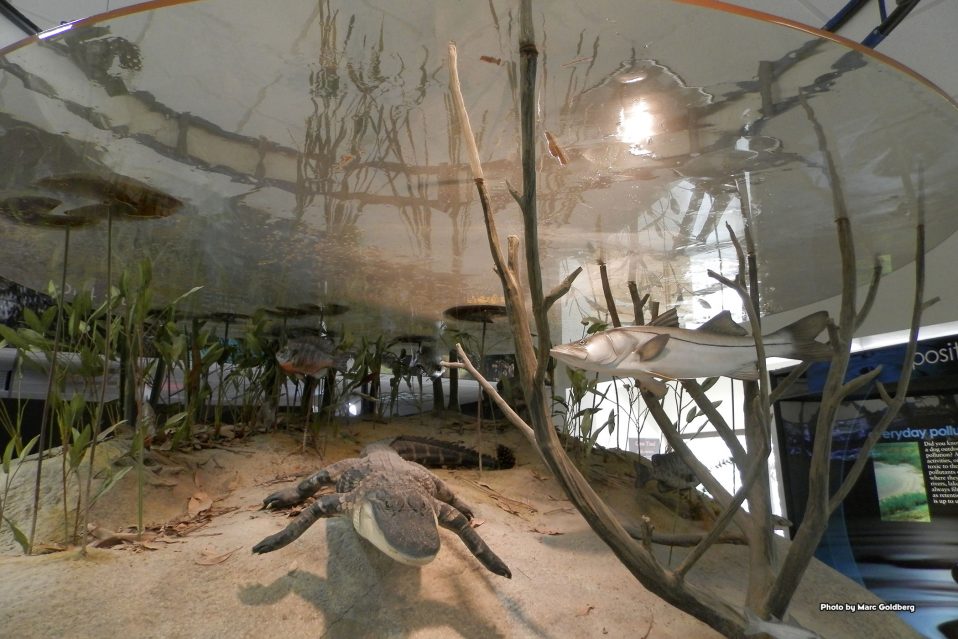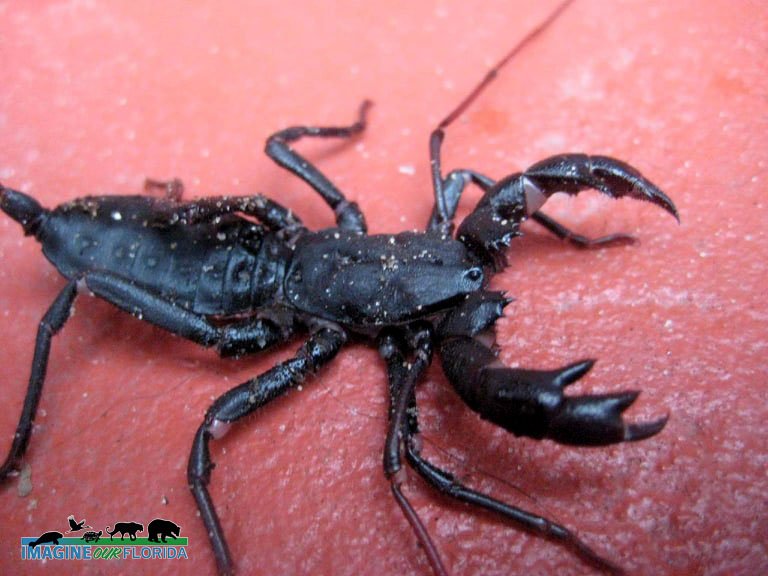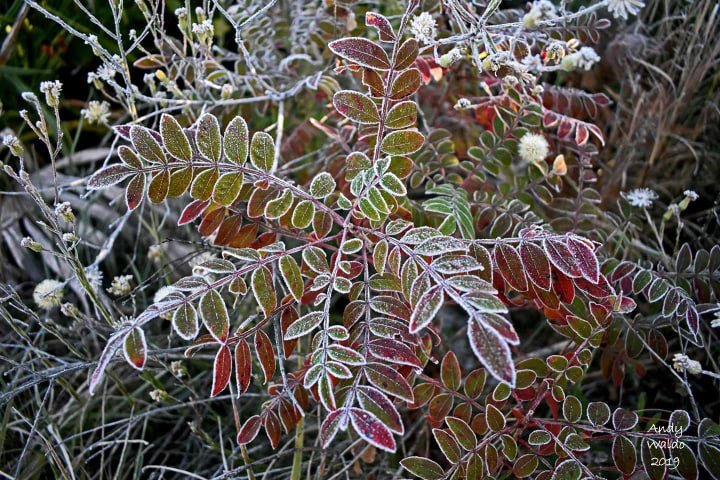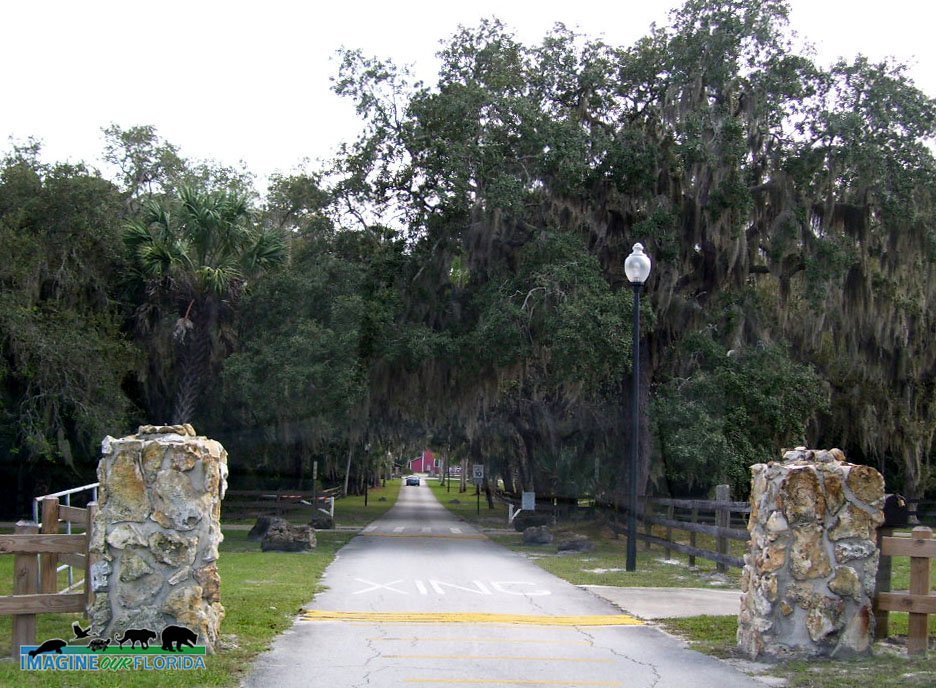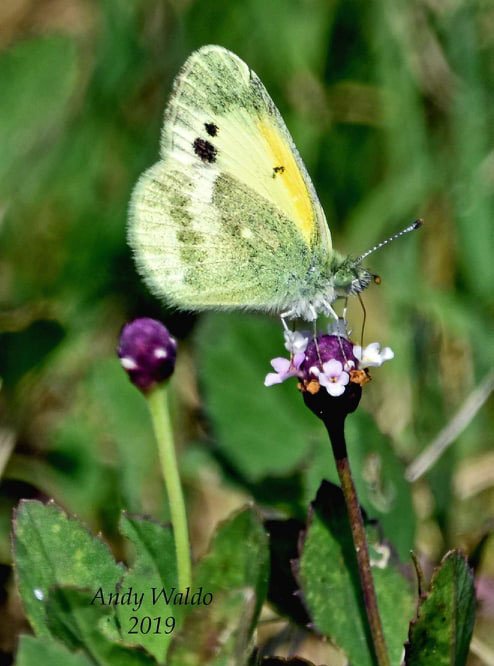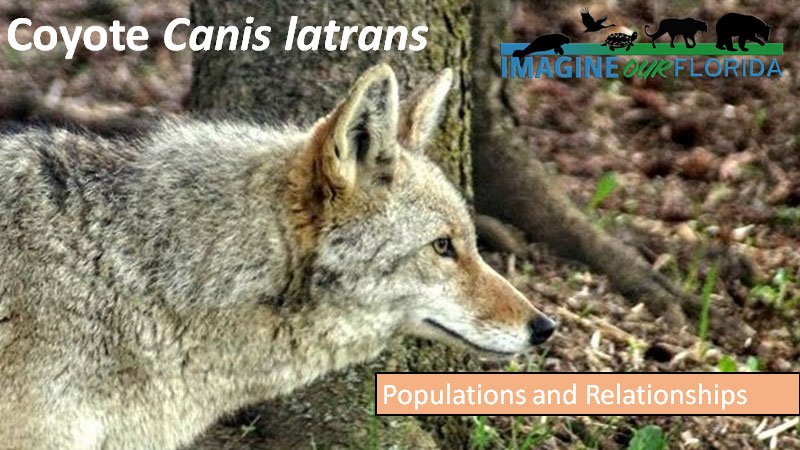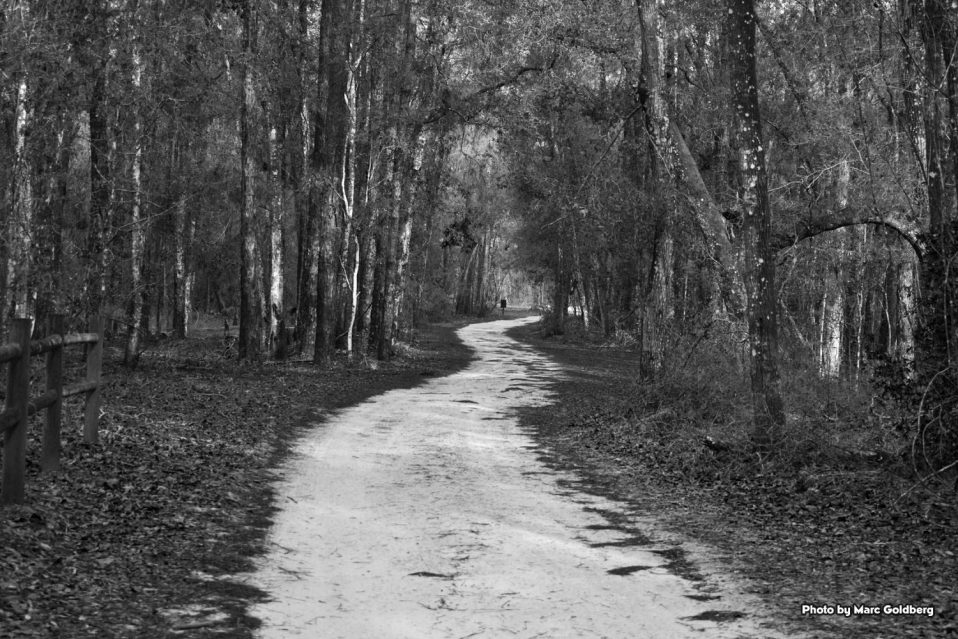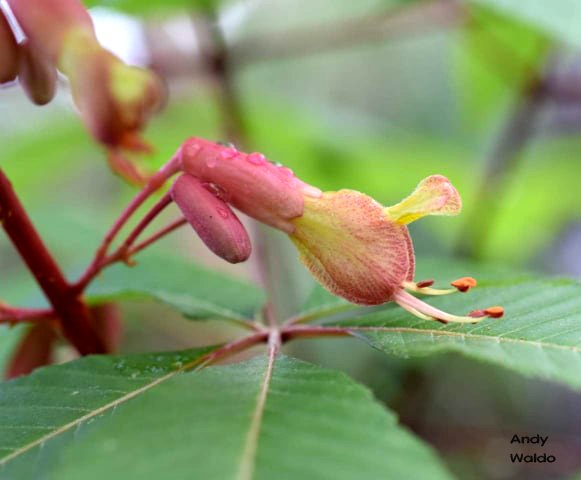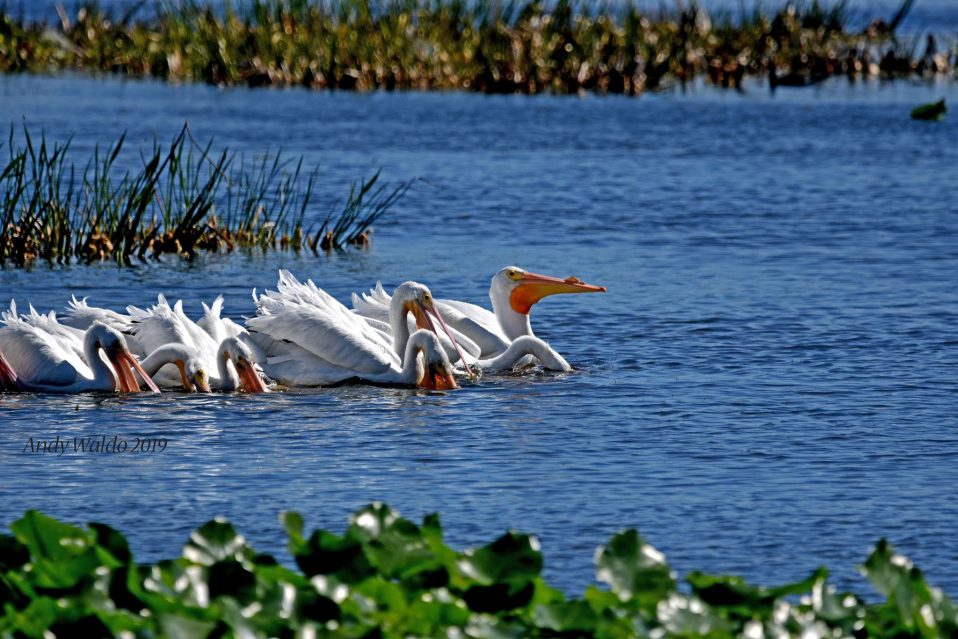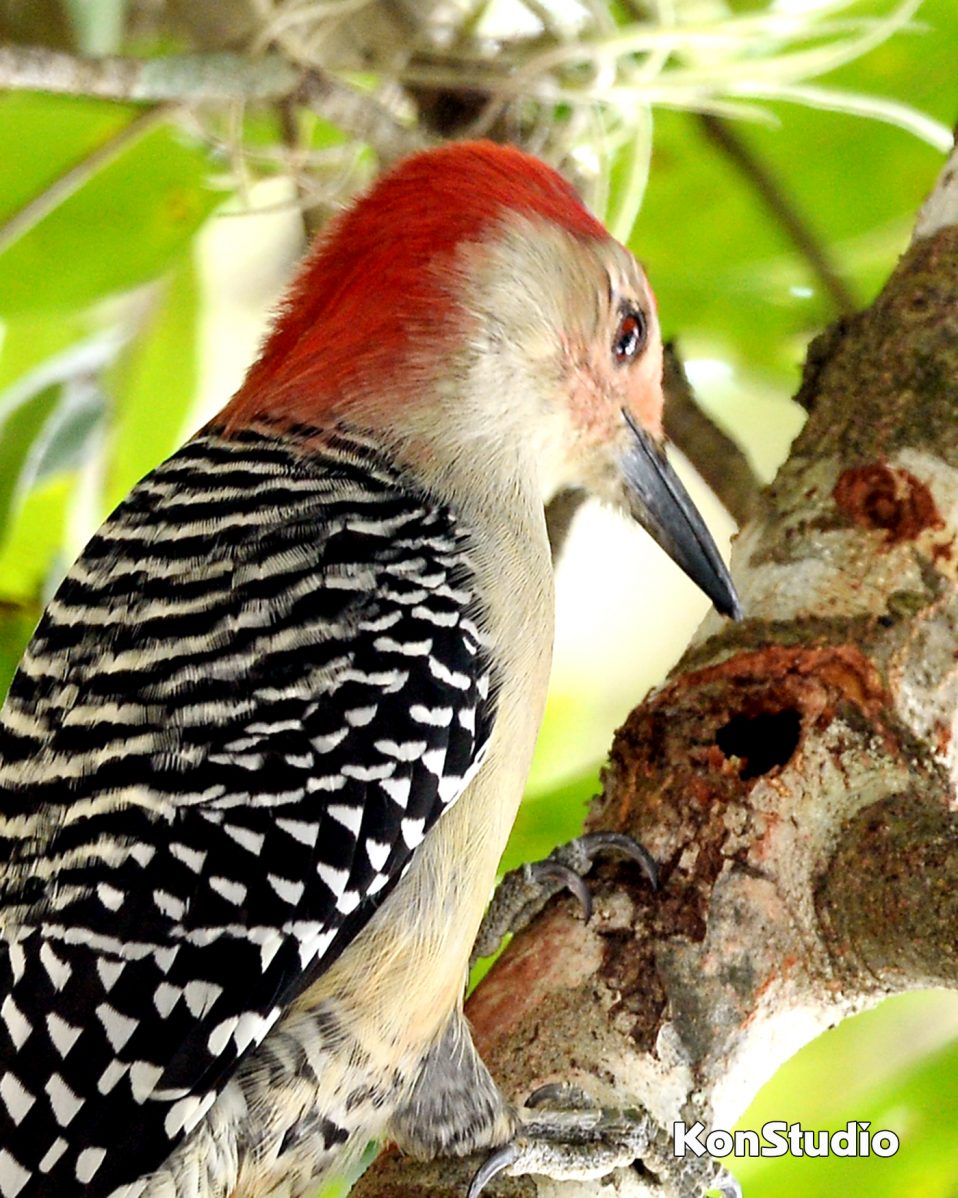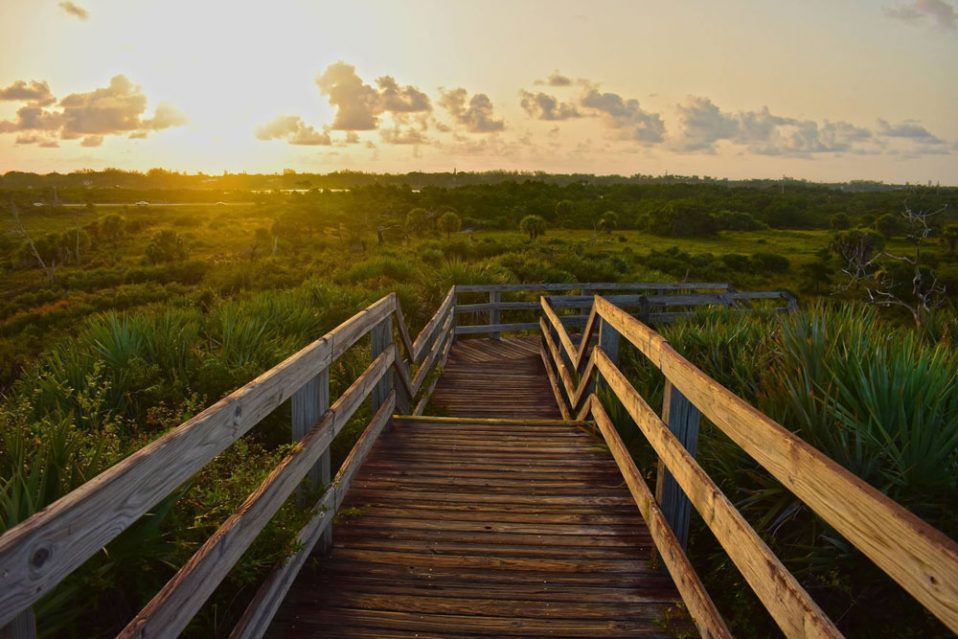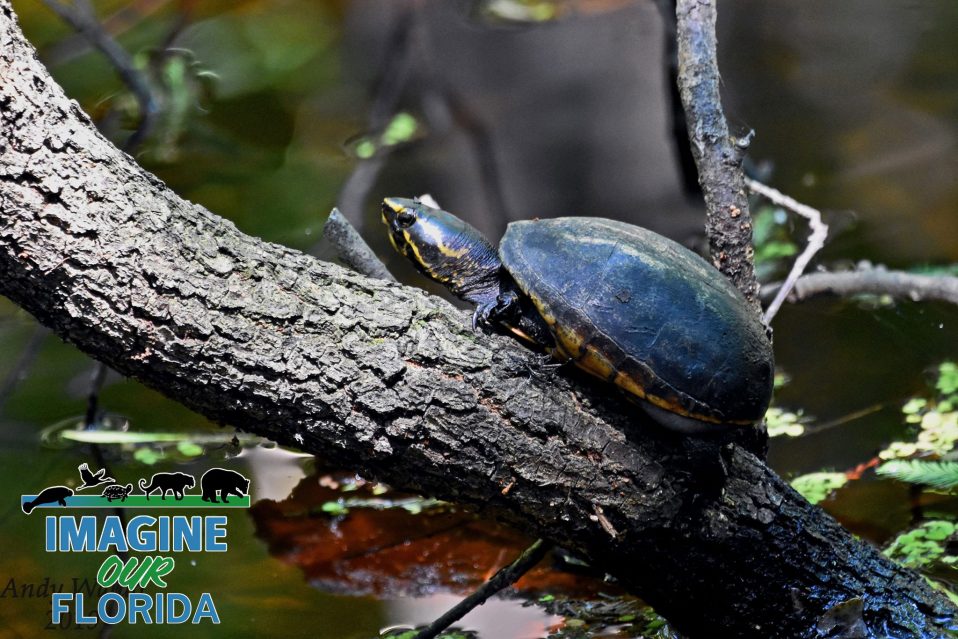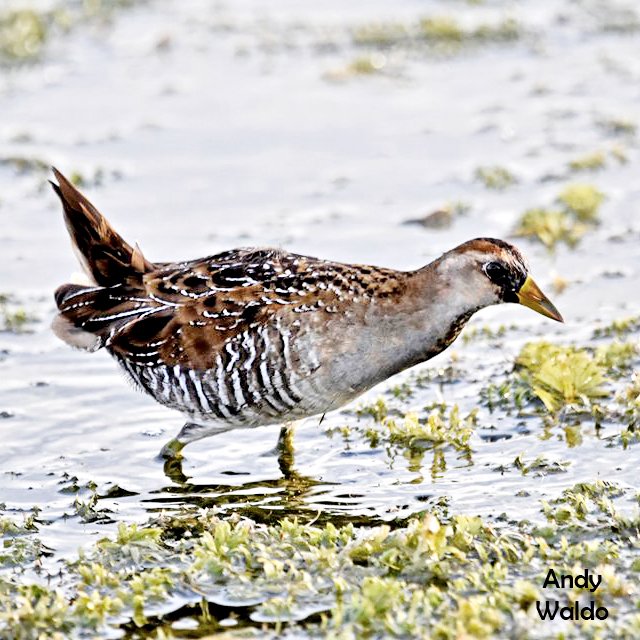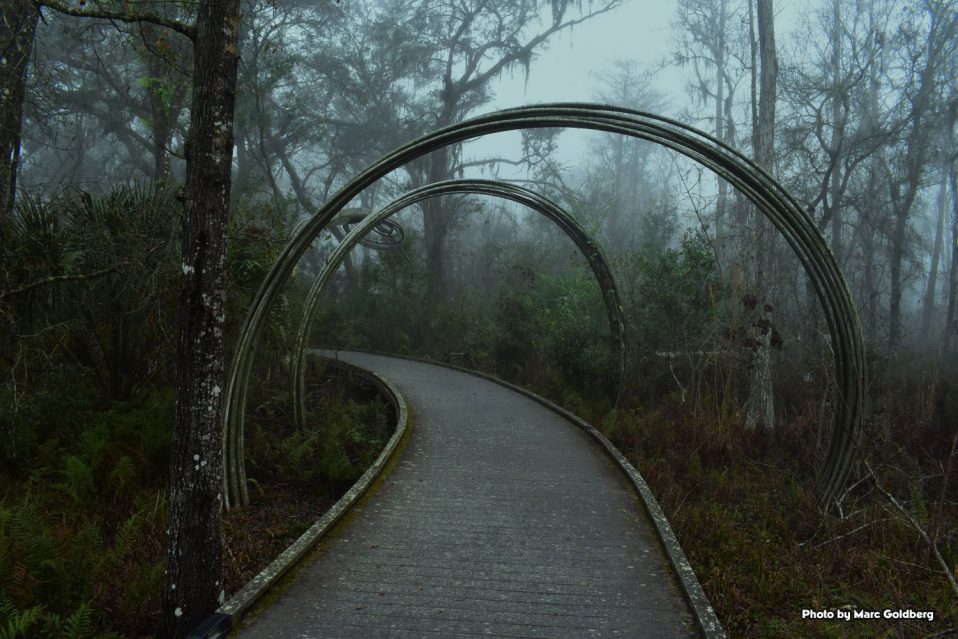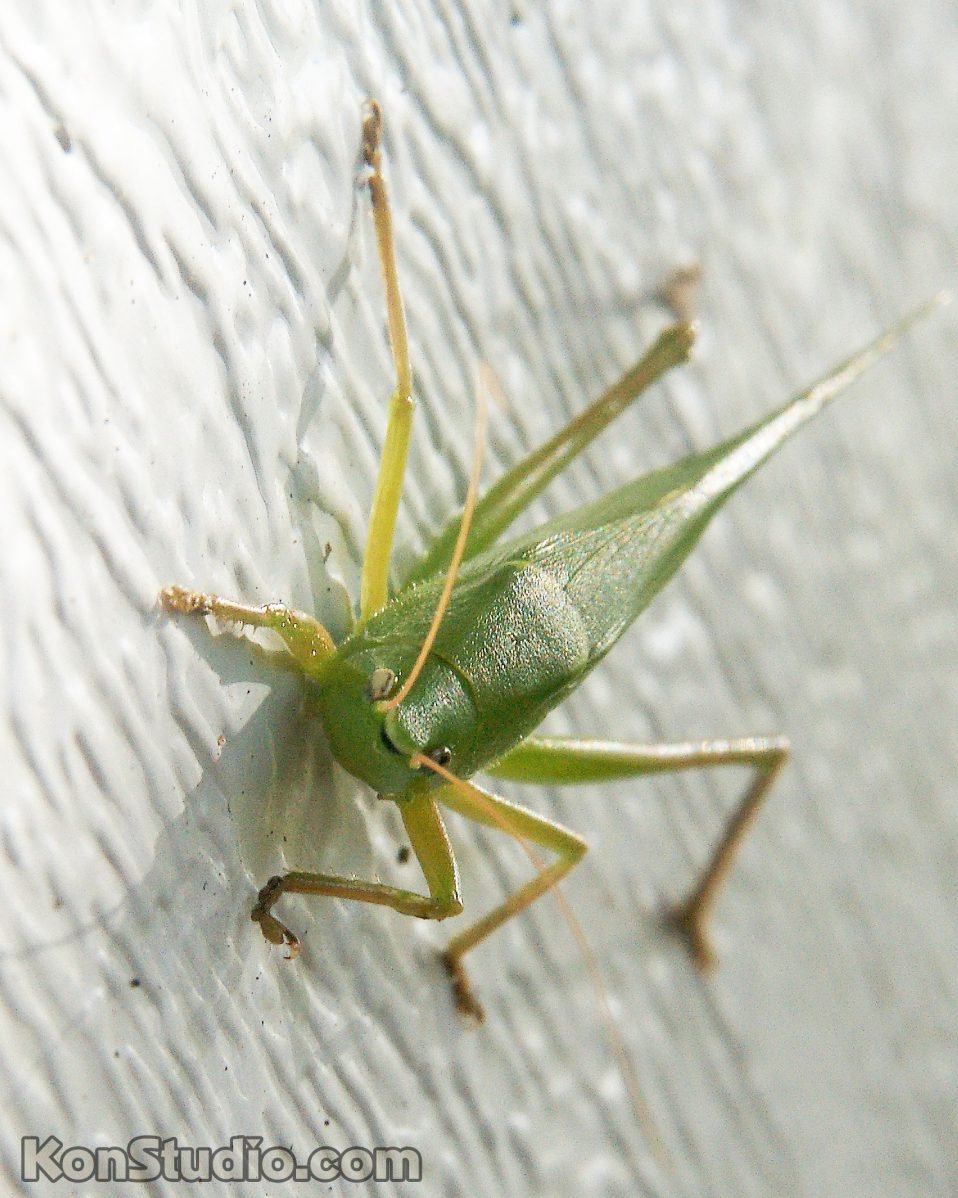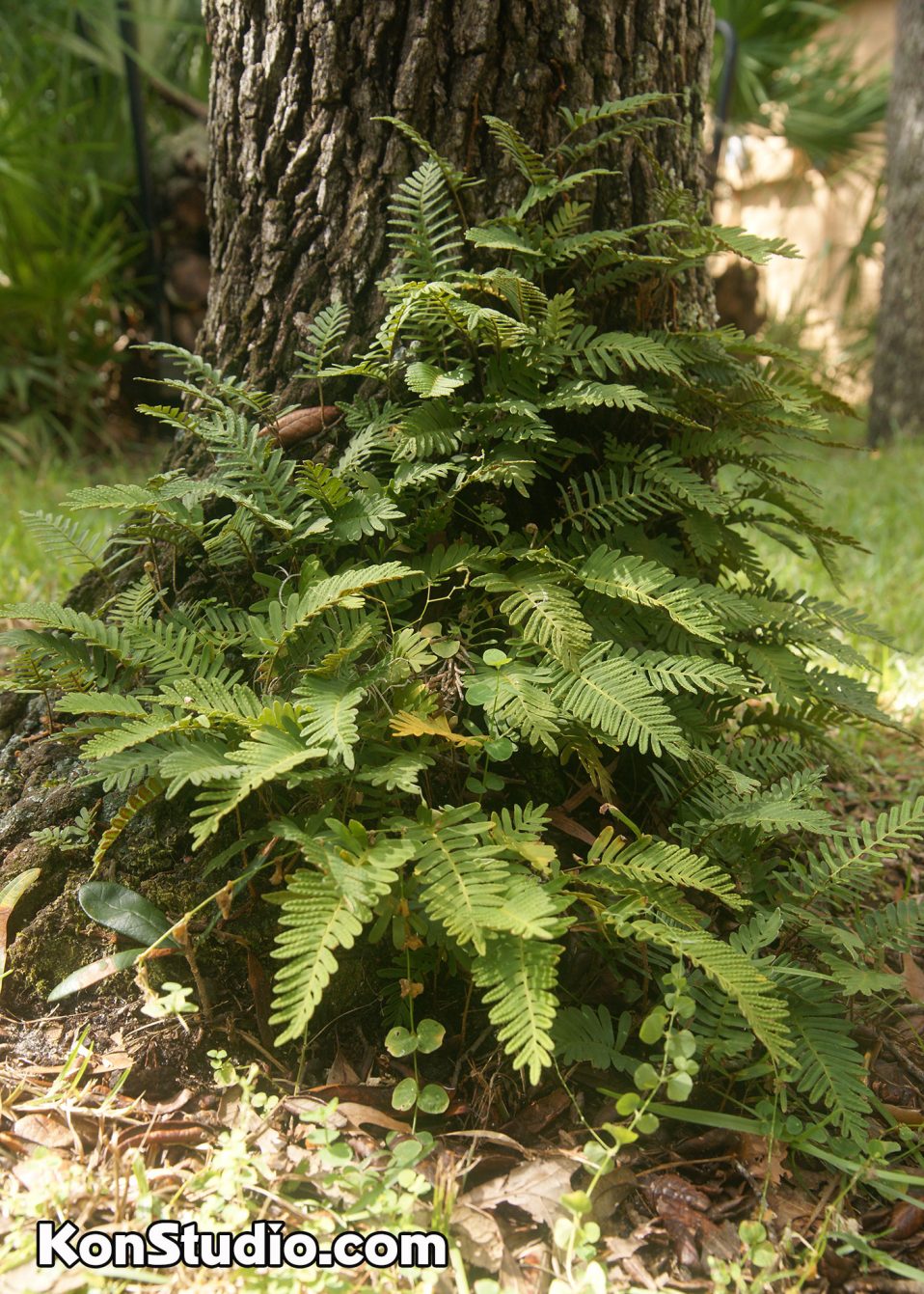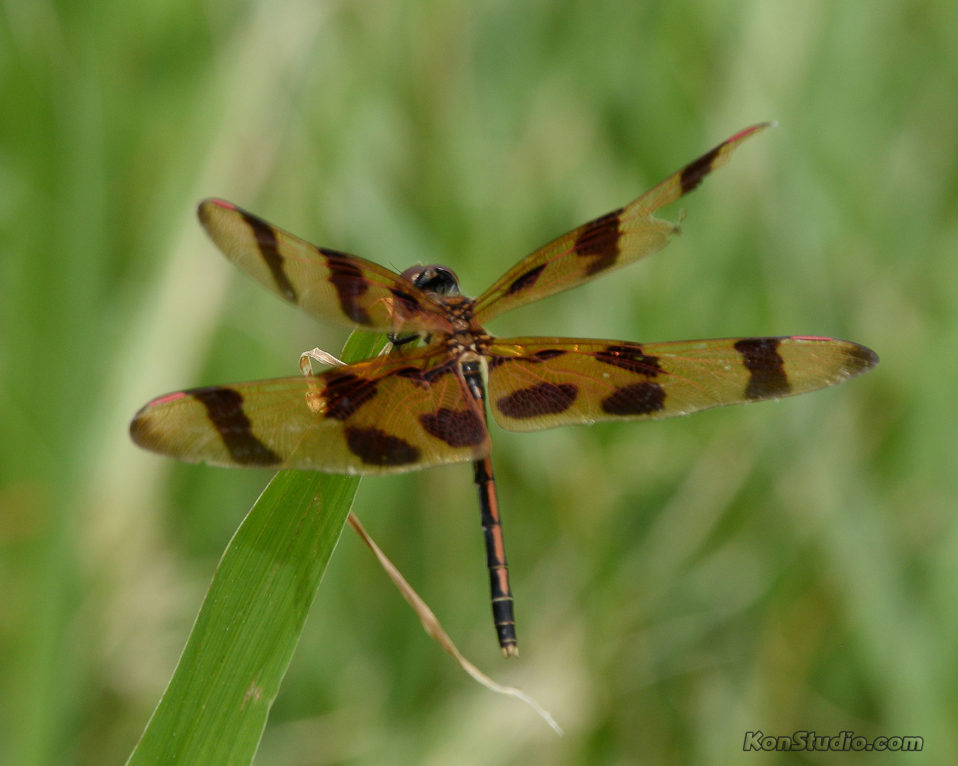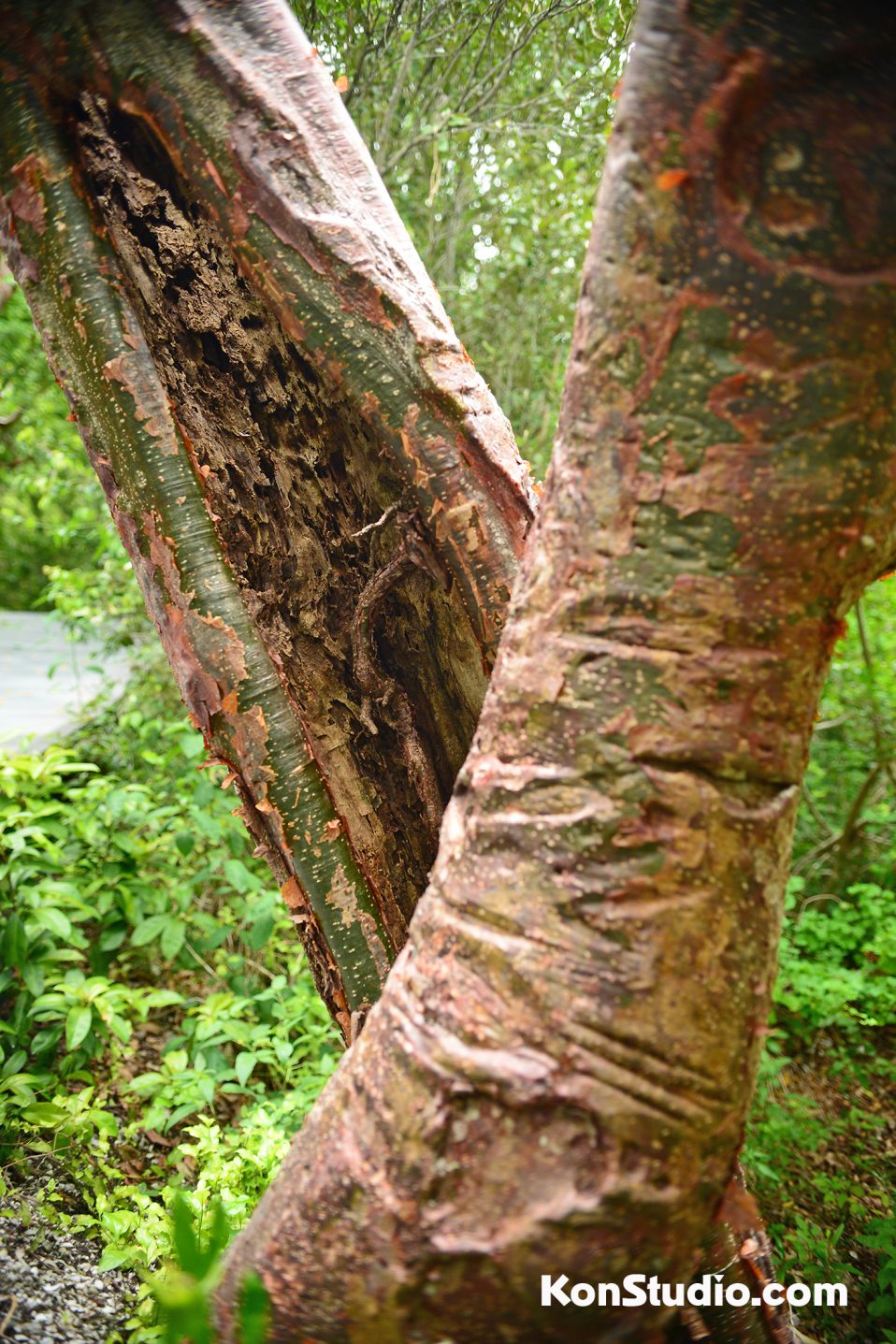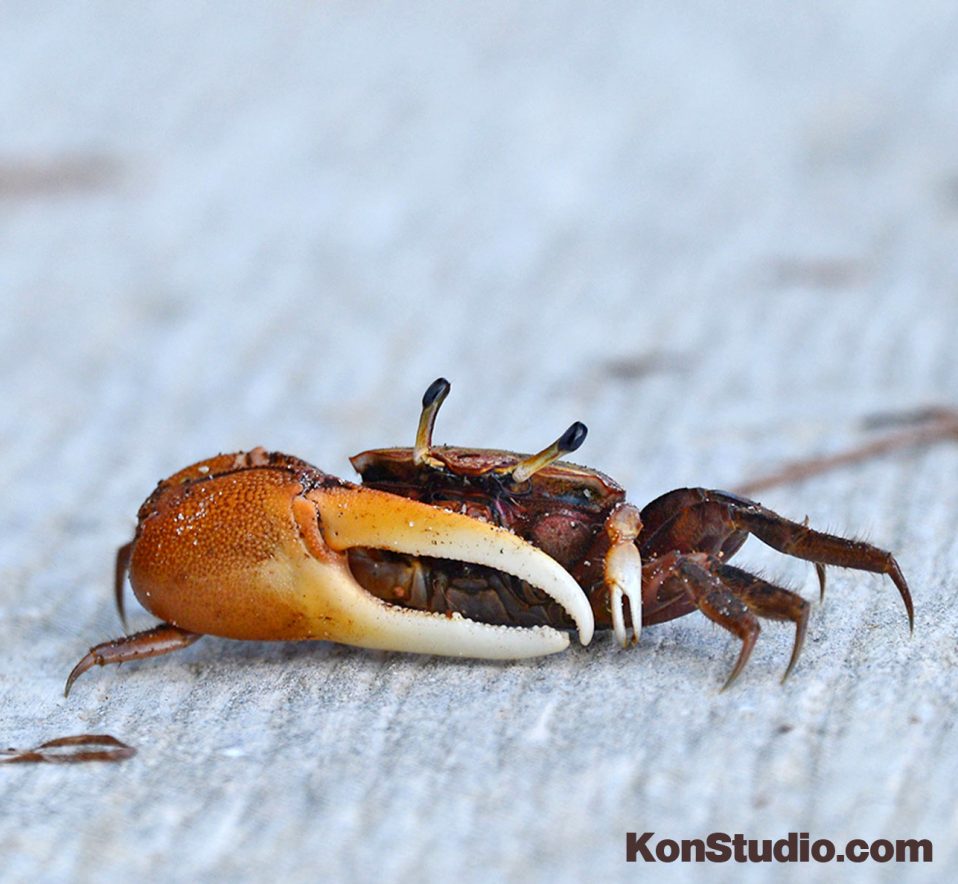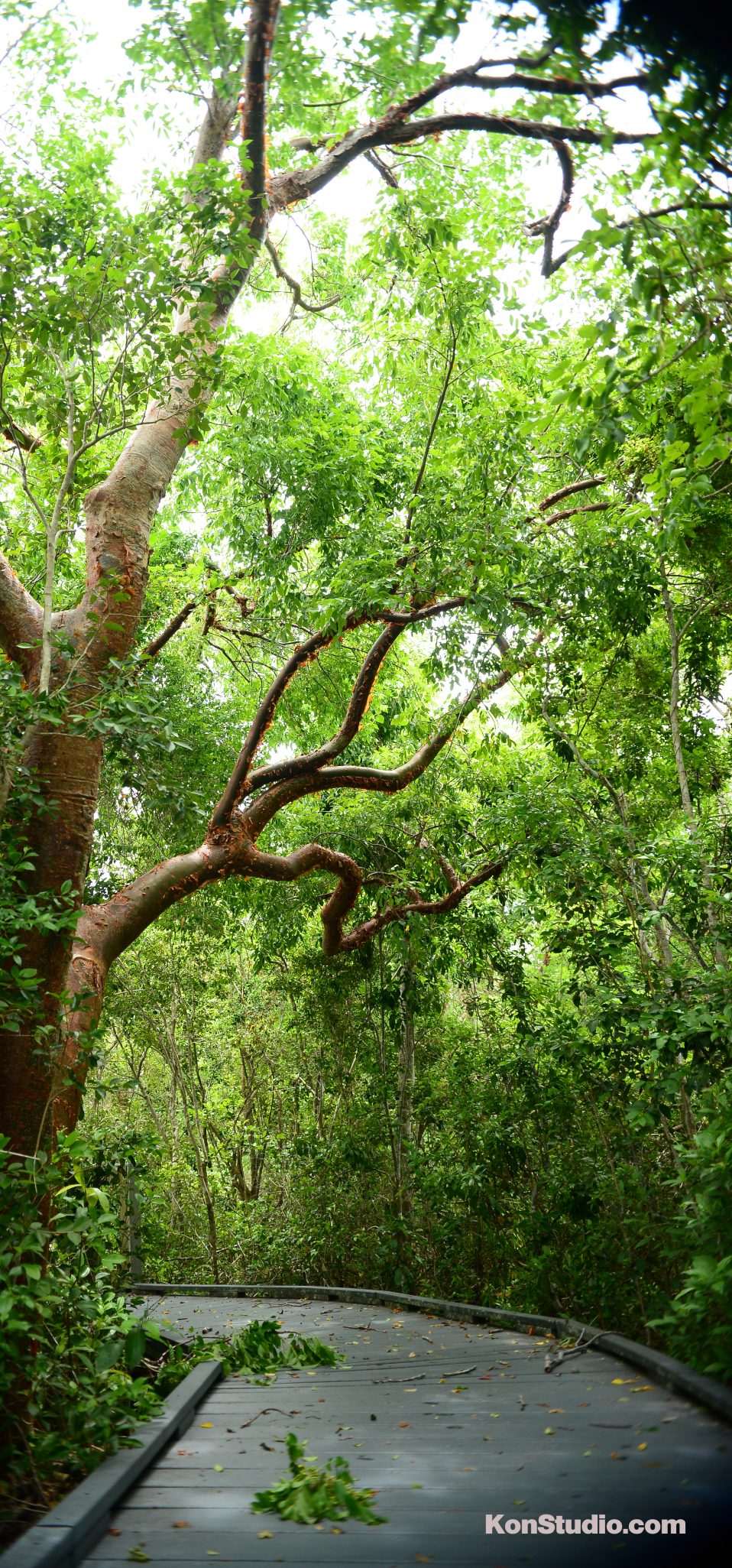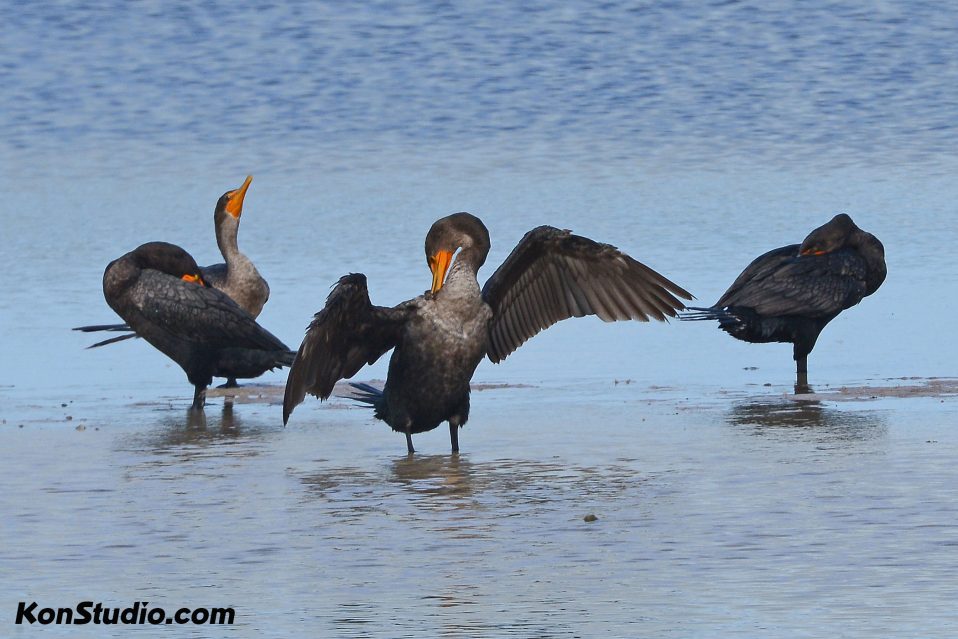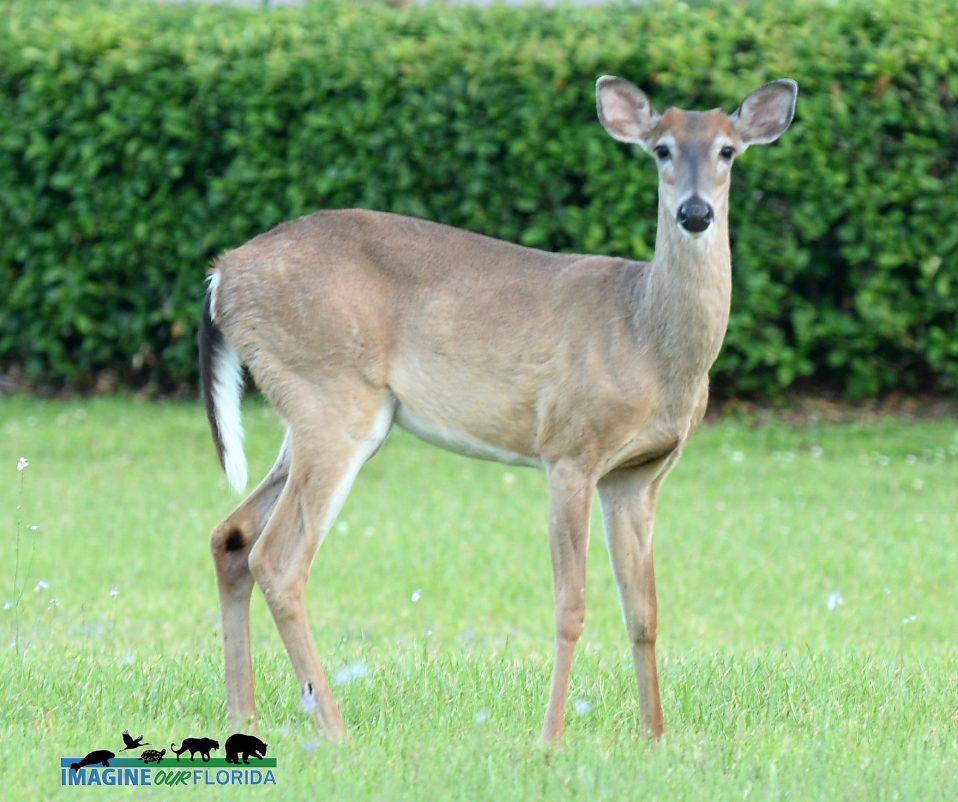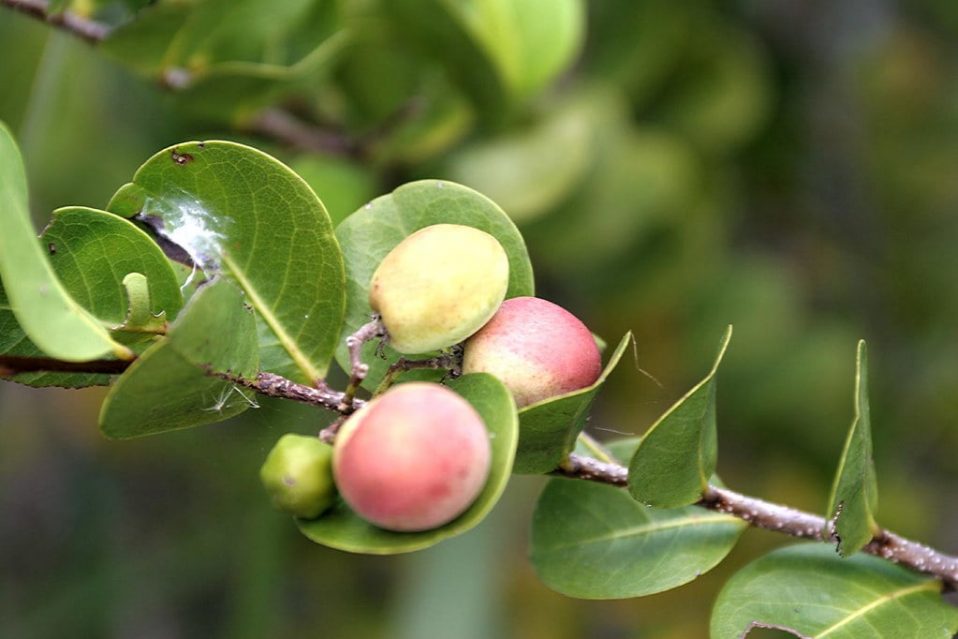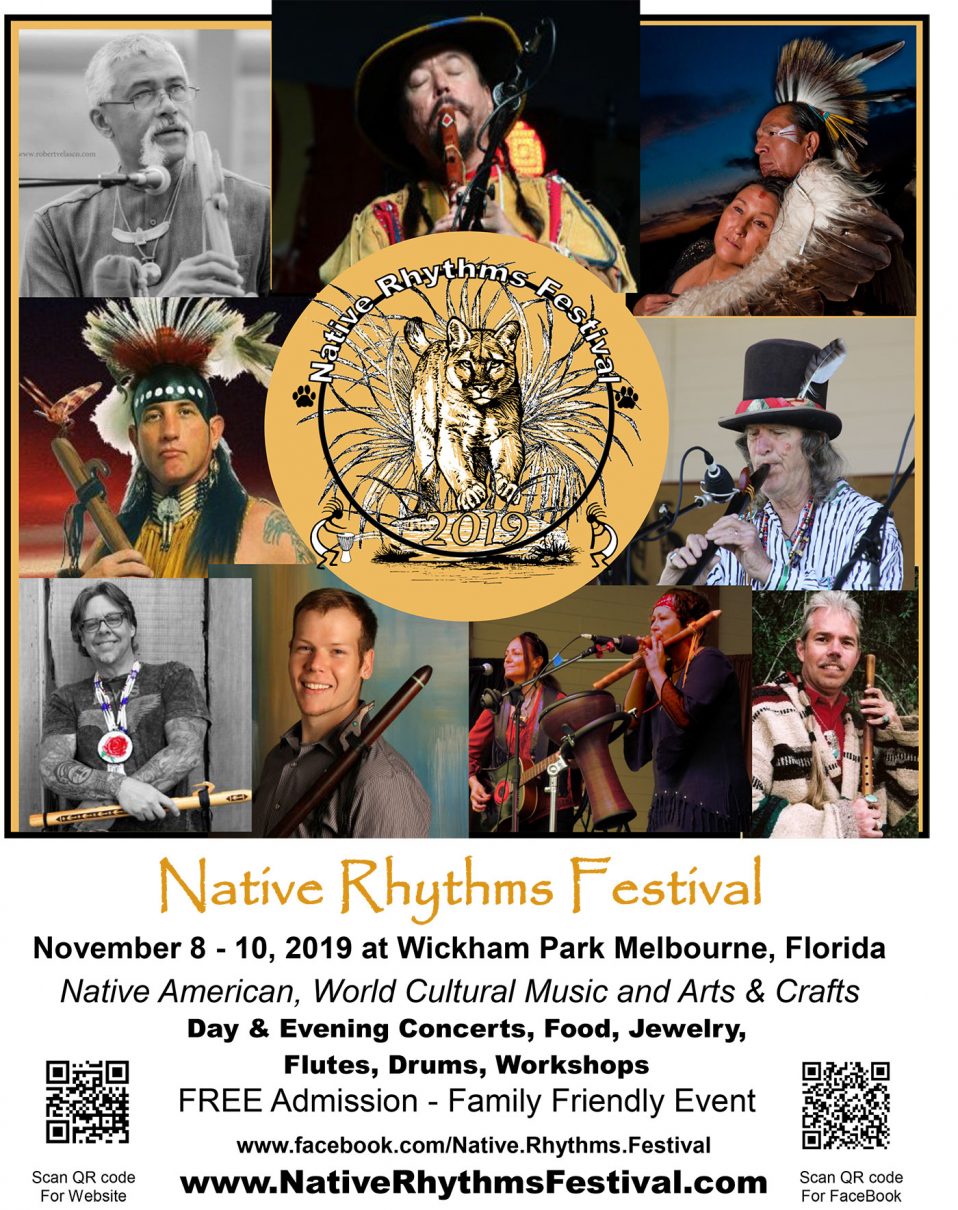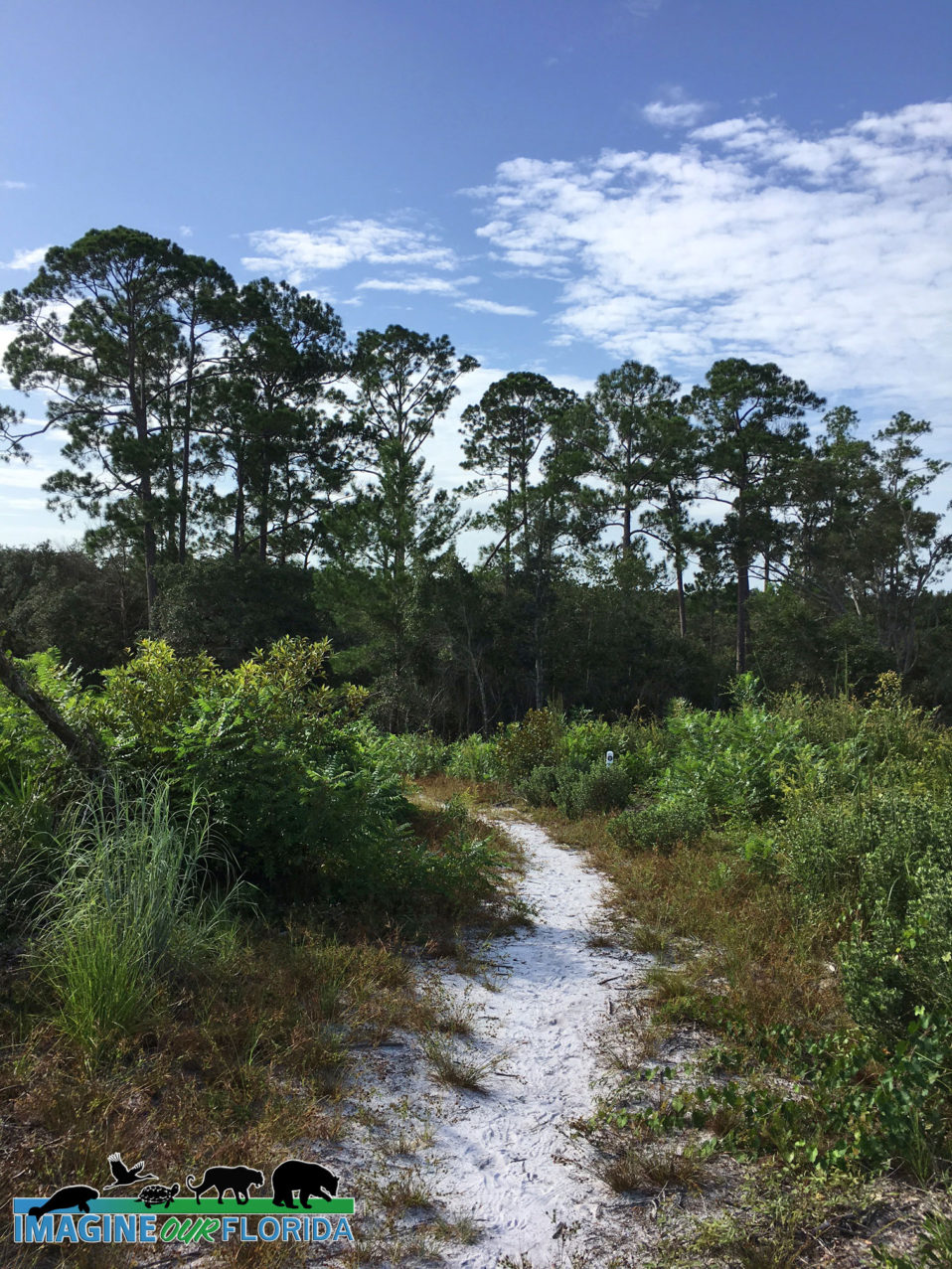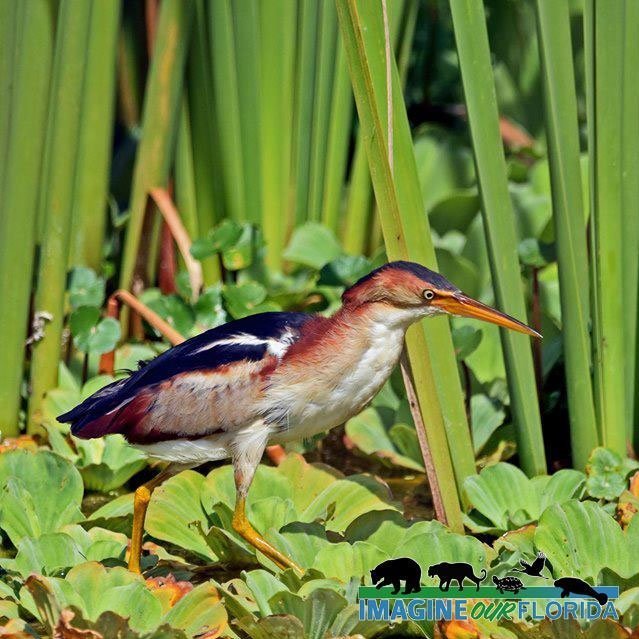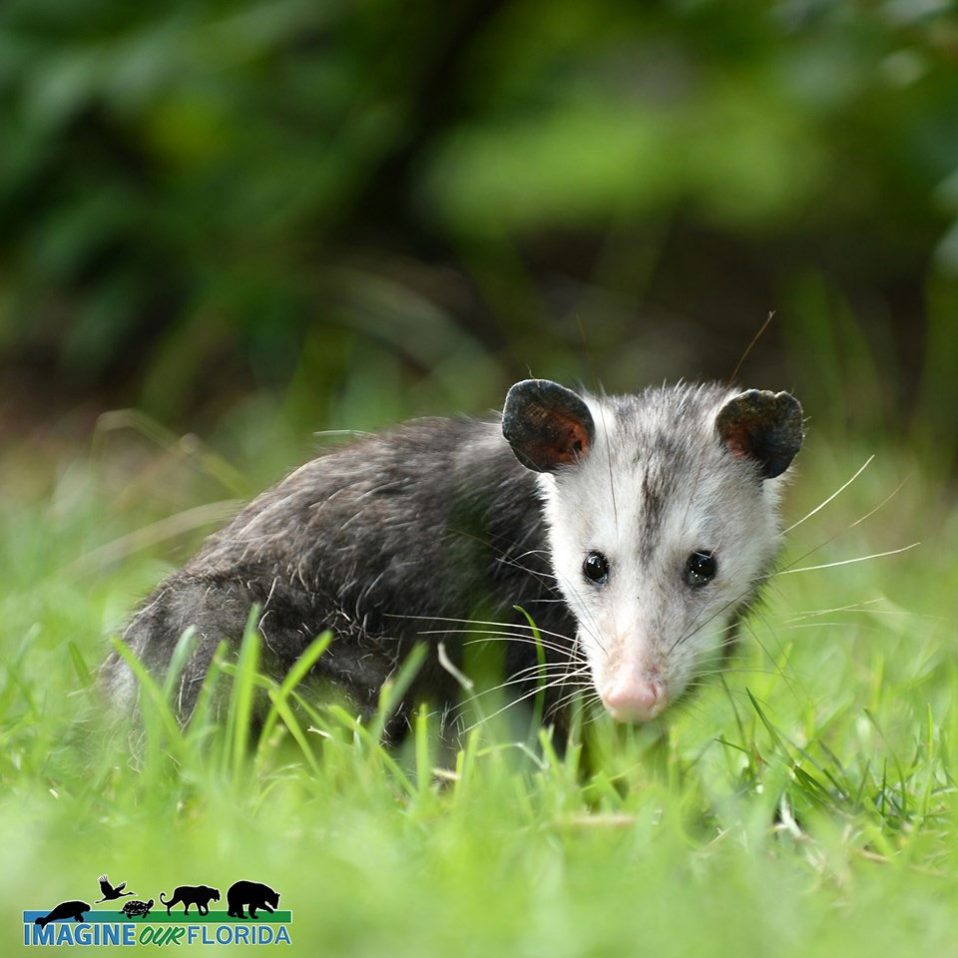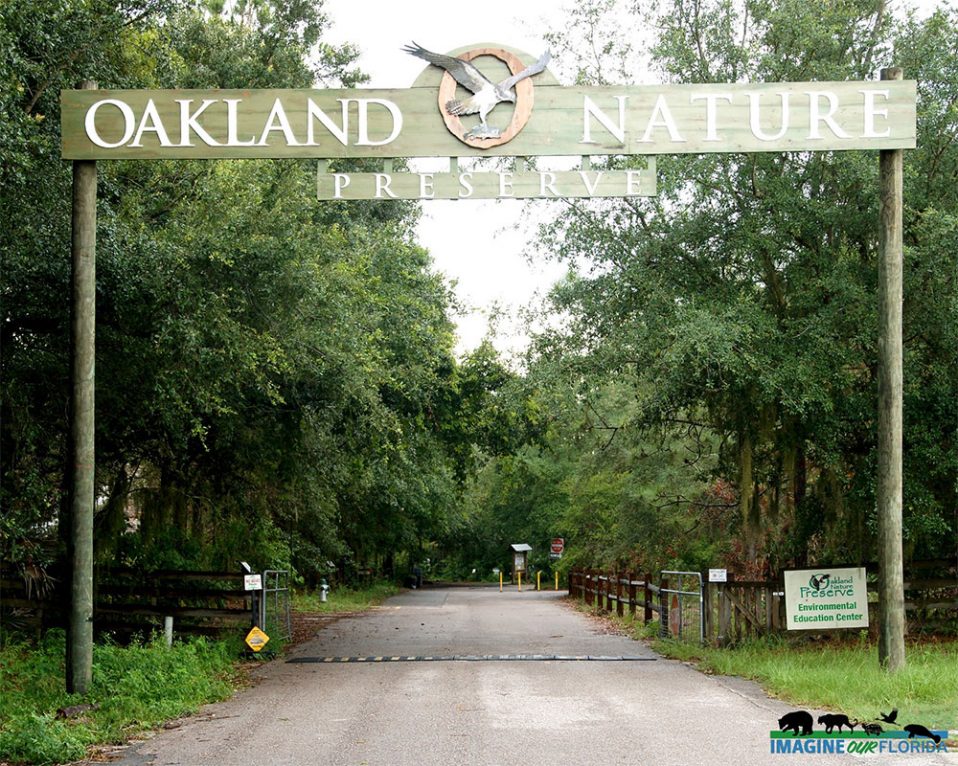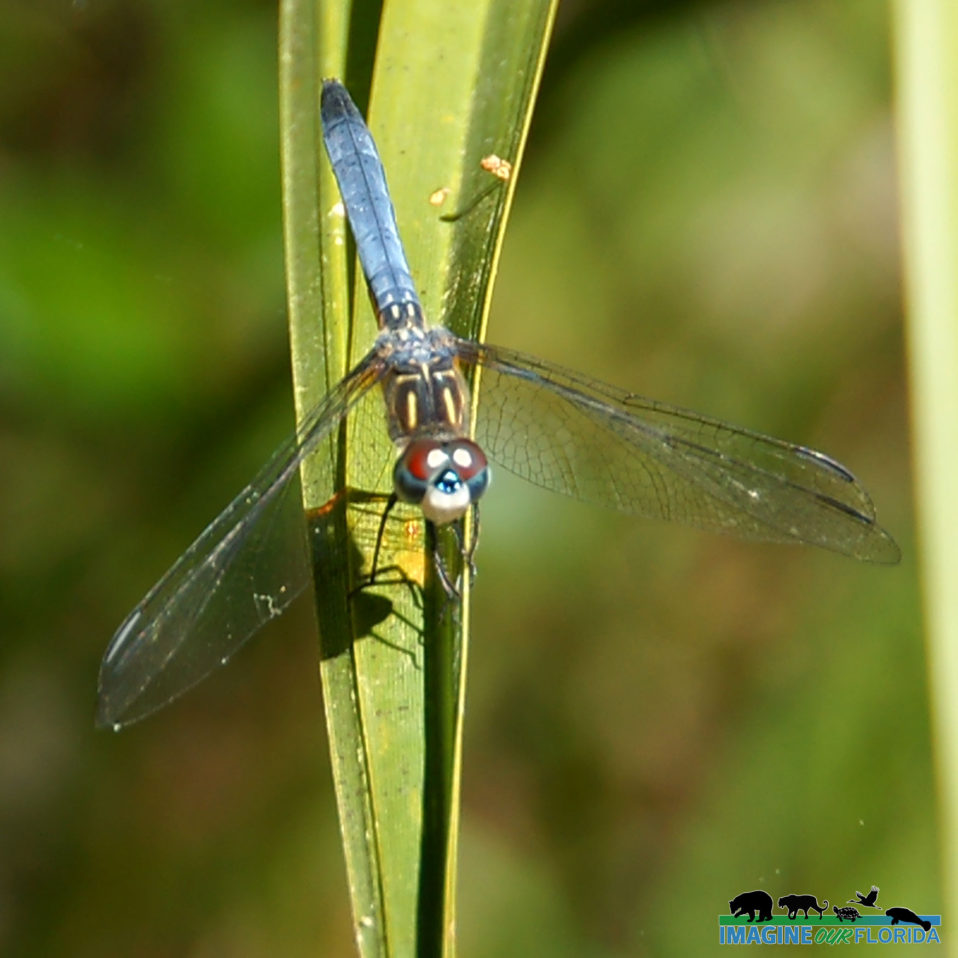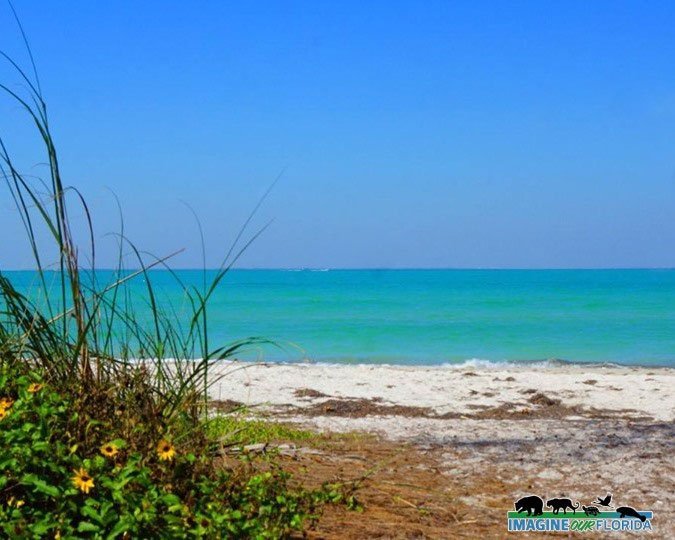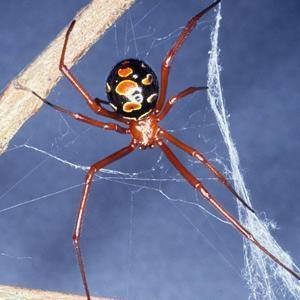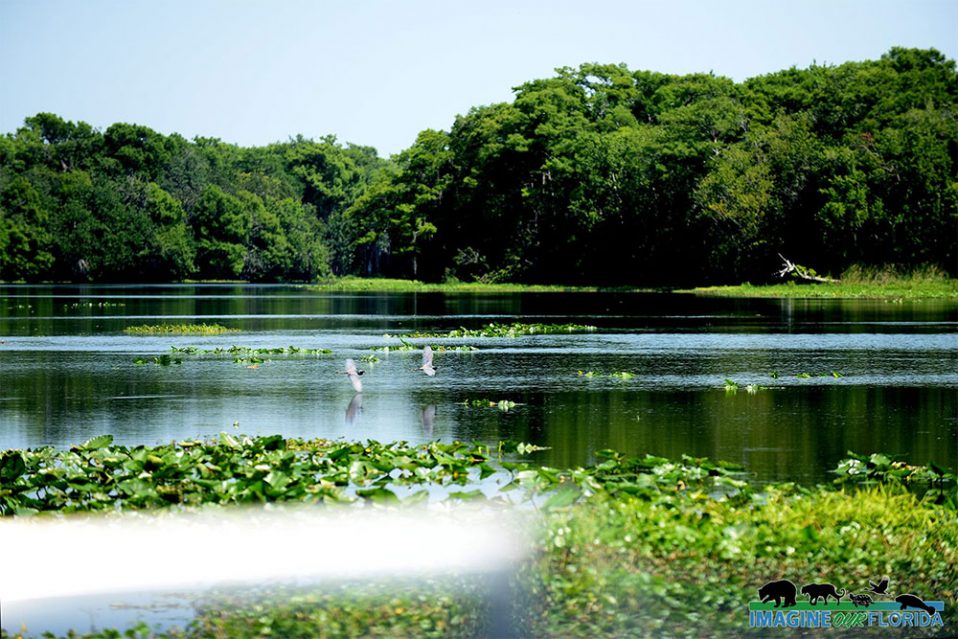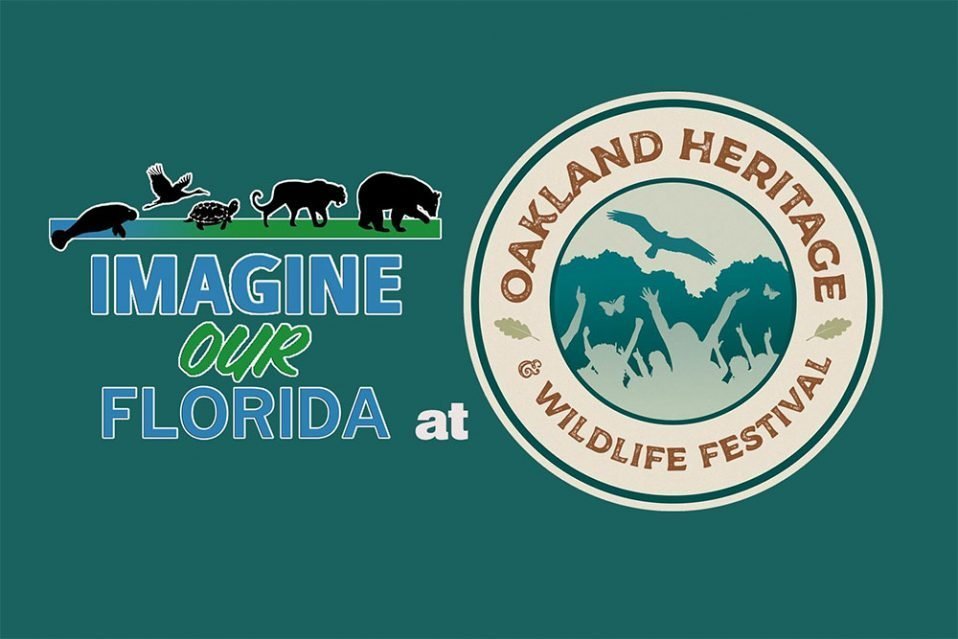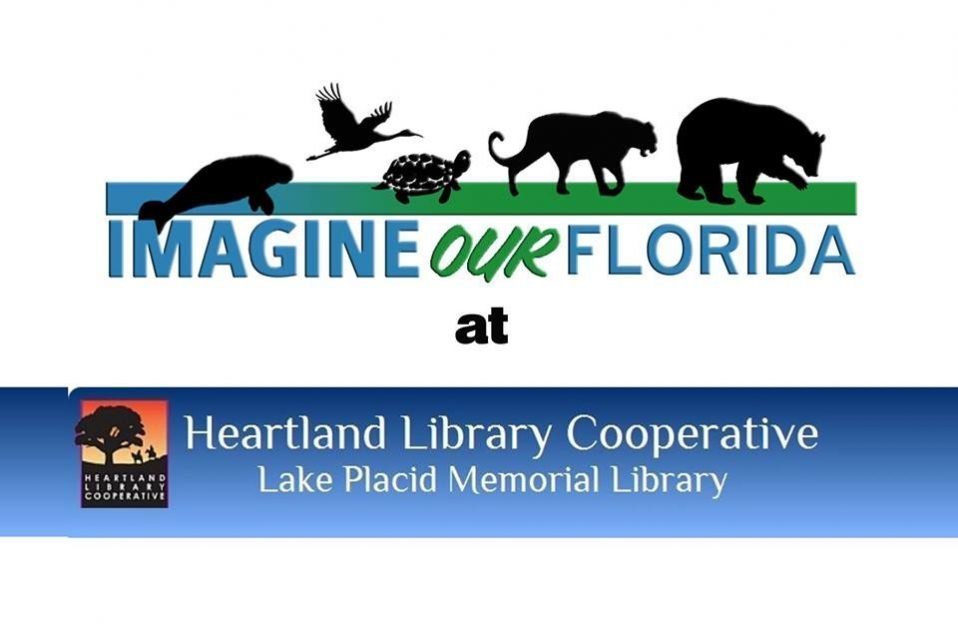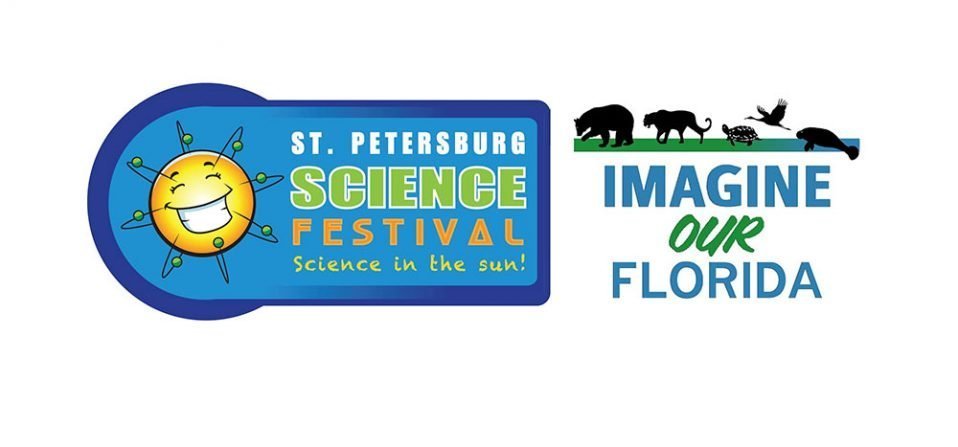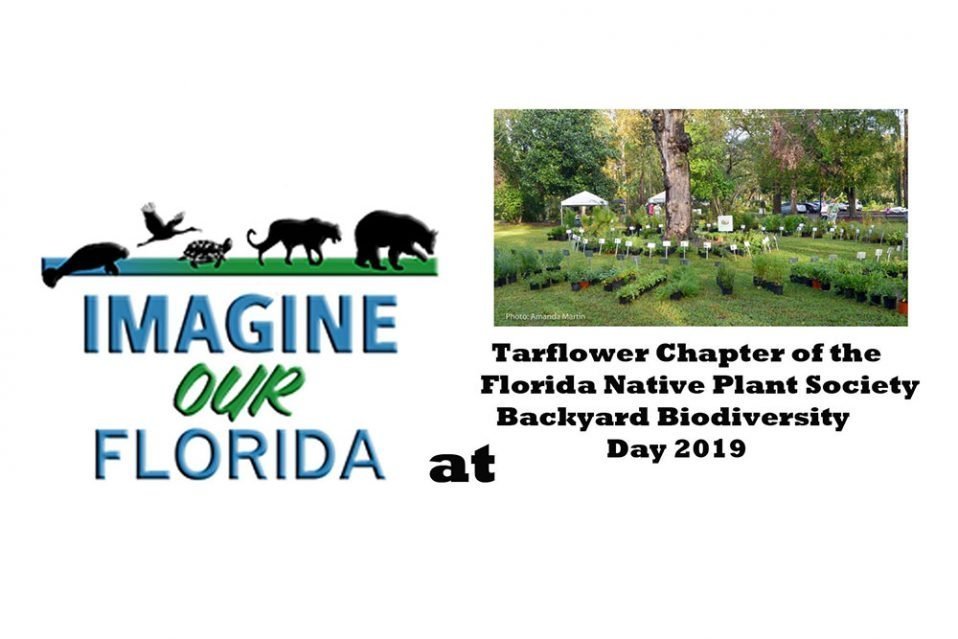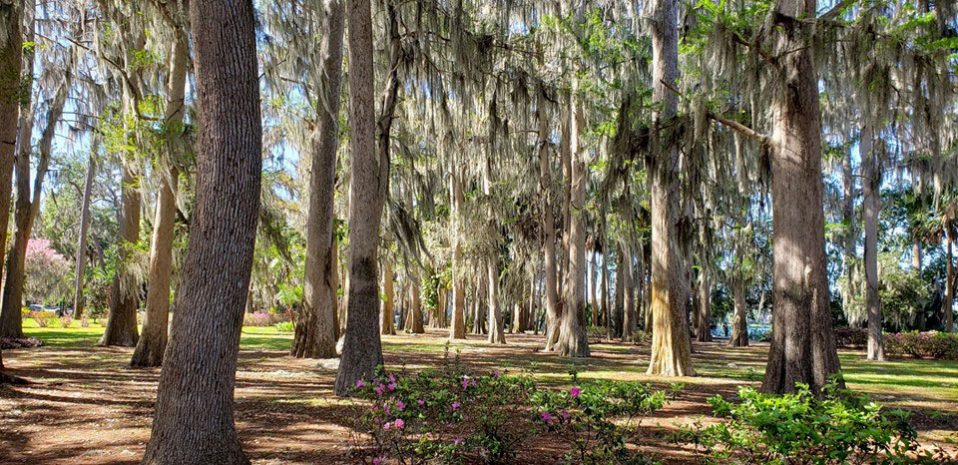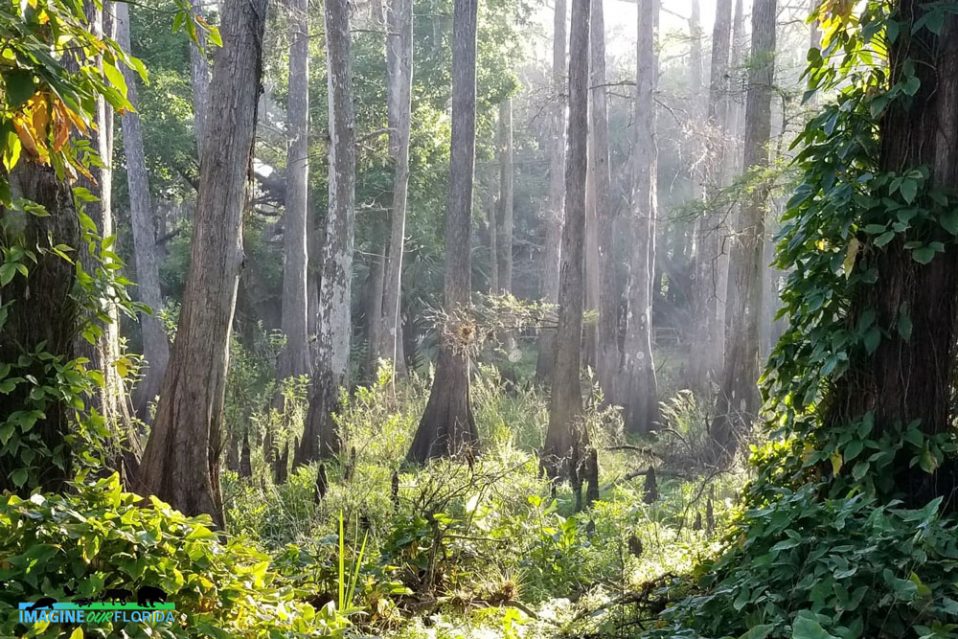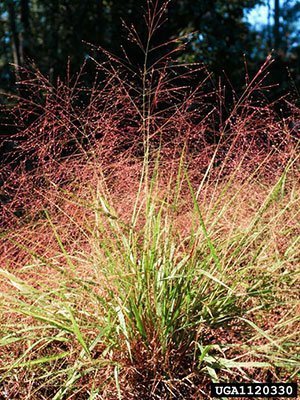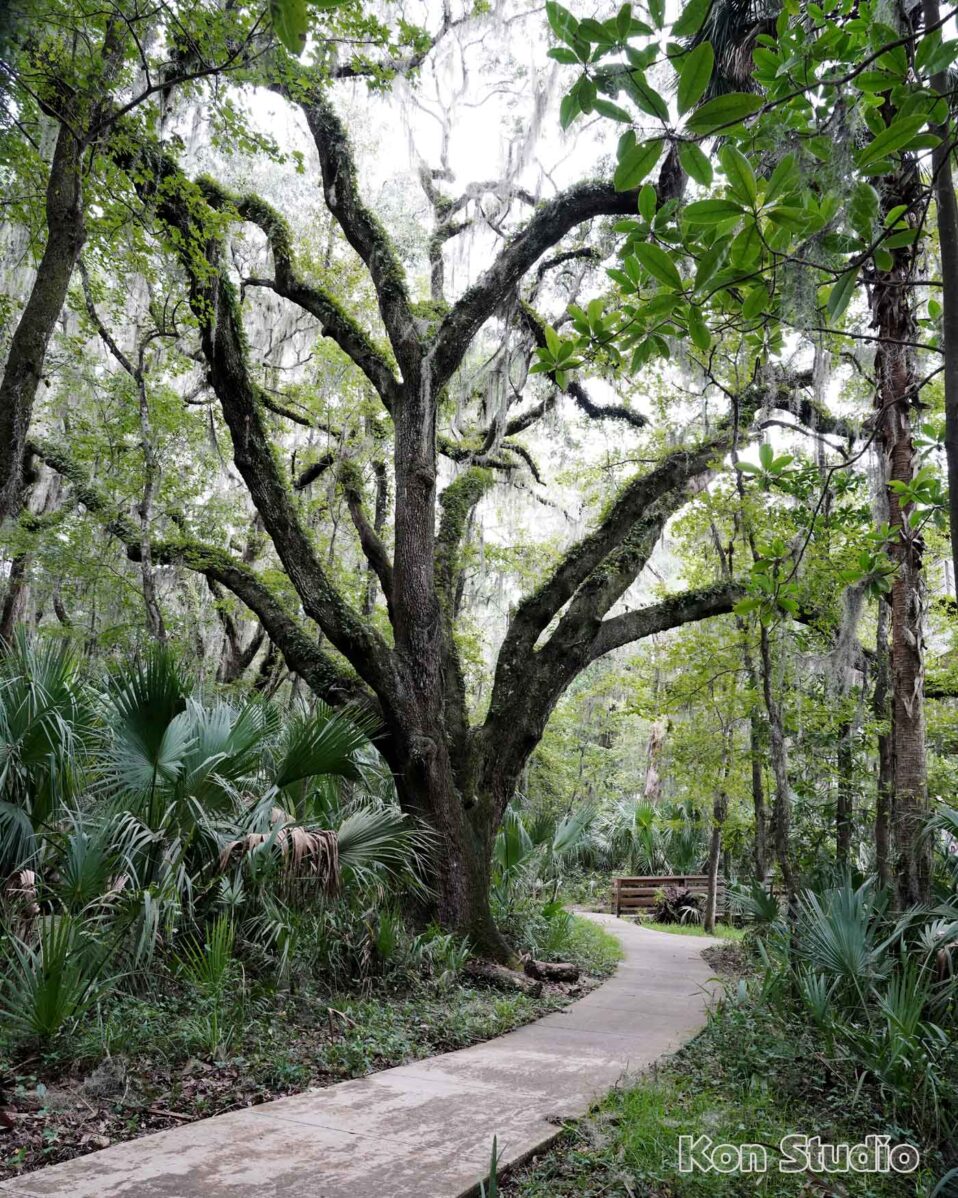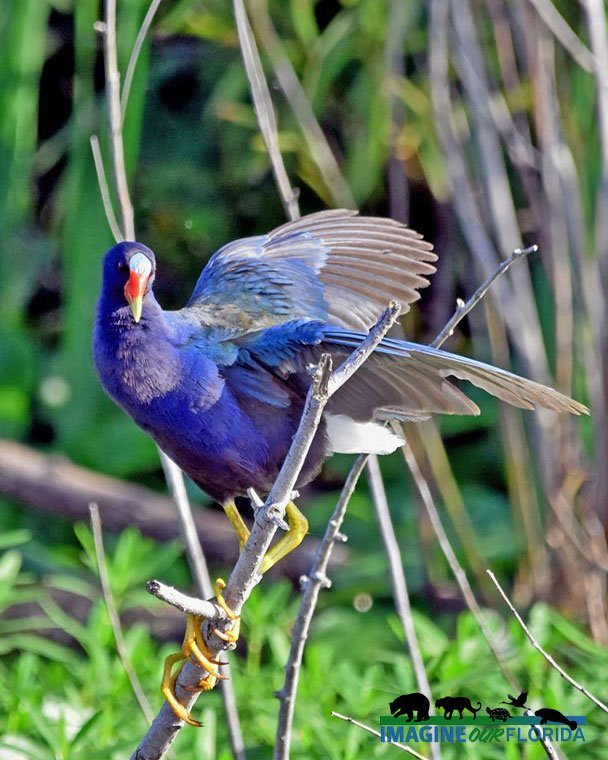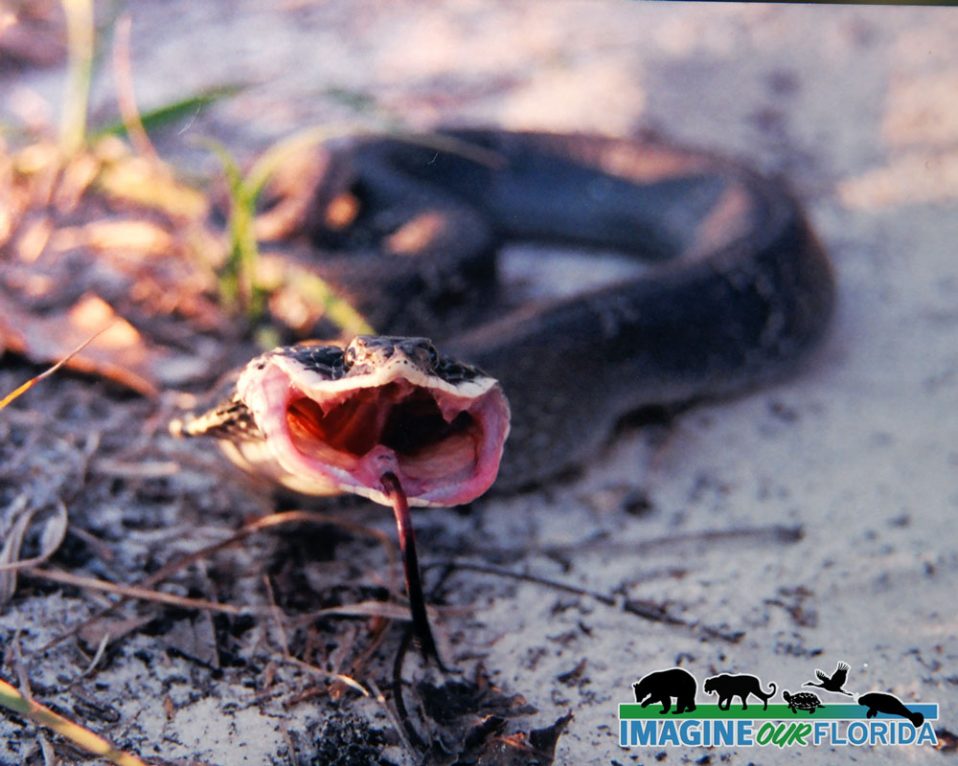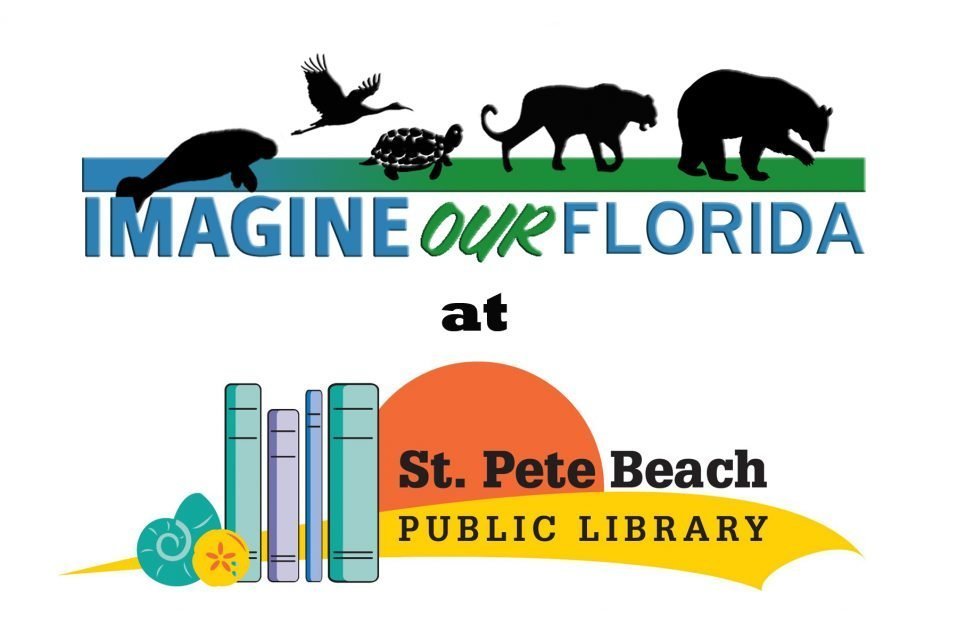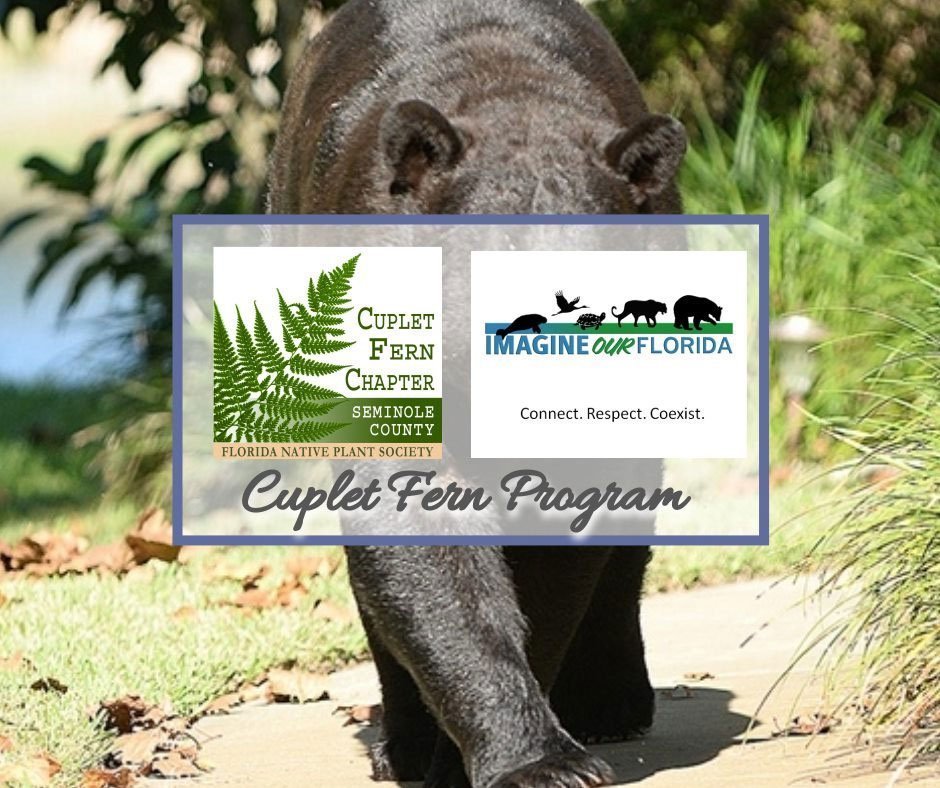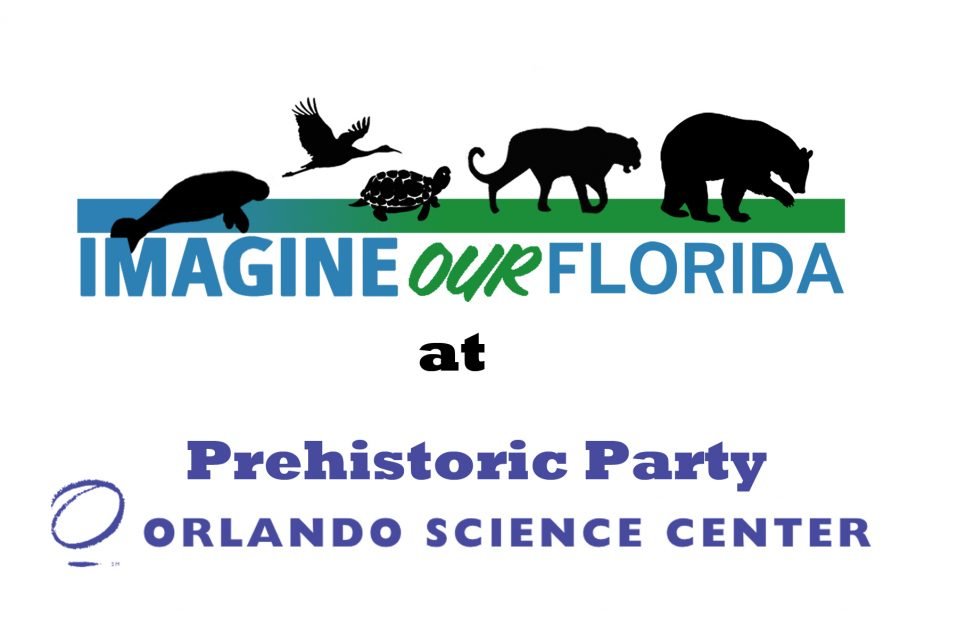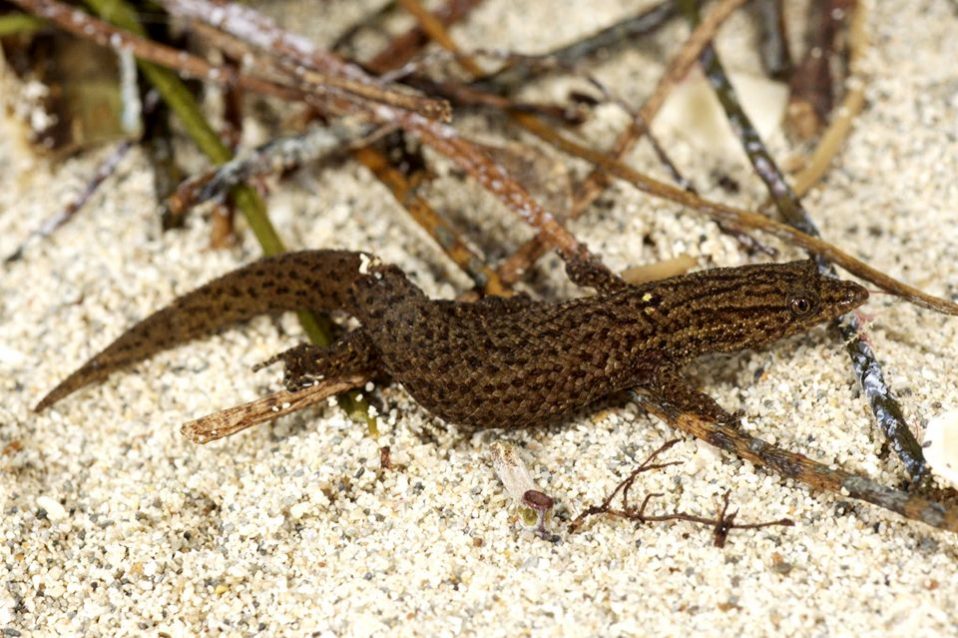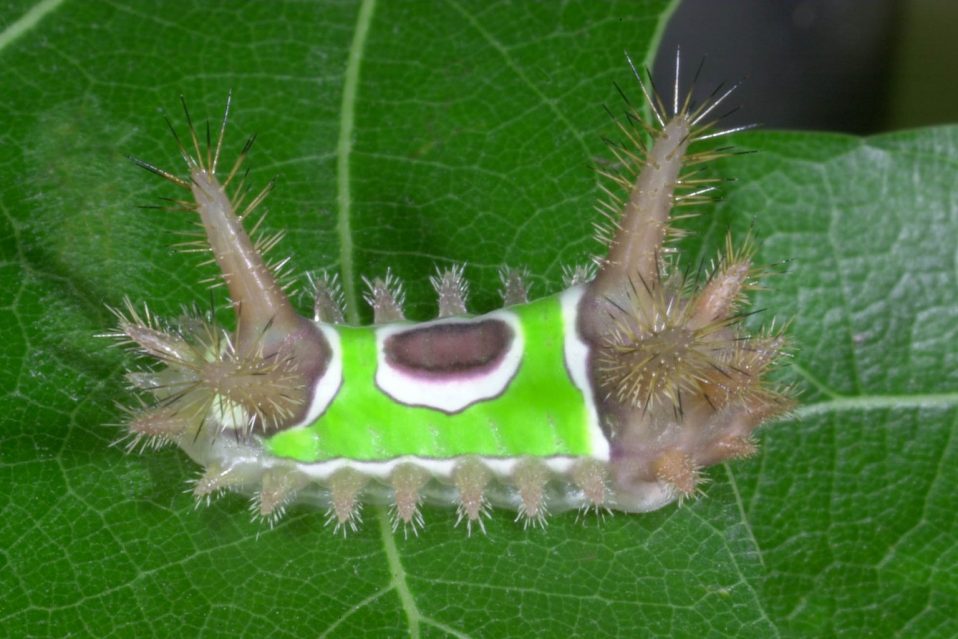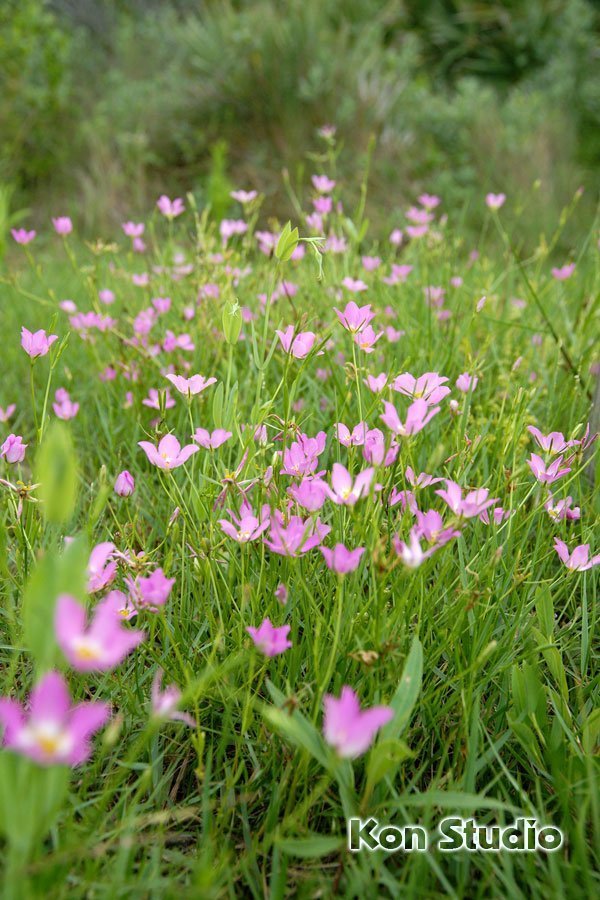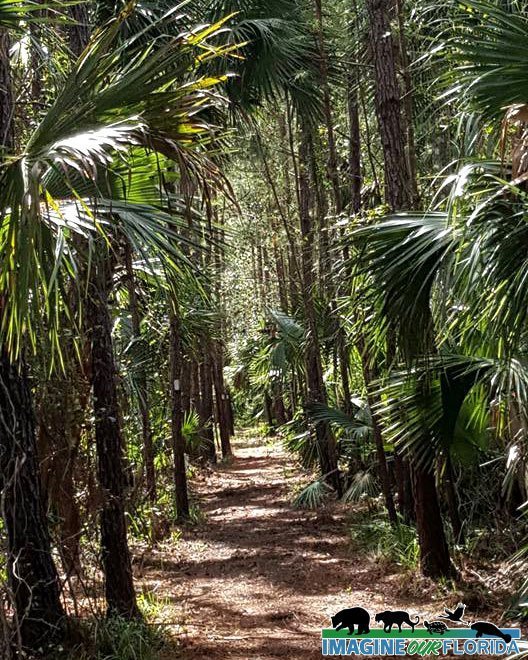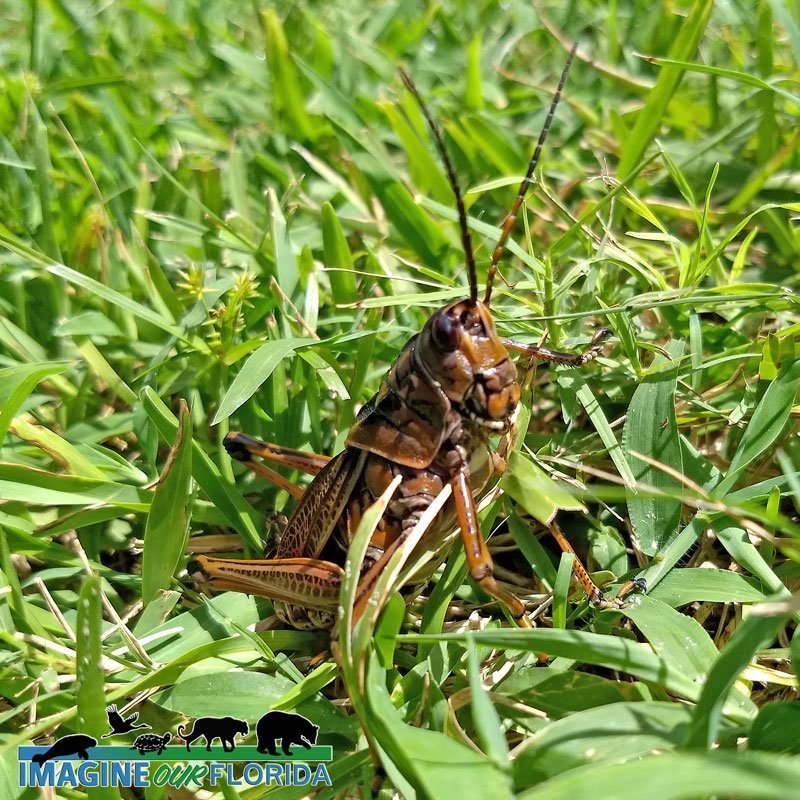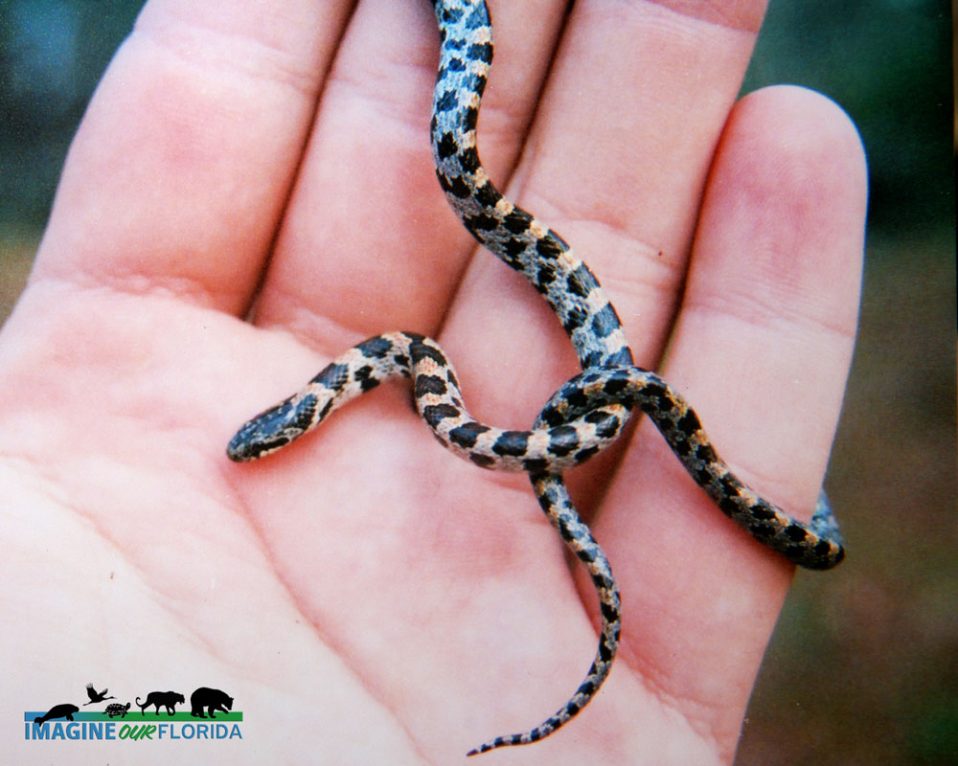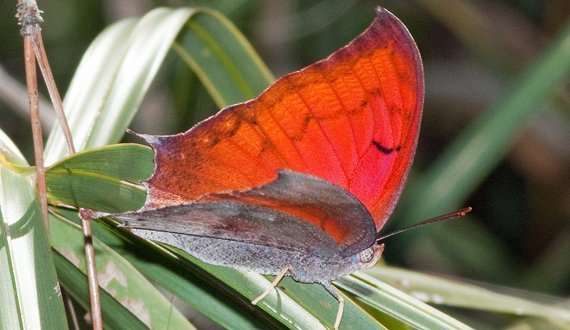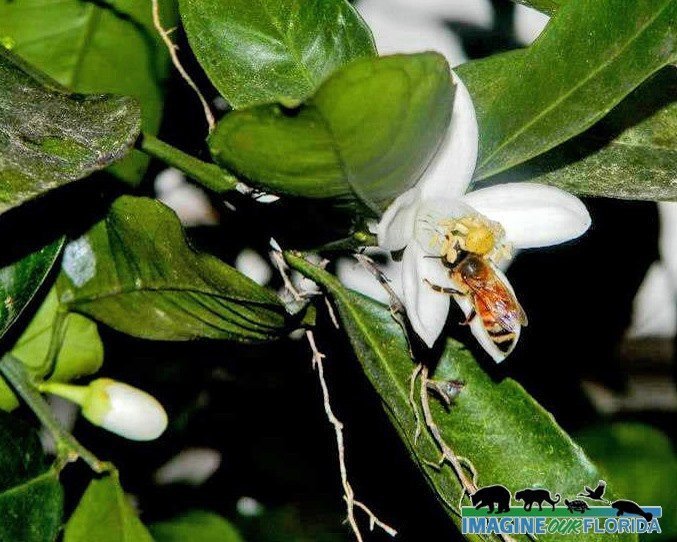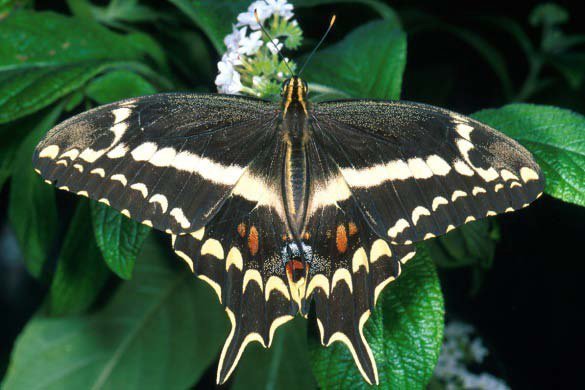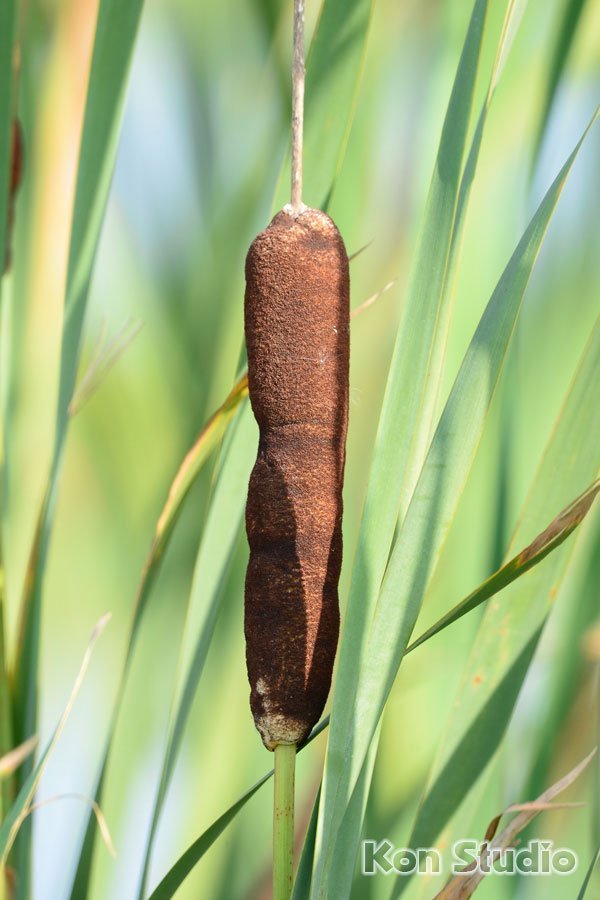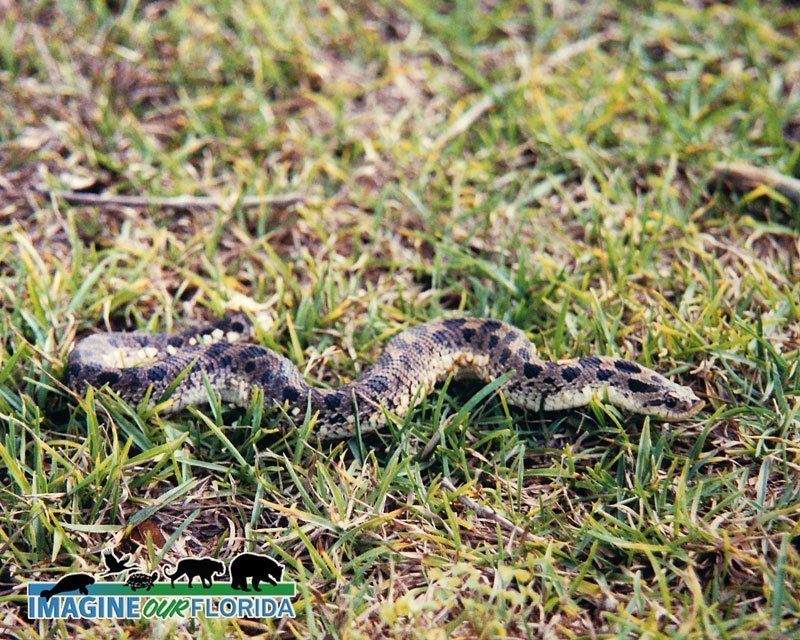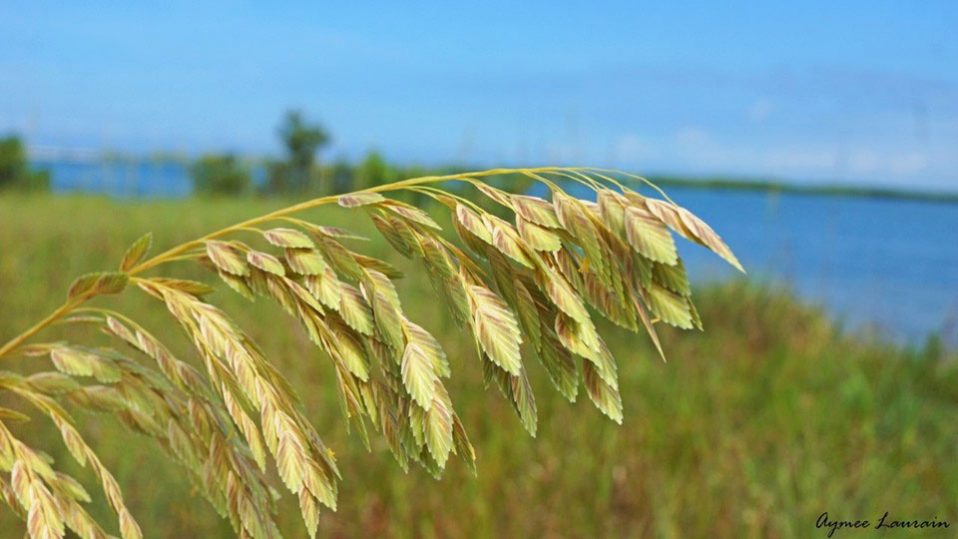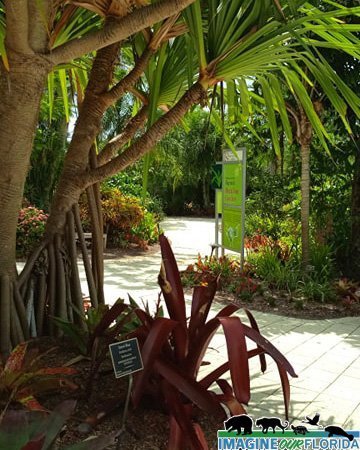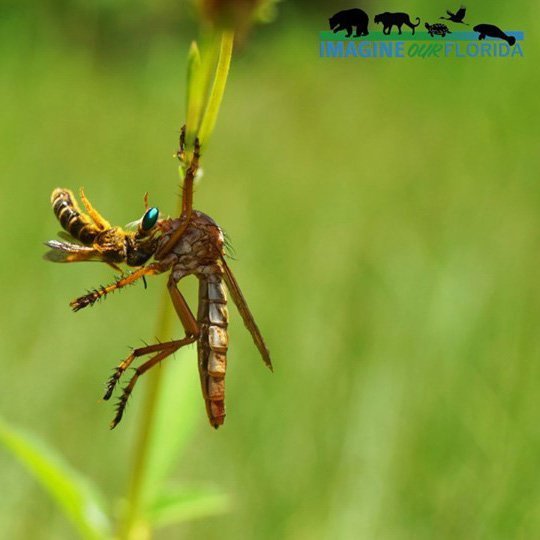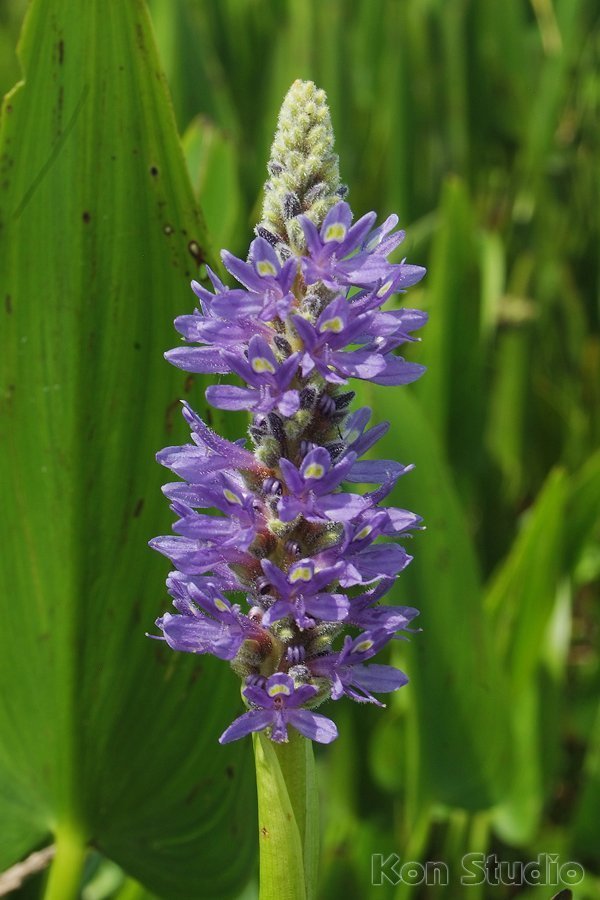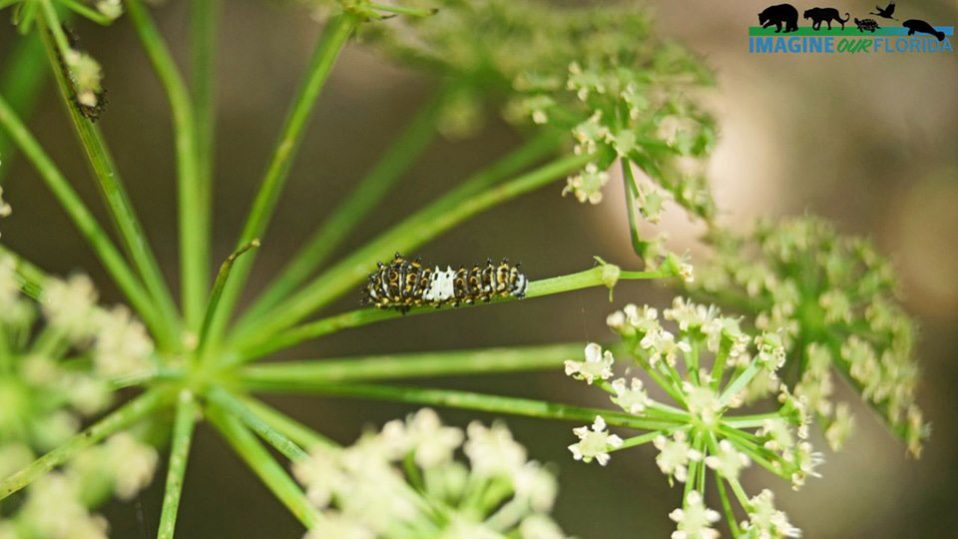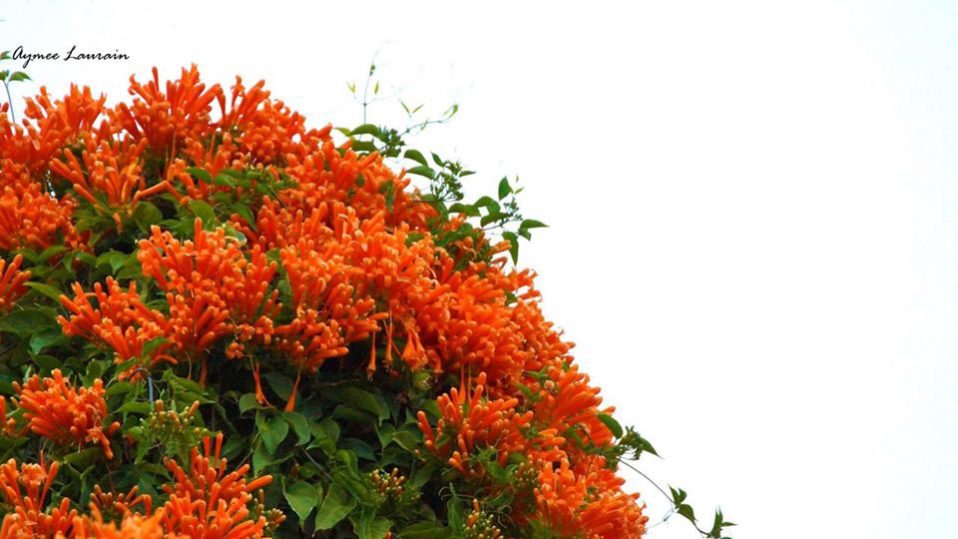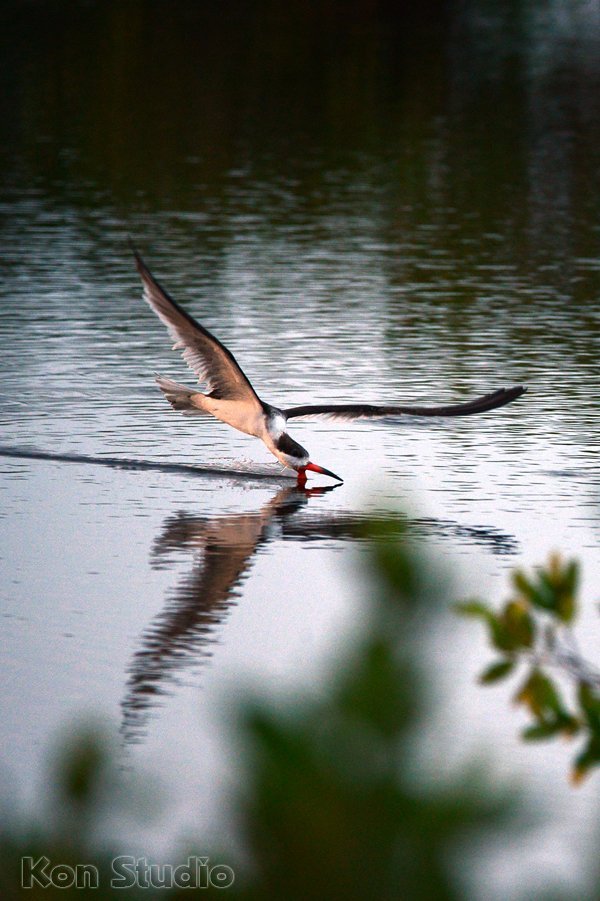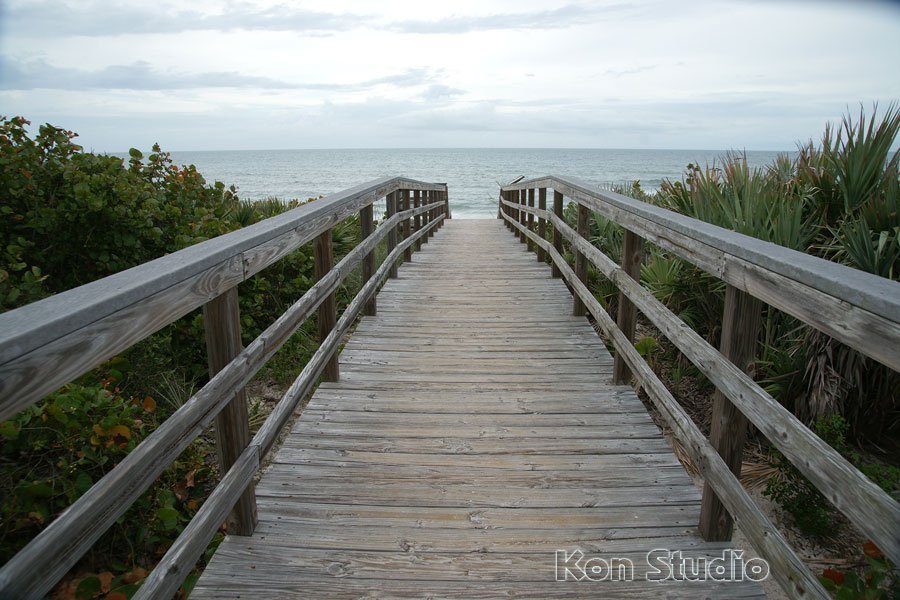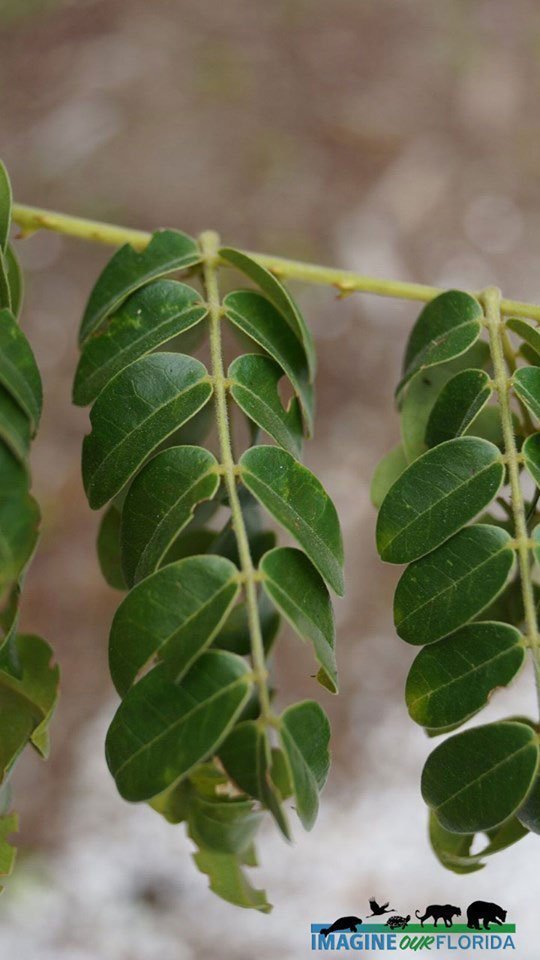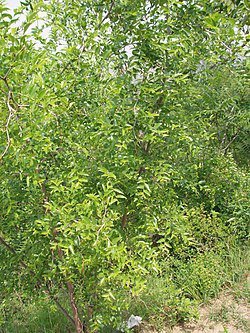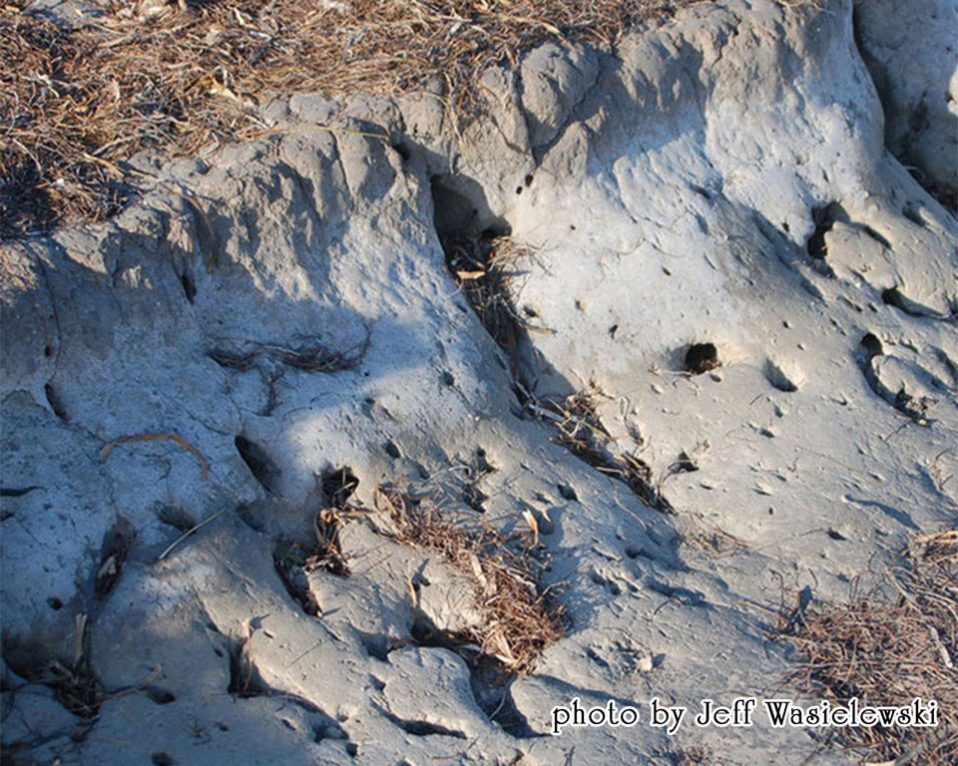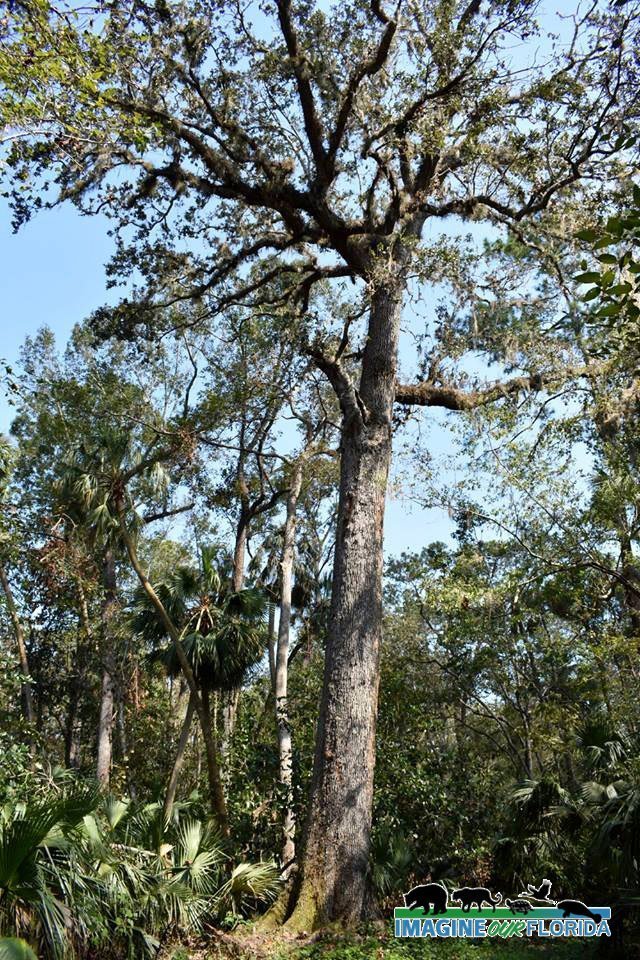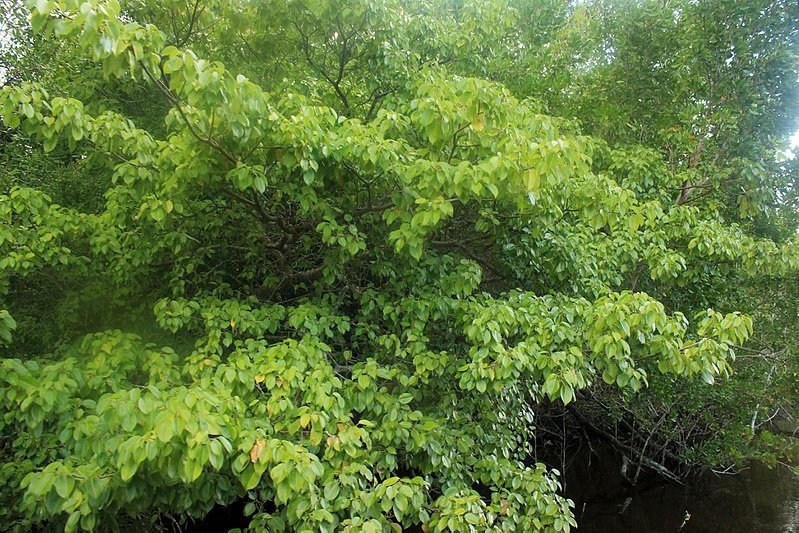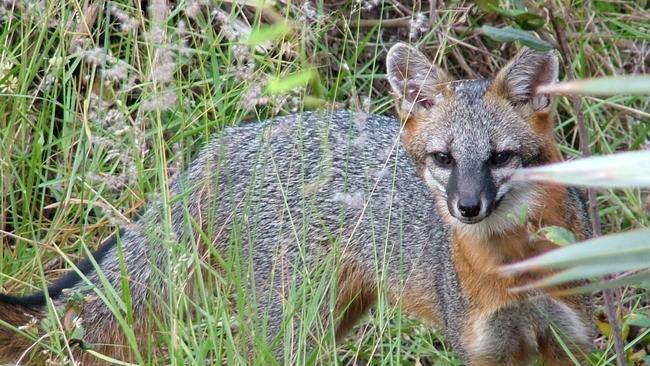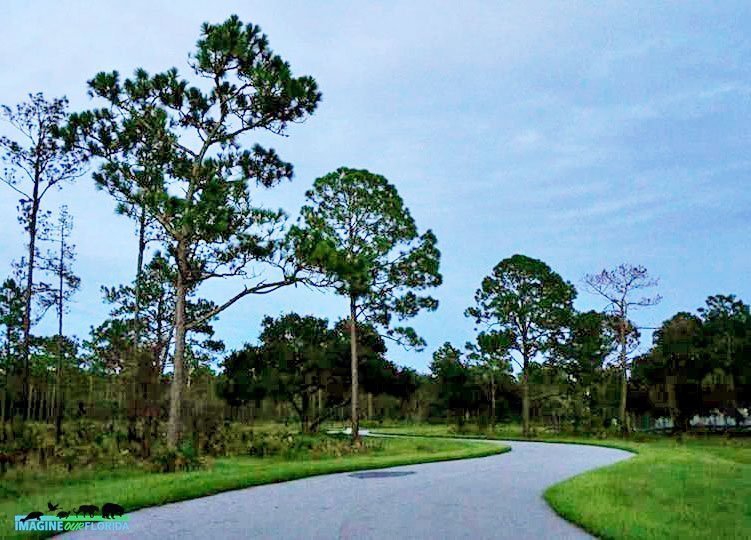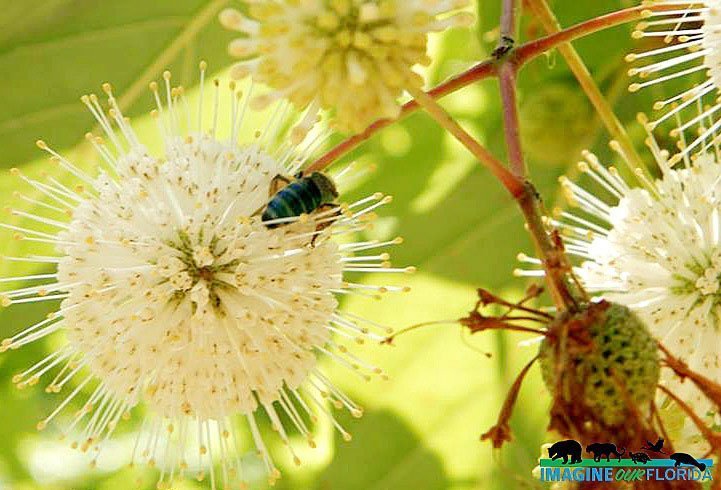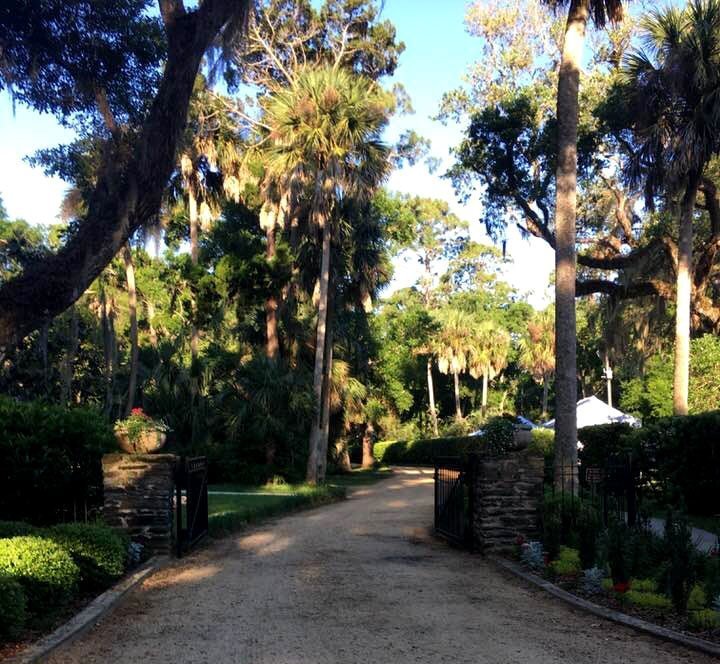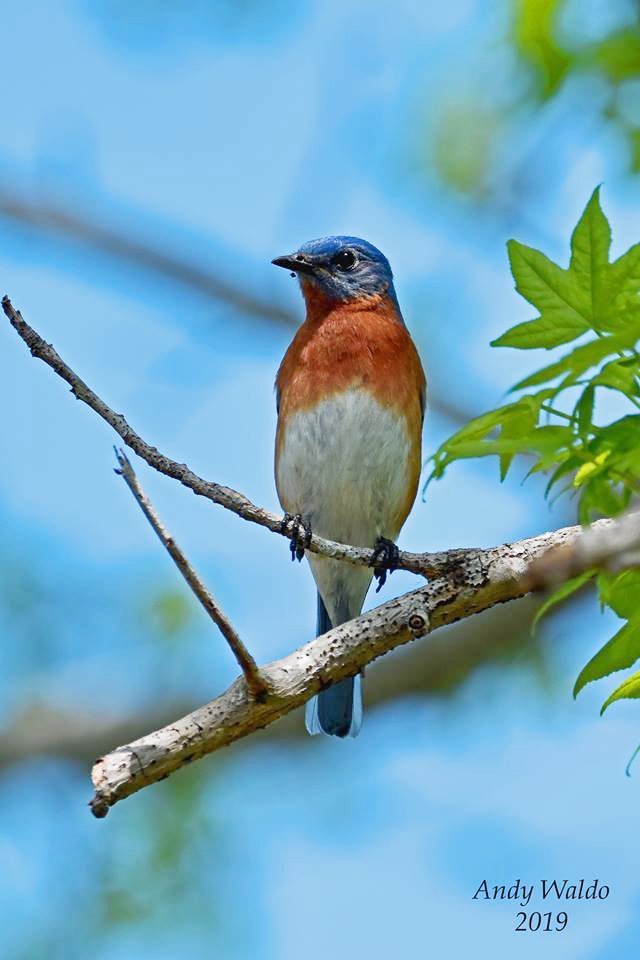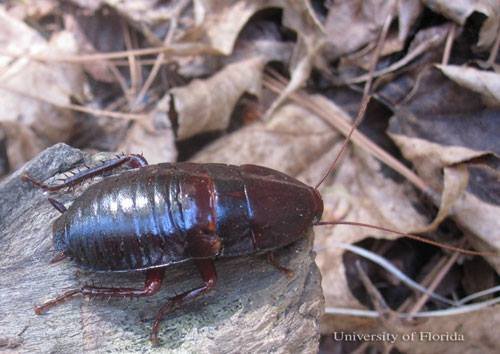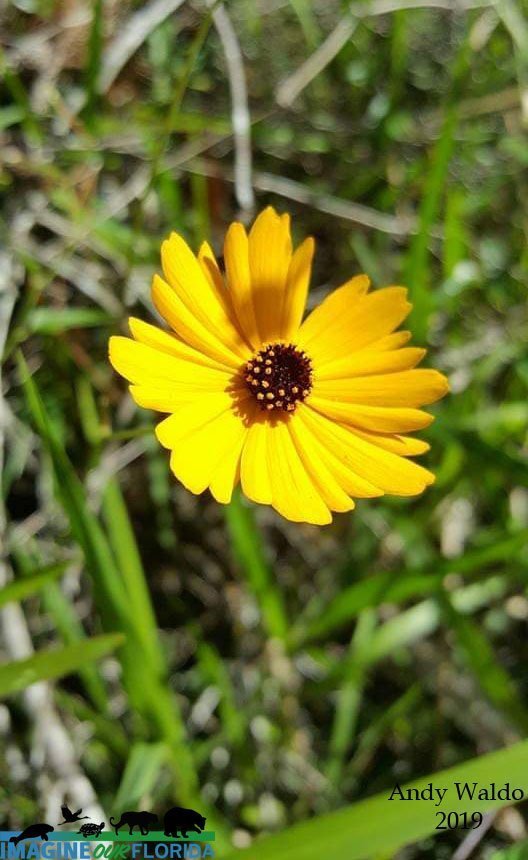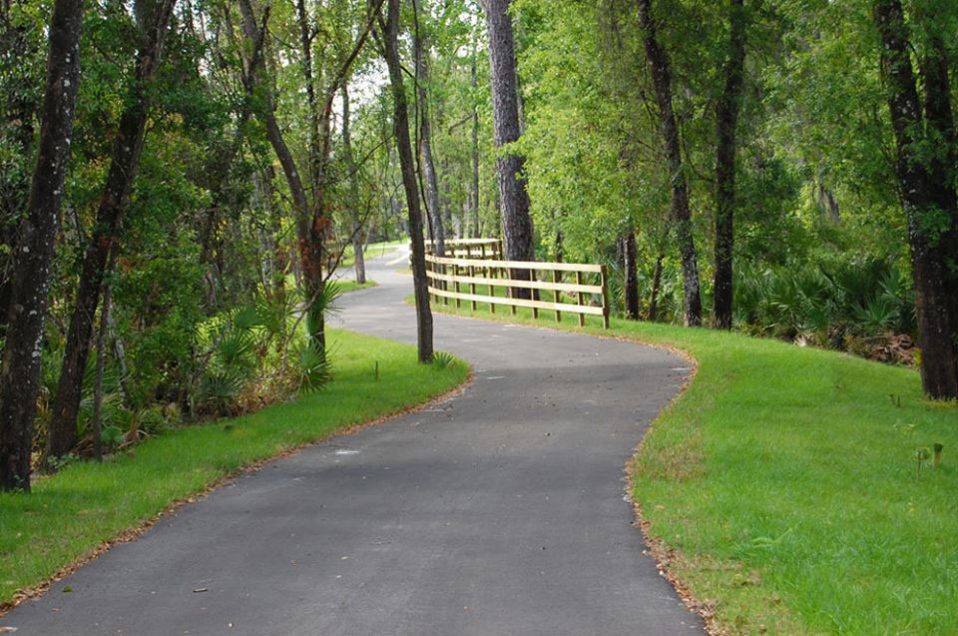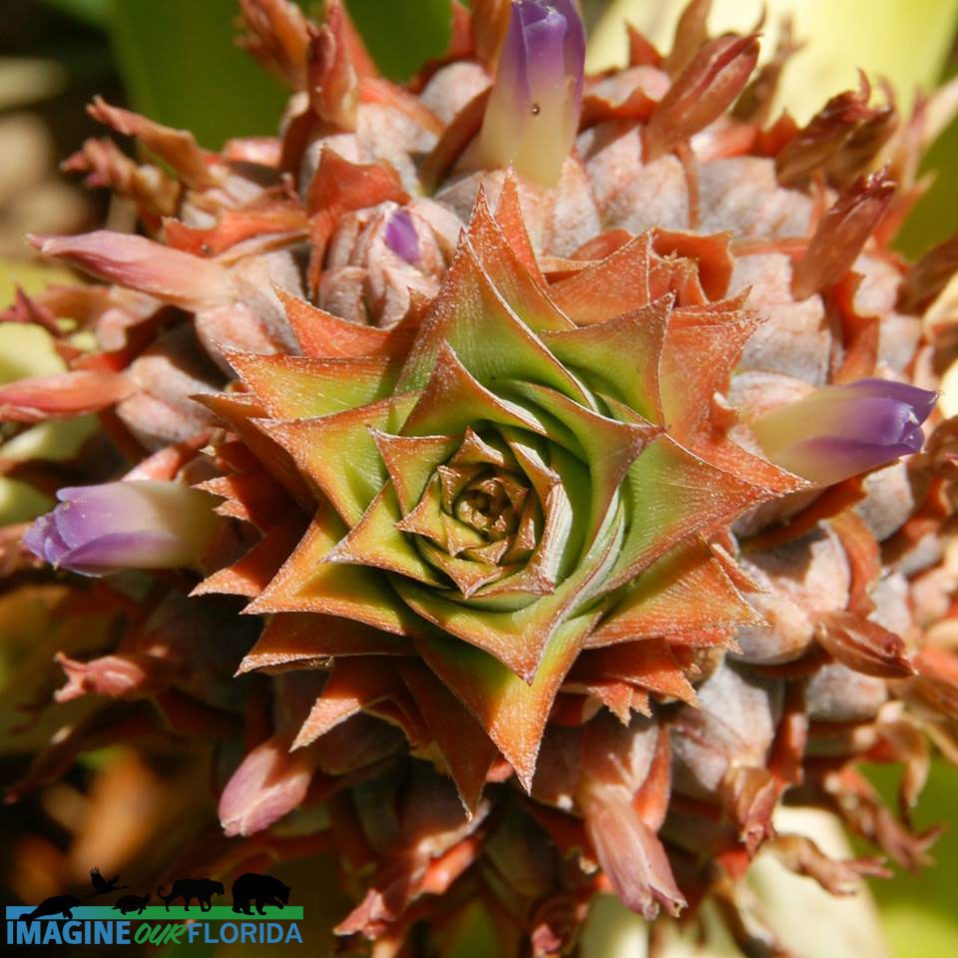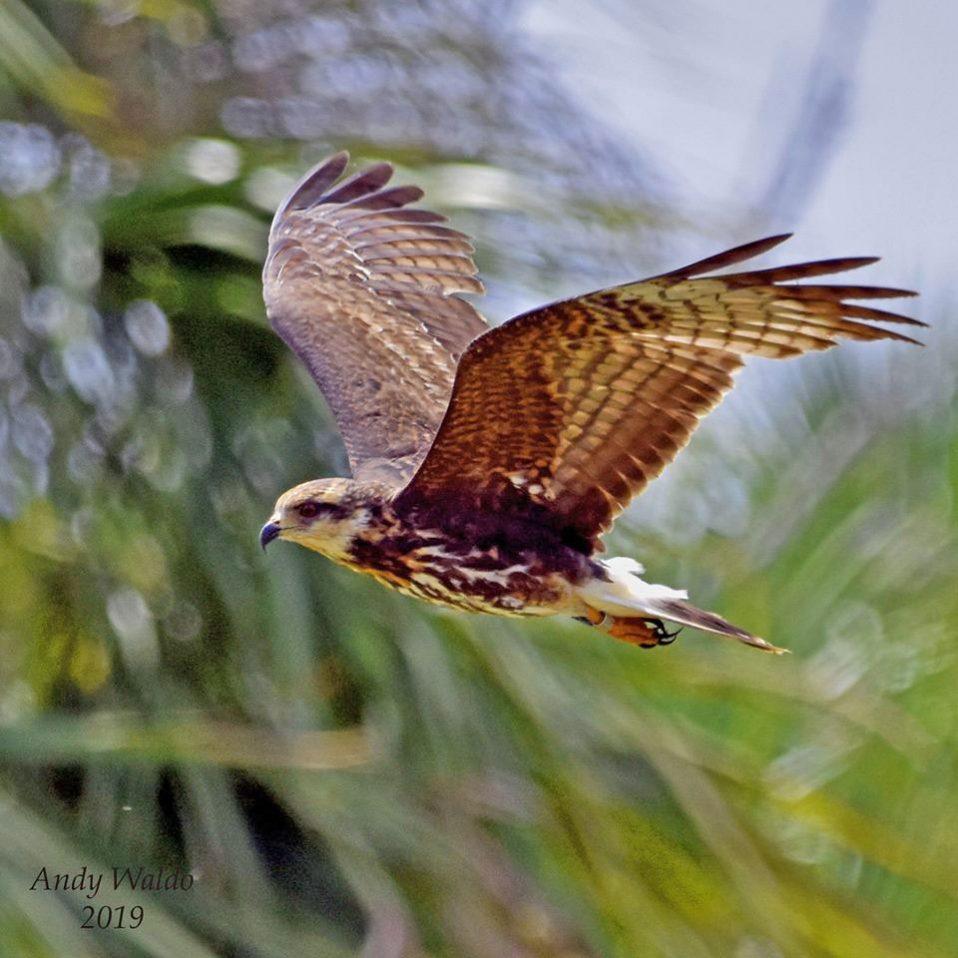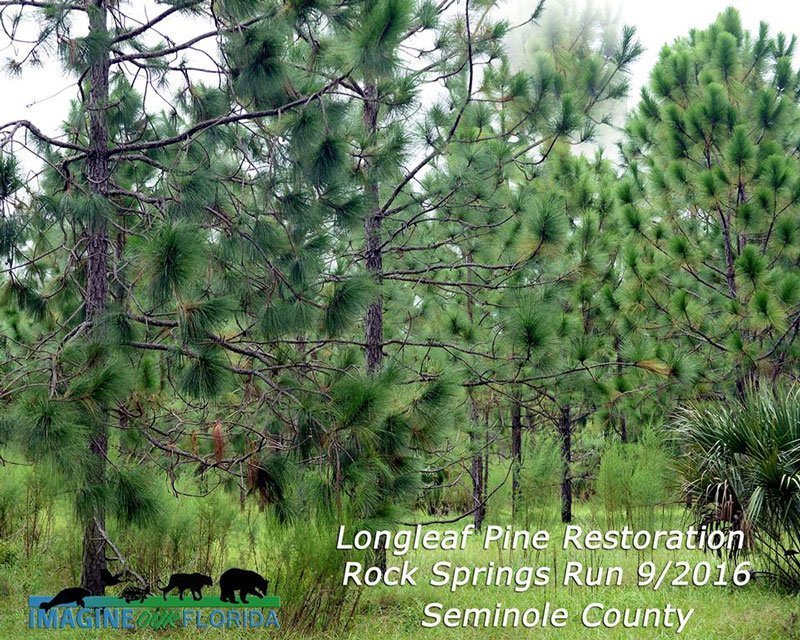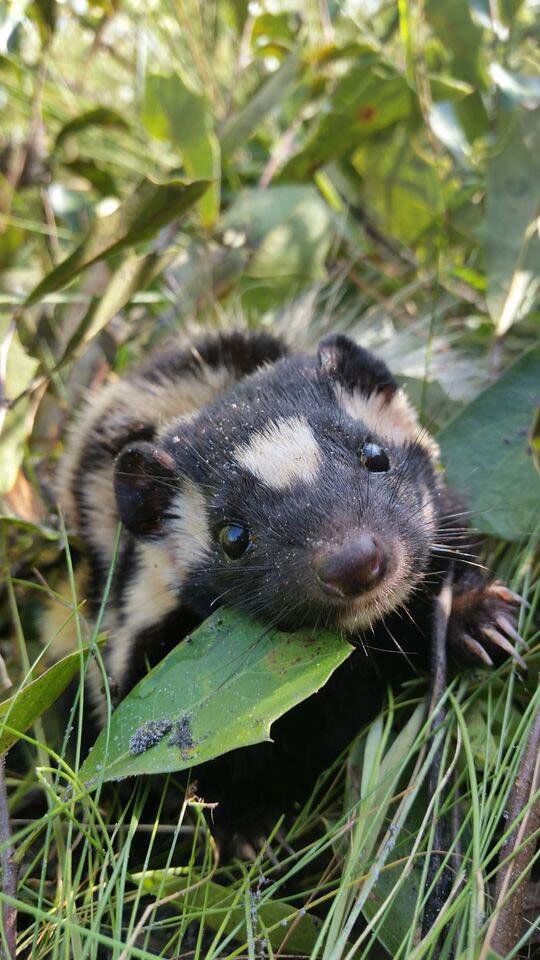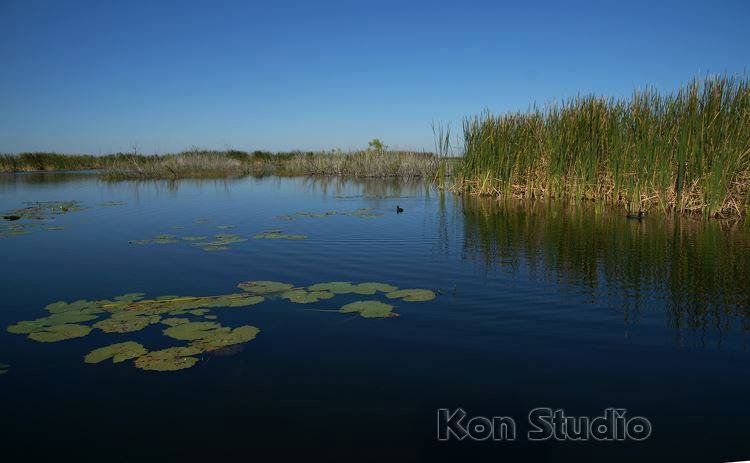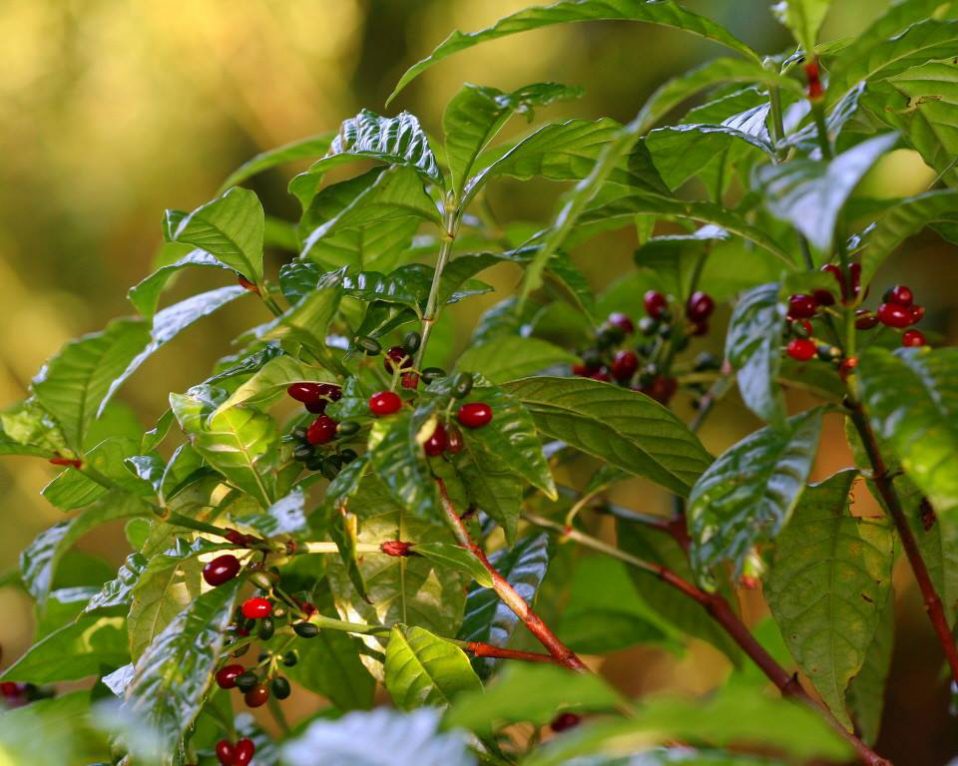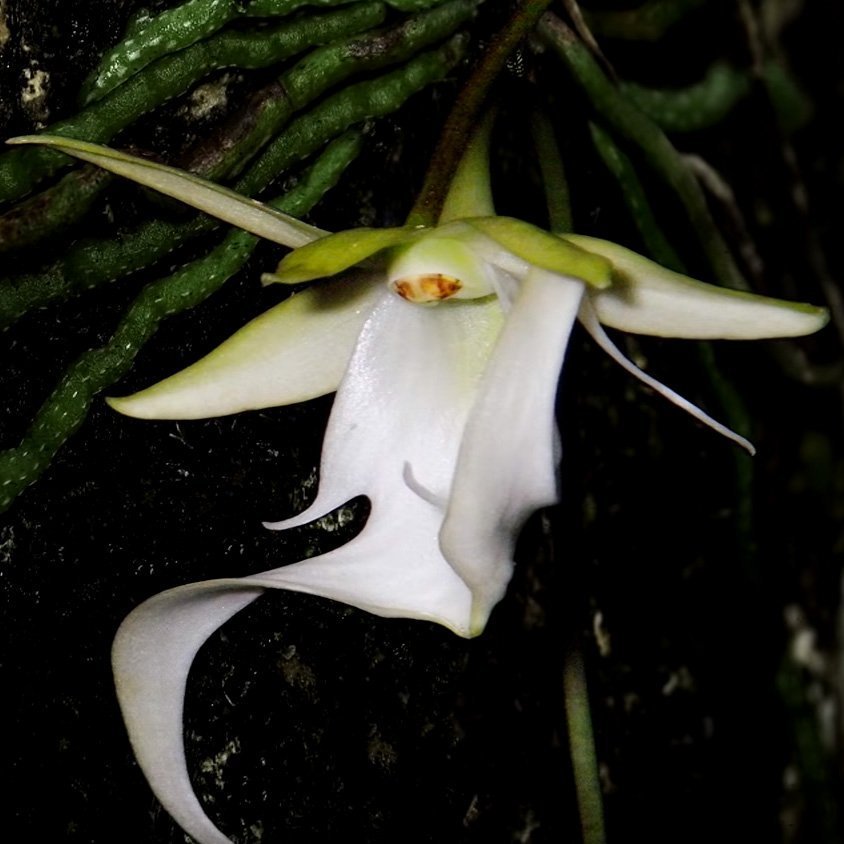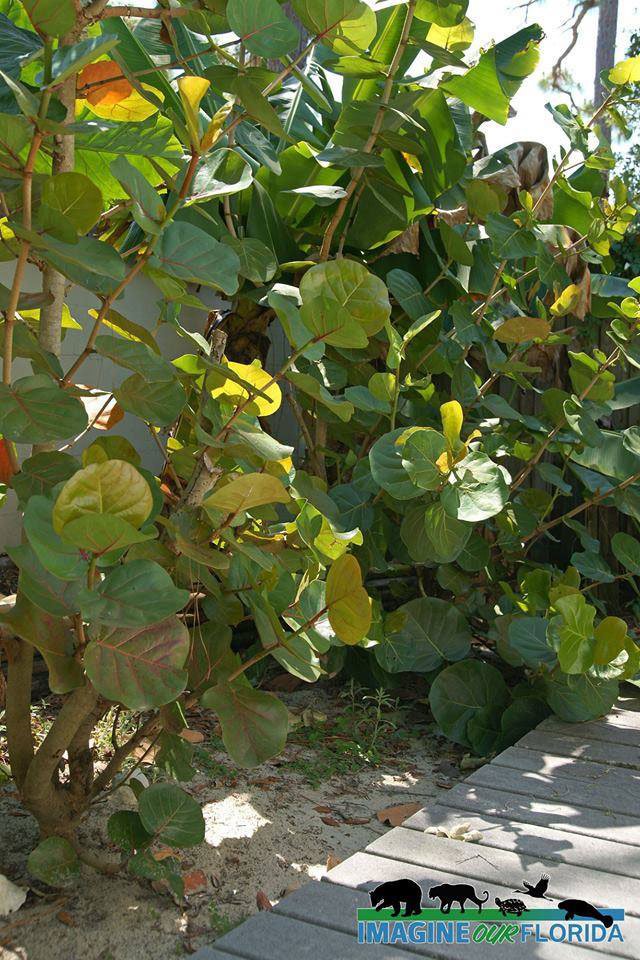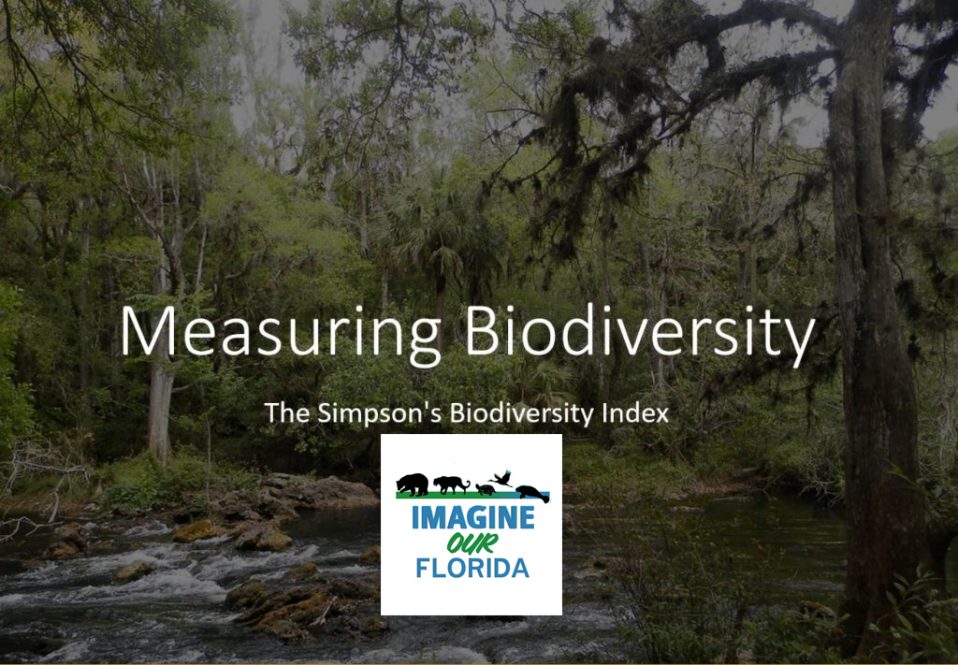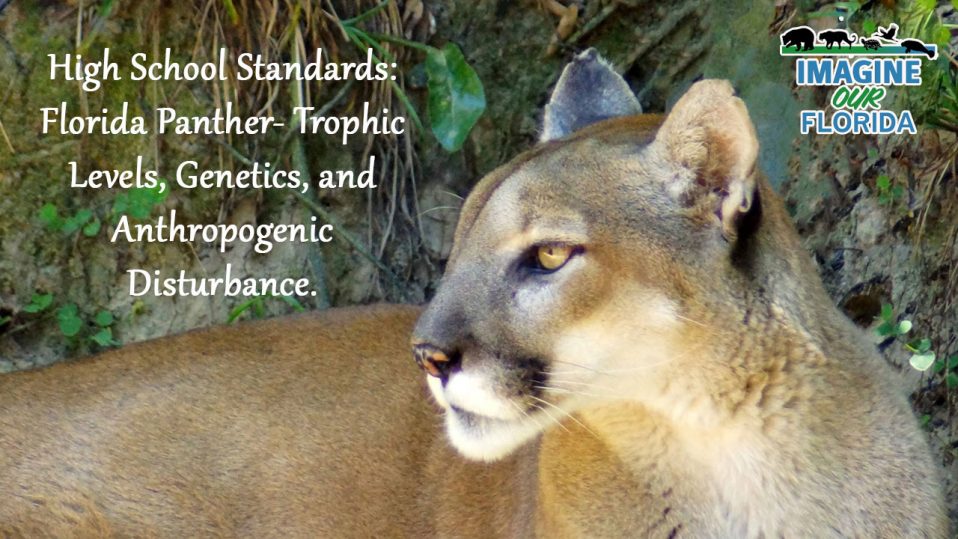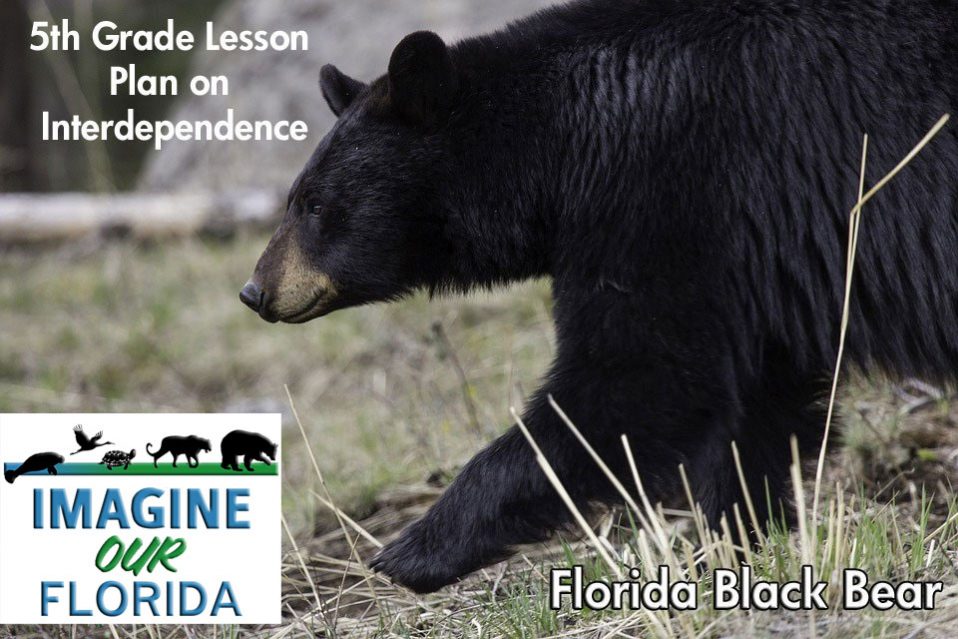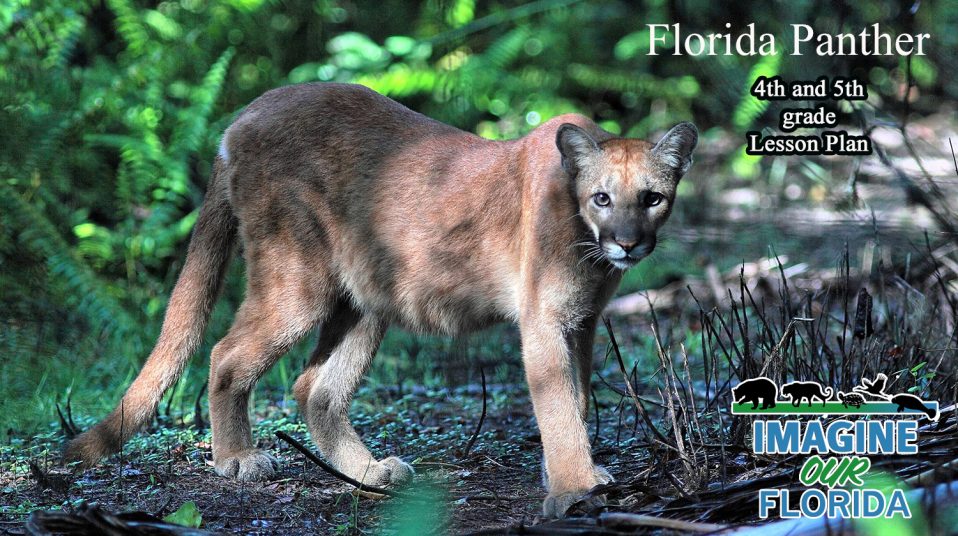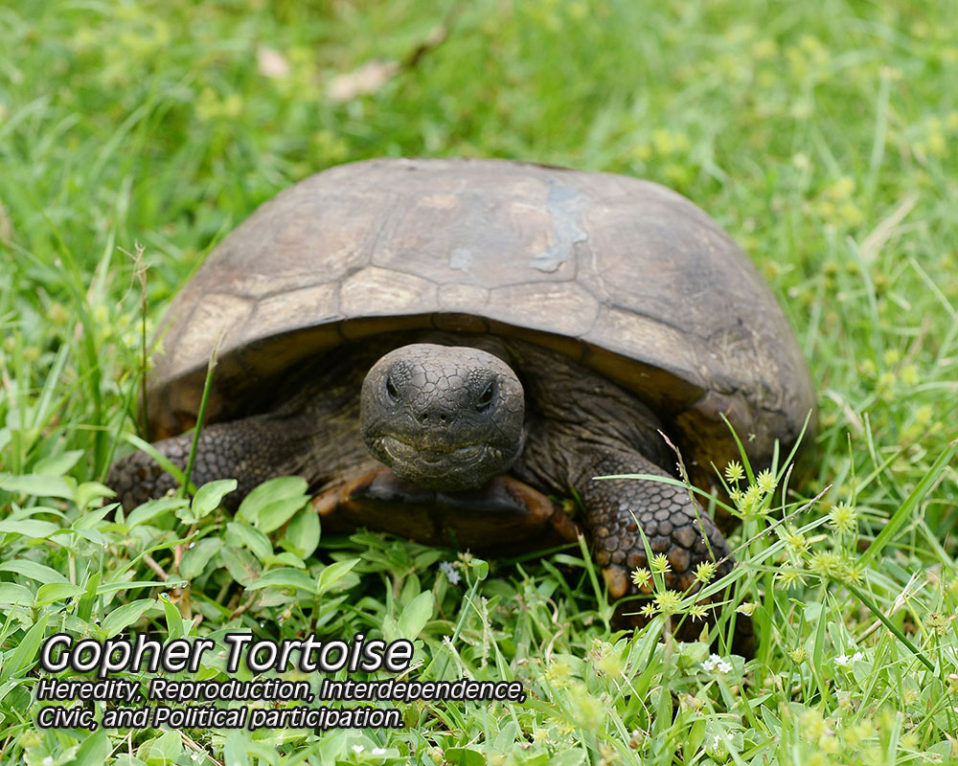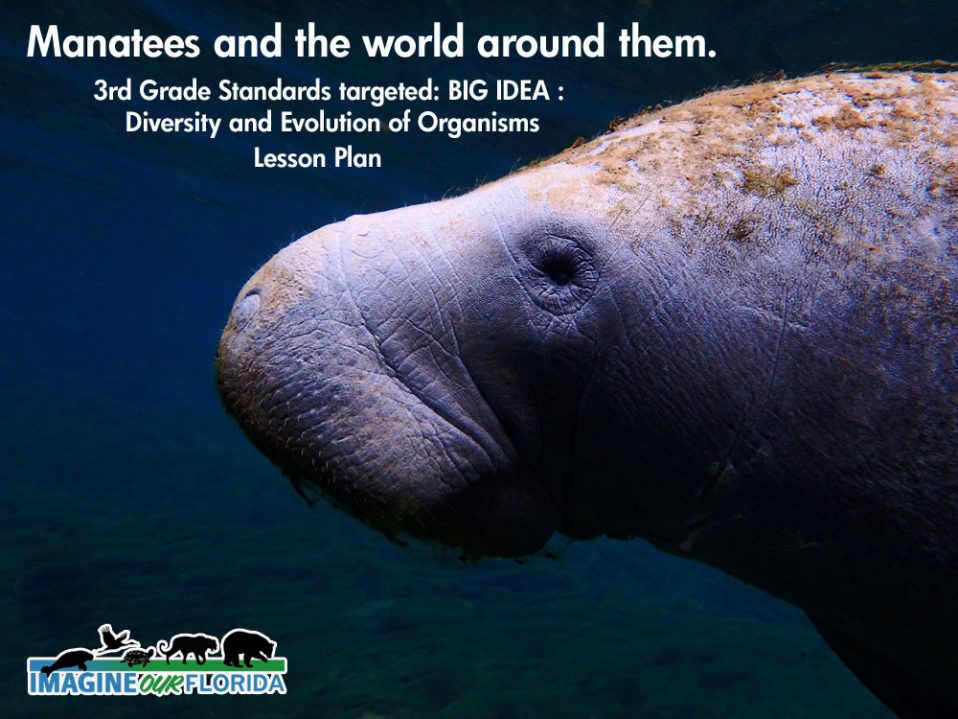Boyd Hill Nature Preserve
Explore a marsh, swamp, Pine Flatwoods, Sand Scrub, Hammock, and Lake Maggiore all at Boyd Hill Nature Preserve. Located in St. Petersburg and part of the Great Florida Birding Trail, the Preserve is home to over 165 species of birds, over 50 species of butterflies, and over 60 species of amphibians and reptiles. Enjoy a leisurely stroll or bike through the 3 miles of trails. Be sure to look for uniques species in the Sand Scrub. Cool off under the dense canopy in the hammock while admiring the abundance of wildflowers. Stop at Lake Maggiore to birdwatch. The Birds of Prey program at Boyd Hill Preserve cares for non-releasable birds where they are ambassadors for their species and habitat. Visit the Environmental Center for information on programs, rental space, and nature camps. Tram Tours are available and most trails are ADA accessible. For more information, times, and admission, visit: http://stpeteparksrec.org/boydhillpreserve/ Photo Credit: Aymee Laurain and Marc Goldberg
Giant Whip Scorpion
The Giant Whip Scorpion (Vinegaroon, Mastigoproctus giganteus) is the only whip scorpion with a tail found in the United States. Whip refers to its long thin tail. Vinegaroon is derived from the vinegar scent created by a spray of concentrated (85%) acetic acid that emanates from the base of the tail. The Vinegaroon, an arachnid, can grow to 2 inches long. It does not have a stinger filled with venom like other scorpions. They have eight rather weak eyes. Nature has provided them with long, thin front legs to use as antennae to feel their food and a tail, which serves as a sensory organ. They make their homes underground in well-drained soil. You will see them most often when they come to the surface during the rainy season. After a 12-hour mating ritual in autumn, the female will carry the eggs internally for several months before laying 30 to 40 eggs into an egg sac. She will remain in her burrow for 2 months while holding the egg sac off the ground. Once hatched, the white-colored babies and will ride on their mother’s back for about 30 days. After their first molt, the babies look like adults and will leave their mother. Before becoming adults, the new Vinegaroons will molt three more times at intervals of about one year. Life expectancy is 7-8 years. Giant Whip Scorpions dine on Florida woods roaches, termites, and crickets. They catch their prey with their large pincers and kill them by crushing them with their teeth. Vinegaroons make tasty treats for raccoons, armadillos, skunks, feral hogs, and black bears. If threatened, the Giant Whip Scorpion will either hide in its burrow or rear up and spread its legs. They may spray a vinegar scented acid, which will accurately hit their enemy up to a foot away. The spray packs a mighty sting to the predator’s nostrils and eyes. If handles, they pack a powerful pinch.
Winged Sumac
Winged Sumac, Rhus copallinum, is a beautiful native shrub that is found in sandhills, Flatwoods, and dry prairies as well as disturbed areas. Winged Sumac gets its name from its leaves which appear to be pairs of wings lined up on the leaf stem. The red-banded hairstreak uses the Winged Sumac as a host plant. Bees and butterflies are attracted to its yellowish-green flowers. Birds such as jays, warblers, crows, and more dine on the berries. Winged Sumac can be used in home landscapes and is well suited for a background plant in large areas. It generally grows in clumps to about 15 feet but has been known to reach 30 feet. In the fall, the leaves turn a brilliant red color. A December frost makes this native shrub stand out in your native garden and in Florida woodlands. Photo credit – “Frosted Wings” by Andy Waldo
Gemini Springs Park
Gemini Springs Park, located in Debary, is a 212-acre Volusia County Park that provides the outdoor enthusiast the opportunity to experience nature up close. Two springs within the park produce 6.5 million gallons of water each day and flow into the St. Johns River and Lake Monroe. Saunter along the 3/4 mile Nature Trail or peddle along the 1-mile Bike Trail. The 26-mile Spring to Spring trailhead is located in the park. Bring your horse and ride along the equestrian trail. Rent or bring your own canoe and launch it into the Debary Bayou. Rent a pavilion for a get-together, enjoy your lunch at a picnic area, let the kids have fun at the playground, or simply sit quietly on a bench and observe the wildlife who live in the park. Spend the night primitive camping in your tent. Restrooms and showers are nearby. Leashed dogs are welcome. Be sure to make time for your dog to visit the leash-free, fenced 4.5-acre dog park. For more information: https://www.volusia.org/services/community-services/parks-recreation-and-culture/parks-and-trails/park-facilities-and-locations/ecological-nature-parks/gemini-springs-park.stml https://www.volusia.org/…/ecologic…/gemini-springs-park.stml Photo Credit: Melanie Lulue and Gabrielle Milch
Dainty Sulphur
The Dainty Sulphur, Nathalis iole, with its wingspan of no more than 1 1/4 inch is the smallest Sulphur in the United States They love sunny and dry open areas such as agricultural fields, disturbed areas, and grasslands. You will often find them flitting about in the grass along the side of a road. Females generally lay a single egg on the upper side of a host plant of Spanish needles or carpetweed. Caterpillars are green with a purple stripe along the back and a pale stripe along the side. They dine at nite on the leaves and flowers of the host plant. In about 23 days, the caterpillar will begin the cocoon stage and emerge 15 days later as a beautiful Dainty Sulpher Butterfly. Look for Dainty Sulphurs flying just inches above the ground or resting on a flower soaking up the sun.
High School Standards- Coyotes and Population Dynamics Lesson Plan
Click on links below: LESSON PLAN POWERPOINT PRESENTATION WORKSHEET 1 WORKSHEET 2 Example Sheet
Croom Wildlife Management Area
The Croom Wildlife Management Area Just northeast of Brooksville there is a beautiful tract of the Withlacoochee State Forest waiting to be explored. The Croom Wildlife Management Area is made up of 20,000 acres along the winding Withlacoochee River in Hernando and Sumter counties. There are 31 miles of hiking trails, 64 miles of biking trails, 43 miles of equestrian trails along with the paved Withlacoochee State Trail. Camp at one of 5 camping areas, launch your boat or canoe from one of 3 boat ramps, or enjoy a thrilling ride at the Dirtbike and ATV area. A four-wheel drive is recommended if you prefer to drive through the sandy roads. Walk, bike, or ride through the Longleaf Pine forests, admire the many Cypress trees, and stop by Silver Lake. Watch for fox squirrels, deer, turkeys, alligators, and swallow-tailed kites. Bring your dog on a leash – they are allowed in most places, a picnic lunch, and enjoy your day outdoors at The Croom Wildlife Management Area. Photo Credit: Marc Goldberg
Red Buckeye
Red Buckeye, Aesculus pavia, is native to Florida from the panhandle through Central Florida. It occurs naturally in soil that is rich in calcium carbonate and in moist areas. Before cold weather arrives they will lose their leaves to reveal brownish flaky bark with dark reddish-brown twigs. Among the first plants to bloom in spring, the Red Buckeye is an important early source of nectar for butterflies and hummingbirds. Fruit appears in the fall and when split, reveals a seed that resembles a chestnut. Red Buckeye is a gorgeous addition to your native plant garden. It is a fast-growing plant and can be grown from seeds. Red Buckeyes can be maintained as a shrub or allowed to grow into a tree. The plant grows quickly, thrives in moist, rich soil and partial shade. Irrigation may be required in full sun or dry areas. When planning your garden, you may want to consider the leaves and seeds from the fruit contain saponins that are poisonous to humans and pets. Photo Credit: Andy Waldo
Orlando Wetlands Park
Orlando Wetlands Park Once a wet prairie that was part of the St John’s River flood plain, Orlando Wetlands Park in Christmas Fl is now a man-made wetland treatment system that attracts over 230 species of birds. Orlando Wetlands Park has quite a history. It was originally settled in the 1830s. In 1837, Fort Christmas was erected by the Army. When the Civil War was over, settlers drained the land for agriculture. By the early 1900s, the land became an open range for cattle while red cedar trees and pine trees were being cut down for lumber. By the 1940s a dairy farm was operating on the property. With a growing population, the city of Orlando and surrounding communities needed a larger and more efficient treatment facility. The City of Orlando purchased 1650 acres from Ft Christmas, converted 1220 acres of pasture back into wetlands, and named it Orlando Wetlands Park. 35 million gallons of reclaimed wastewater make its way through 3 wetlands communities each day. The ecosystems include a mixed marsh, wet prairie, and hardwood /cypress swamps. A 100-acre lake was also established. As the water makes its 30-40 day journey through the park, nitrogen, and phosphorus, as well as other residual nutrients, are removed before the clean water spills into the St Johns River. 2.3 million aquatic plants, including 200,000 trees were planted during the construction of Orlando Wetlands Park. Look for pickerelweed, duck potato, cattails, and giant bulrush. Trees include cypress, pop ash, and water hickory. Animals abound at Orlando Wetlands Park. Over 18 species who are federally or state-listed live at the park. Blue-winged teal, green-winged teal, black-bellied whistling duck, roseate spoonbill, black-crowned night heron, American bittern, wood stork, sandhill crane, bald eagle, great blue heron, red-shouldered hawk, osprey, common gallinule, and coot are some of the birds you may encounter. Be on the lookout for raccoons, river otters, white-tailed deer, bobcats, and alligators along the roads and hiking trails. Open daily from sunrise to sunset, Orlando Wetlands Park offers wonderful opportunities for wildlife viewing, photography, hiking, biking, and horseback riding. There is an education center, guided tours, pavilions, picnic tables, and interpretive signs for your enjoyment. For more information, click here: https://www.orlando.gov/Parks-the-Environme…/…/Wetlands-Park Photo Credit: Andy Waldo and Bobby Putnam
Red-bellied Woodpecker
The Red-bellied woodpecker (Melanerpes carolinus) is often found in the suburbs or city parks. They thrive in woodlands near rivers and swamps. With just a touch of red on their bellies, these woodpeckers are easily identified by the beautiful black and white barred pattern on their backs. Males have a bright red crown and nape. Females have a pale white crown and red nape. A mated pair will work together to build a nest. The male will often excavate several holes in a dead tree or fence post, and the female will choose the best one. She may also select a nest box or a previously used nest from another woodpecker. Once the nest is complete, the female will lay 4-5 eggs. Both parents incubate the eggs, with the male usually taking the night shift. In about 2 weeks, the eggs hatch. Both parents feed their babies until they leave the nest in 3-4 weeks and for up to 6 weeks after. Red-bellied Woodpeckers love insects. Look for them on branches and tree trunks as they pick at bark for food with their bills or perch while eating berries. Other food may include acorns, nuts, fruit, and seeds. Occasionally, these woodpeckers may treat themselves to a tasty bird egg, a tree frog, or oozing sap. The next time you are outside, look up. You may get to see one of these beautiful, acrobatic birds in action.
Blowing Rocks Preserve
Blowing Rocks is a barrier island composed of Anastasia limestone shores which can produce spectacular dances of waves as they thrash against the stone and bounce higher than a house. In 1969 Jupiter Island residents donated 73 acres of land towards conservation. The land would become a haven for endangered species such as the green, loggerhead, and leatherback sea turtles. It also houses one of Florida’s most endangered ecosystems, the sand dune. Volunteers over several decades have removed Australian pines and Brazilian pepper, invasive species to Florida. The dunes were restored with sea grapes, sea oats, beach sunflowers, and bay cedar. There are many activities that you can take part in at Blowing Rocks Preserve. The park attracts nature photographers, hikers, campers, snorkelers, and bird watchers. Have you visited Blowing Rocks Preserve? Tell us what your favorite part of the trip was. Photo credit: Marc Goldberg
Striped Mud Turtle
Striped Mud Turtles (Kinosternon baurii) are small turtles that grow to only 4″ to 5″ long. They usually have 3 visible stripes on their shells and 2 yellow stripes on each side of their faces. These native semi-aquatic turtles live in and near brackish and freshwater in ditches and ponds. Dinner consists of algae, snails, insects, worms, seeds, and carrion. Females may travel up to 820 feet away from the wetlands to lay a clutch of 1-6 eggs. Temperature determines the sex of the embryo. The embryo may pause its development until the correct temperature is reached. Incubation lasts from 2 1/2 to five months. The hatchlings are about 1′ long and may take more than a year to leave the nest. Striped Mud Turtles depend on waters with low saline content. This makes them especially vulnerable in the Lower Keys, where sea level rise is expected to cause saltwater intrusion into freshwater habitats. More intense storms will cause many low-lying areas to be inundated with saltwater, thus making the ecosystem uninhabitable for Striped Mud Turtles. Human-caused pollution and oil spills also threaten these little turtles. Striped Mud Turtles spend much of their time underwater and can often be seen in shallow waters. When in wetlands, keep an eye out for movement in mud, marshes, and wet fields and you may meet a new wild turtle friend. Photo Credit: Andy Waldo.
Sora
Soras, Porzana Carolina, are chubby little birds who spend most of their time hidden in marshes. Their distinctive whistles can be heard often near ponds, rivers, and other marshy areas. When they finally appear, Soras move their heads forward with each step and flick their tails to expose the white undersides. They are striking birds with a black mask and a bright yellow bill. After the male and female complete their courting ritual, the couple builds a nest of grasses and dead cattails before adding a soft lining. The nest is well hidden in the dense marsh, often among cattails, and is placed a few inches above the water. Incubation begins as soon as the first of 10-12 eggs are laid. As the eggs hatch, one parent will incubate the remaining eggs while the other will care for the hatchlings who leave the nest. Both parents will feed the hatchlings for 3 weeks before the young ones learn to fly. Soros dine on a variety of foods. Seeds, insects, snails, and aquatic invertebrates are some of their favorite foods. They forage on the ground, in the water, on plants, and in the mud. Have you heard a Sora? Listen Here: http://www.azfo.org/…/…/AZFO_SORA_CALLS_2_deviche_092405.mp3 Photo Credit: Andy Waldo
Brooker Creek Preserve
Brooker Creek Preserve Brooker Creek Preserve is the largest natural area in Pinellas County. Surrounded by urban development, these 8700 acres of wild Florida protect much of the Brooker Creek Watershed. There are trails for everyone at Brooker Creek Preserve. Explore the preserve via boardwalk or trail. Two trails are nearly 5 miles long. Shorter hikes vary from the .1 mile bird path to the 4 mile Pine Needle Path. Equestrians can enjoy over 9 miles on one of two trails that wind through fields and pinelands. There are 4 distinct ecosystems within the Preserve. The Forested Wetlands is made up of a creek system with 13 meandering channels. Water flows through the channels during the rainy season of May through Oct. Fish, birds, and other wetland inhabitants thrive in the wetlands. The Pine Flatwoods is a sunny area alive with saw palmetto and native grasses. Gopher Tortoises enjoy the grasses as well as the leaves and fruits from the plants that grow here. Be sure to look for the threatened Catesby’s Lily. Cool off in the Oak Hammocks where tall oaks block the sun. Watch for turkeys and white-tailed deer foraging for acorns among the leaf litter. The Cypress Dome boasts Black Gum, Bald Cypress, and Buttonbrush. Look for an abundance of wildlife in this cool and moist swamp. Dragonflies, frogs, spiders, marsh rabbits, and owls thrive here. Interpretive Trail Signs along the paths show how everything in nature is connected. Discover how your yard can expand wildlife areas, how human choices are impacting the watershed, and how water connects all of us. Plan your visit. See the schedule for annual events and programs, download a map, reserve a guided tour or sign up for classes at the Environmental Center http://brookercreekpreserve.org/ Photo Credit: Marc Goldberg
Katydid
Meet Katy! A Katydid (family Tettigoniidae), to be exact. Listen to her chirp, and you will hear “ka-ty-did.” Katydids love to hang out on palmettos, scrub oaks, vine-covered undergrowth, and in damp areas. They are solitary and sedentary creatures. Their coloring provides a wonderful camouflage from predators and humans. The veins in their wings mimic the veins in leaves. This makes it easy to blend in with the tree or plant they are resting on. Katydids are tasty treats for birds, wasps, spiders, frogs, and bats. Katydids are primarily leaf eaters and feast most often at the top of trees and bushes where there are fewer predators. They will dine on an occasional flower and other plant parts. Katydids are related to grasshoppers and crickets. Like their cousins, Katydids have strong legs and jump when they feel threatened. They are poor flyers, but their wings allow them to glide safely from a high perch to a lower one. You can find Katydid eggs attached to the underside of leaves. They resemble pumpkin seeds and are lined up in a row. Adult katydids have a lifespan of about 4 to 6 months. They can grow up to 4 inches long, and their antennas can be double the length of their body. Katydids are nocturnal. The next time you go outside after dark, take a flashlight. How many Katydids can you find in your yard? When you spot one of these beautiful insects, be sure to say hi to Katy.
Resurrection Fern
Resurrection Fern – Pleopeltis polypodioides The Plant that Rises from the Dead. The Resurrection Fern, also known as. the Miracle fern lives on branches and trunks of trees. Live Oaks and Cypress Trees are their favorite hosts. They have been seen growing on rocks and on the sides of buildings. Resurrection Ferns are air ferns that attach themselves to a host plant or rock and will get moisture and food from the air and rain. They will also gather nutrients that collect on the outer part of their host. The fern does not steal any nutrients from its host and therefore will not harm the host. Have you seen ferns that are curled up, brown, and appear to be dead? Simply add water and they miraculously uncurl and resurrect to a live, healthy, green fern. Resurrection Ferns can lose up to 97% of their water content and still come back to life when water returns. In contrast, most plants can only lose 10% of their water content before their cells collapse and they die. Like all ferns, Resurrection Ferns reproduce from spores. These ferns can be found from Florida to as far north as New York and as far west as Texas. They are so fascinating that in the late ’90s, NASA sent a Resurrection Fern on the space shuttle Discovery to watch it miraculously come to life in zero gravity.
Halloween Pennant Dragonfly
Halloween Pennant Dragonfly (Celithemis eponina). This not-so-spooky dragonfly gets its name from its orange and black coloring. Yellow markings can be found on females and juvenile males. As males mature, their coloring starts to turn into a more vibrant color of orange. This is the largest species of pennant dragonfly in eastern North America. They can commonly be found around lakes, streams, or other wetland areas and are most active in the morning. Photo Credit: Dan Kon, Aymee Laurain
Gumbo Limbo Tree
Native to South Florida, the Gumbo Limbo tree, Bursera simaruba, is a striking addition to landscapes south of Tampa Bay. Also known as the West Indian Birch or the Turpentine Tree, Gumbo Limbo Trees quickly grow to 50-60′ tall with a round canopy. They are extremely wind tolerant and are recommended as a hurricane-resistant species. Gumbo Limbo trees can be grown simply by sticking sprouts in the dirt. Gumbo Limbo trees prefer sun but quickly adapt to shady, moist, dry, and slightly salty habitats. They are easily recognized by their reddish-brown bark which peels to reveal a beautiful green wood beneath. Vireos and Mocking birds dine on their deep red fruits during summer and fall. Gumbo Limbo trees are naturally found in coastal hammocks, tidewater areas, and mixed forests.
Fiddler Crabs
Fiddler Crabs (Genus uca) live in the tidal sands of mangroves and salt marshes. They are experts at sensing the ebb and flow of the tide because their survival depends on it. Although they have gills, Fiddler crabs can drown if there is too much water. They retreat to their 12″ burrows in the sand at high tide and seal the burrow with mud or sand. During low tide, Fiddler Crabs colonies get down to business doing their part for the ecosystem when they come out in the hundreds to work and eat. To build and maintain their burrows, they use their small claws to move sand to their mouths, where they strain and extract nutrients. Clean sand pellets are spat out. Although their diet consists of algae and decomposed matter, Fiddler Crabs are tasty meals for shorebirds, fish, and land mammals such as raccoons and foxes. Female crabs incubate eggs for 2 weeks. During high tide, the female will release the larvae who will float away. In a few weeks, the surviving young crabs will drift back to shore and join a Fiddler Crab colony. Male Fiddler Crabs have one oversized claw that looks like a fiddle. While it is sometimes used to defend against other male crabs, the large claw is primarily used in courting rituals. To woo his desired female, the male Fiddler crab will dance while waving his giant claw until the lady agrees to join him in his burrow.
J.N. Ding Darling National Wildlife Refuge
J.N. Ding Darling National Wildlife Refuge -Sanibel Island Jay Norwood “Ding” Darling convinced President Harry Truman to protect environmentally valuable land on Sanibel Island from developers. In 1945 President Truman signed an Executive Order, and J.N. Ding Darling National Wildlife Refuge was created. Today, it is part of the largest undeveloped mangrove ecosystem in the United States. J.N. Ding Darling National Wildlife Refuge offers refuge to countless animals, including those who are threatened or endangered. There are over 245 species of birds in its 6400 acres of mangrove forests, open waters, tropical hardwood hammocks, seagrass beds, freshwater marsh, and Mudflats. Federally and State listed species seek haven at Ding Daring Wildlife Refuge. Piping Plovers, Black Skimmers, Roseate Spoonbills, Burrowing Owls, West Indian Manatees, Sanibel Island Rice Rats, and Loggerhead Sea Turtles make their homes here. Aboriginal prickly-apple and Barbed wire cacti are protected from development within the refuge. Visitors from all over the world travel to Sanibel to catch a glimpse of and photograph The Big 5: the American White Pelican, Mangrove Cuckoo, Reddish Egret, Roseate Spoonbill, and the Yellow-crowned Night-Heron. Calusa Indians once made their home in the hardwood hammock among Gumbo Limbo trees, Strangler Figs, and Sea Grape trees. Take a short walk down the Shellmound Trail and discover remnants of shells which along with other waste, grew into mounds. The change in soil chemistry and height created a subtropical maritime hammock. The 4-mile wildlife drive offers visitors the opportunity to drive, bike, or hike along the paved road. There are plenty of spaces to park and get out of your car for wildlife viewing. Four walking trails: the Indigo Trail, the Wildlife Education Boardwalk, Shellmound Trail, and Wulfert Keys Trail are accessible from the wildlife drive. A 90 minute guided tour aboard a tram is available. Walk or bike the Bailey tract to enjoy freshwater plants and wildlife. Launch your canoe, kayak, or boat or take a guided canoe, kayak or paddleboard tour at one of the designated sites. For more information, times and to plan your trip, click here: https://www.fws.gov/refuge/JN_Ding_Darling/
Double-crested Cormorant
The Double-crested Cormorant is also known as The Sea Raven. Cormorant is derived from the Latin word Corvus, which means raven, and Marinus, which means sea. Cormorants (Phalacrocorax auritu) are brownish-black with black webbed feet and legs and a reddish-orange face and beak. You will often find them floating low in the water or with their wings outstretched along the shores of coastal areas, rivers, swamps, and lakes. Because their oil glands do not waterproof their rings, cormorants will find a sunny spot to dry their wings. Cormorants may feed alone or in flocks. Finding their favorite foods, fish, and invertebrates, like shrimp and crabs, may require them to dive up to 60 feet and remain submerged for more than a minute. Cormorants are not picky eaters, and their diets vary by season. They enjoy treats such as eels, plants, frogs, and an occasional snake. Courtship is a big deal for Sea Ravens. A Male will use his wings to splash, swim in zig-zag patterns, and dive for vegetation to present to a female. He will crouch at his chosen nest site and call out to his desired female while vibrating his wings. Nesting usually takes place in a large colony, which is sometimes shared with other wading birds. Using twigs, sticks, seaweed, and grass collected mostly by the male, the female constructs most of the nest in a tree or on the ground near the water. Cormorants incubate their 3-4 eggs with their webbed feet. Both the male and female will feed the chicks until they are about 10 weeks old and ready to leave the nest. Before 1966 populations significantly decreased from hunting and pesticides such as DDT. Today, cormorants are once again widespread and abundant. This heartwarming story of the Sea Ravens, who not only survived persecution from humans but who are now thriving, can be repeated with today’s endangered and threatened animals. It’s up to us to teach folks of all ages to connect, respect, and coexist with our wildlife and within our shared ecosystems.
White-tailed Deer
White-tailed Deer (Odocoileus virginianus) are found throughout Florida. They are often seen at dawn, dusk, or on overcast days near the edge of a forest where they browse vegetation and can quickly run back into the forest to avoid predators. Their favorite foods include twigs, leaves, acorns, mushrooms, and fruit. Deer are herbivores and enjoy many of Florida’s native plants, including buttonbush, tupelo trees, beautyberry, and persimmons. In northern Florida, male deer can reach 190 pounds weight, although the average weight in Florida is 115 pounds. The average weight for a female is 90 pounds. White-tailed deer in Florida are smaller than their northern relatives because their bodies have adapted to the steamy temperatures. Their smaller bodies allow deer to use less energy to regulate their body heat. Adults are 55-80″ tall. Male deer, known as bucks, grow antlers to establish dominance and attract does. Their antlers begin growing in the spring and will grow a velvet-like tissue. The tissue will dry up, and the buck will scrape it off by rubbing his antlers against a tree. The smooth, hard antlers are then ready to be used to fight if another male is pursuing the buck’s desired doe. Antlers are shed in late winter or early spring. They will regrow within 6 – 8 weeks, which is perfectly timed to the beginning of the breeding season. Deer breed from September to March. Gestation lasts approximately 200 days, and the doe will give birth to 1-3 fawns. Fawns will start foraging with their mother at 3-4 weeks and are weaned at 2-3 months old. They will set out on their own when they are 6-18 months old. White-tailed deer get their name from the white on the underside of their tail. To alert other deer of possible danger, white-tailed deer will raise and wag their tails like a flag. You may also see them stomp a foot and hear them snort. Their predators are panthers, bobcats, coyotes, dogs, and humans. Fun Fact: Fawns are born with no scent. To keep her fawn safe from predators, the doe will hide her fawn in tall vegetation. She will visit the fawn several times a day to nurse but leave quickly, so her scent does not attract predators. If you find a fawn hidden among the brush, leave it alone and know that mom will soon return. Nature Knows Best! Photo Credit: Andy Waldo, Dan Kon, Lynn Marie
Cocoplums
Cocoplums are a delicious native fruit. It’s similar in flavor to lychee but with the fibrous texture of a plum. Their ideal growth zone is in zone 10, they can tolerate moderate amounts of salt, are highly tolerant of wind, and require very little care. This plant makes for a beautiful addition to gardens while providing a tasty snack .
Native Rhythms Festival 2019
The Indian River Flute Circle and Native Heritage Gathering, Inc. proudly present the eleventh annual gathering of the Native Rhythms Festival. This three day festival during Native American Heritage Month honors the culture of the indigenous peoples of the Americas through music, and especially the music of the Native American Flute. Wickham Park 2500 Parkway Drive, Melbourne, Florida 32935
Lyonia Preserve
Lyonia Preserve is a hidden gem located in Deltona, Volusia County. It is a 360 acre restored scrub ecosystem with three clearly marked hiking trails and an educational center. Named for the Rusty Lyonia, a scrub plant, this imperiled Florida ecosystem is found on a high sandy ridge with open areas of white sand, low vegetation, dwarf oak trees, and few tall trees. Three trails meander through the Preserve where you will experience more than 164 species of plants and 124 species of animals including Florida mice, gopher tortoises, gopher frogs, and many other species of birds, mammals, and insects. Located on The Great American Birding Trail, you may see white-eyed Vireos, Eastern Towhees, Common Nighthawks. and many more so bring your binoculars and camera. This Preserve had been restored and maintained as scrub habitat for threatened Florida Scrub-Jays. Scrub Jays are endemic to Florida and depend on scrub habitats for survival. Scrub Jays are not shy birds. They are curious about people and may even approach you. The Lyonia Preserve has no shade so come prepared. Bring water, sunscreen, and close-toed shoes for the soft, sandy trails. There is a covered picnic pavilion to enjoy your picnic lunch before visiting the Educational Center. The Educational Center shares the complex with the Deltona Library. It features an outdoor amphitheater, classrooms, ecological exhibits, fresh and saltwater habitats as well as native and non-native reptiles and mammals. The Center offers insights and education into this fragile scrub ecosystem and the animals and plants who live there. Photo Credit: Lourdes Brown onia
Least Bitterns
Least Bitterns, Ixobrychus exilis, are some of the smallest herons in the world. They are hard to spot because they don’t wade in shallow waters like most herons. Look for them on reeds and cattails at the water’s edge in a pond, fresh marsh, salt marsh, or in mangroves. Long toes make it easy for these birds to maneuver through dense vegetation in search of food. While clinging to a reed or cattail, bitterns will open and close their wings to startle prey then capture them on the surface of the water with their long bills. Least Bitterns love to dine on large insects such as dragonflies and small fish such as minnows. Frogs, tadpoles, small snakes are favorite snacks. Males build hidden nests of sticks, vegetation, and grass on bent reeds. Both parents incubate 2-7 eggs for 17-20 days and share in feeding via regurgitation for up to 2 weeks. These beautiful little herons have the perfect colors to make them hard to spot. Watch for movement in the dense marsh at the edge of the water. When you spot a Least Bittern, spend some time watching this bird’s acrobatic feats among the reeds. Photo Credit: Andy Waldo
Opossum
Opossums (Didelphis virginiana) are North America’s only marsupial. Mother opossums have two litters each year and, like other marsupials, nurse their babies in their pouches, keeping them safe and warm. Baby opossums, called joeys, are about the size of an acorn when born and immediately crawl into their mother’s pouch. They will stay there for almost three months before they take a ride on their mother’s back. At over three months, the joeys are weaned and live independently. Opossums love trees. Their long, prehensile tails, thumbs on all four paws, and sharp claws make them skilled climbers. They may be resting on a branch or nesting in a tree hole. When encountering a human, an Opossum may hiss, growl, and show all 50 of their teeth to tell you to leave. The 50 teeth are used to chew the different types of food in an opossum’s diet. Opossums are not picky eaters and eat fresh fruit, grass, nuts, carrion, worms, birds, mice, insects, and snakes. They are immune to bee stings and snake bites. They often enjoy a free human meal in unsecured garbage cans and open dumpsters. Opossums play “possum.” When threatened, they will roll on their sides and play dead. Their eyes may be open or closed. They may urinate, let their tongue hang out, foam at the mouth, and secrete a foul scent from their anal glands. They will remain this way until the threat has passed. Fun Fact: Each opossum can eat up to 5000 ticks each season. Photo Credit: Dan Kon
Oakland Preserve
– Oakland Nature Preserve – Oakland Nature Preserve is a 128-acre preserve between Winter Garden and Clermont just west of Orlando. It includes 5 of Florida’s 12 major ecosystems. The mission of the Oakland Nature Preserve is to educate visitors about the ecosystems of the Lake Apopka Basin and to conserve and restore the land and habitats within the Preserve. The Oakland Nature Preserve offers many programs for visitors, including insect safaris, paddle tours, and guided hikes to experience Florida’s native species. On the Critter Cams, you may see a bobcat, osprey, great horned owl, or a gopher tortoise. The Preserve’s most popular trail is its 2/3 mile long and mostly shaded boardwalk to Lake Apopka and a pavilion. The boardwalk is wheelchair accessible. The signage along the boardwalk will identify plants and trees. You may see blackberries, elderberries, cattails, alligators, birds, spiders, snakes, and turtles. There are six hiking trails. Trails are color-coded to available maps. Each trail offers a different experience and view, from floodplain forests to a shady oak hammock. The Preserve’s Education Center offers live turtle and fish exhibits, a museum, and a library. While there, enjoy the Serenity Porch by resting in one of the rocking chairs and taking in the beauty of Nature. Source: Oaklandnaturepreserve.org. Photo Credit: Dan Kon
Blue Dasher
This male Blue Dasher (Pachydiplax longipennis) is easily recognized by the vibrant blue body and metallic blue eyes. Females are not as colorful as males. The difference between the appearance of males and females is called sexual dimorphism. As they age, their bodies cast a more powdery overtone. These little carnivores will eat 10% of their body weight each day and are not picky eaters. They will eat almost any type of insect. Mosquito larvae are a common food source. They hunt by remaining still and waiting for food to come to them. In one swift movement, they “dash” toward their prey to capture it. Photo Credit: Aymee Laurain
Anna Maria Island
Just south of Tampa Bay on Florida’s Gulf Coast is a quaint Barrier Island called Anna Maria. Anna Maria Island is a seven-mile strip of white sandy beaches. It is a bird sanctuary and has attracted scholars who come to study biology, including marine biology, ecology, and more. Seagulls, sandpipers, cranes, pelicans, herons, spoonbills, egrets, wood storks, osprey, vultures, hawks, bald eagles, crows, and feral parrots make their home here. Sea turtles come ashore to nest and bottlenose dolphins play in the Gulf, Intracoastal Waterway, and Bimini Bay. Experience snorkeling, diving, including group diving, bicycling, bird watching, boating, or strolling along the beach. Enjoy a spectacular sunset to end your day at Anna Maria Island. Photo Credit Aymee Laurain
Red Widow Spider
Red Widow Spiders (Latrodectus bishopi), although endemic to Florida, live in a limited range. Red Widow Spiders can be found in Lake Wales Ridge and other Central and Southern Florida areas. The Spider lives in sand pine scrub habitats and makes its homes in palmettos and other shrubs. Red Widow Spiders are listed as a Threatened Species due to the destruction of habit. A Red Widow will bind together palmetto leaves with silk to mate, hide, and guard her eggs. The egg sac, which is smooth and white, is deposited inside the silk-lined rolled frond. She binds the tips of the palmetto fronds, and her web becomes invisible during the day. The web can only be seen on foggy mornings. The web looks like a cobweb sheet with snare lines. An insect will fly into the snares and fall to the sheet. The Spider will rush out to retrieve her prey. She will eat insects of all kinds caught in the web but primarily feasts on beetles endemic to the area in the spring. Bees and wasps are favorites during the rest of the year. Although the male is capable of hunting his own prey, he will most often eat the prey provided by the female. The Red Widow’s abdomen is black with red dots bordered with yellow. Its head, legs, and thorax are red-orange. The female is 1/2 an inch with a leg span of 1/2 to 2 inches. The male is 1/3 to 1/2 the size of the female. Although the female’s venom is a neurotoxin that causes sustained muscle spasms, very few bites and no deaths have been attributed to the Red Widow Spider. These spiders are rarely encountered and only bite when touched. Wear gloves when lifting firewood or picking up wood and other items in areas where spiders may be living. Red Widows have been known to make their homes in sheds and garages. If a Red Widow Spider bites you, seek medical attention. Photo Credit: freshfromflorida.com/es/Divisions-Offices/Plant-Industry/Plant-Industry-Publications/Pest-Alerts/Venomous-Spiders-in-Florida.
St Johns River
The. St. Johns River is Florida’s longest river at 310 miles long. It is one of only a few rivers in the US that flow north and is one of the laziest rivers in the world. With headwaters in saw grass marshes south of Melbourne in Indian River County, the St. Johns River flows into the Atlantic Ocean near Mayport in Duval County. The Wekiva River, the Econlockhatchee River, and the Ocklawaha River along with other tributaries flow into the St Johns River. Twice a day, the incoming tide from the Atlantic Ocean causes the St.Johns River to reverse its current. When the water is low and/or the wind is blowing from the northeast, the reverse flow can extend 161 miles upstream and last for several days. The reverse flow makes the St. John’s River more vulnerable to pollutants since they are not easily filtered. For the St. Johns River and all rivers in Florida: – Reduce fertilizers. – Plant Florida native trees, shrubs, and wildflowers. – Make sure your septic system is working properly – Pick up dog poop. Don’t let it run down the storm drains. Can you think of any other ways you can do your part to keep Florida’s water sources clean and safe for humans and wildlife? Photo credit: Kon Studio Source: St Johns River Water Management District
Oakland Heritage Wildlife Festival
Imagine Our Florida, together with IOF’s ambassador Slow Mama, will be presenting our hands-on lesson plan to connect, respect, and coexist with Florida Black Bears. “The Oakland Heritage & Wildlife Festival is held each fall in the heart of Oakland Florida. This free festival celebrates the cultural and natural history of the Lake Apopka basin and Central Florida. Join us for this great day of food, entertainment, merchants, live entertainment, and family fun!” – Oakland Nature Preserve
Imagine Our Florida at Lake Placid Memorial Library
Be sure to stop by the Imagine Our Florida Manatee Display. Learn how long manatees have been here, what land mammal they are related to, and how you can help them. #Connect #Respect #Coexist
St. Petersburg Science Festival
Poynter Park 1000 3rd St S, Saint Petersburg, Florida 33701
Imagine Our Florida at Backyard Diversity Day hosted by Tarflow
Tarflower Chapter of the Florida Native Plant Society – Backyard Biodiversity Day 2019 Meade Gardens – 1300 S Denning Dr, Winter Park, Florida 32789 Saturday, October 19, 2019 at 9 AM – 3 PM
2019 Umatilla Wildlife and Woodland Christmas Festival
Umatilla has combined the Wildlife festival and their Christmas festival since the Wildlife festival got rained out. Come see Imagine Our Florida’s education program on the Florida Black Bear and how our bears control their own populations. We will also be talking about the future of Florida’s black bear population with the new updated FWC bear management plan.
Kraft Azalea Garden
There’s a secret garden in Winter Park with magnificent cypress trees, 8 benches for you to pause and immerse yourself in the beauty of Nature, and sunsets at The Excedra on the shore of Lake Maitland. Kraft Azalea Park, located near Orlando, is a 5.22-acre public garden open to the public year-round from 8 am until dusk. The garden was designed in 1938 by Martin Daetwyler who was hired by Winter Park residents George and Maud Kraft along with Mayor Frederick Cady and other Winter Park residents. While you are there, be sure to look for the banyan tree. Banyan trees, native to Sri Lanka and Pakistan and sacred to Buddhists and Hindus, have been planted throughout the tropics in botanical gardens and city parks. The banyan tree at Kraft Azalea Park is at least 70 years old and is believed to be the northernmost banyan tree in Florida that has survived the frosts. As with all trees in the fig family, the foliage and sap of the banyan tree can be an irritant to some. IOF contributor David Gale says, “The Kraft Azalea Gardens on the edge of Lake Maitland are definitely worth a visit in February/March. We saw dozens of Great Egrets and numerous Anhingas all in full mating plumage high in the Cypress trees. We missed the azalea blossoms for this visit but this small park was still spectacular and very peaceful even though it’s in a suburb of Winter Park.” David was lucky to visit during the breeding season for the Great Egrets. Kraft Azalea Park is a Great Egret rookery where up to 50 pairs show off their mating rituals, lay their eggs, and raise their babies. Mockingbirds, ospreys, and pileated woodpeckers also make their nests there. Sandhill cranes and wood storks visit the garden too. Make plans today to visit this central Florida secret garden. Photo credit: David Gale source: https://cityofwinterpark.org/…/p…/parks/kraft-azalea-garden/.
Fisheating Creek Wildlife Management Area
Fisheating Creek Wildlife Management Area (WMA), located near Palmdale in Highlands County, is an 18,272-acre corridor along Fisheating Creek. Within the management area, a 40-mile stretch of the 52-mile-long creek is located. Fisheating Creek is now the only free-flowing water source feeding into Lake Okeechobee. This WMA is a beautiful and unique place to spend the day or multiple days. It comprises several ecosystems, including marshes, cypress swamps, hardwood hammocks, longleaf pine, slash pine, and Florida scrub. Be sure to bring a camera since the management area is along the Great Florida Birding and Wildlife Trail. Canoe or kayak through hardwood hammocks and cypress swamps. Decaying plant matter creates tannin, which makes the water a brilliant tea color where sunlight touches it. The creek is teeming with bluefish, bass, and panfish. Wading birds, otters, and alligators enjoy the creek, too. Swallow-tailed kites raise their babies along the creek, and thousands of beautiful butterflies can be seen in the fall. The 5-mile Fort Center Interpretive Nature Trail takes you through a hardwood hammock, wet prairie, and floodplain. There are covered rest areas with benches along the trail. You will learn about the history of the early Native Americans who made their homes here between 1000 and 500 BCE. See wildlife such as alligators, turtles, deer, wild hogs, turkeys, wading birds, raptors, and an occasional black bear as you hike the hardwood forests. You may even spot a federally endangered Florida panther if you are lucky! Enjoy camping primitively at the Fisheating Creek Outpost, hook up your RV, and rent a canoe or kayak. Hike through cypress forests on the 2-mile Knobby Knee Trail. Take the 8-mile Burnt Bridge paddling tour or consider the 16-mile Ingram Crossing tour for an overnight canoe or kayak trip. Cool off in the designated swimming areas, cook over a campfire, or enjoy a picnic lunch. Both the WMA and the Outpost are open 365 days, including holidays. Before planning your trip, be sure to check the calendars for both the WMA and the Outpost for activities, the best time to view your favorite wildlife and water levels. Hours vary at the Outpost office. Let’s camp at Fisheating Creek! – Fisheating Creek Outpost https://myfwc.com/recreation/lead/fisheating-creek Photo Credit: Ileana Ramirez, Andy Waldo
Purple Lovegrass
Purple Lovegrass (Eragrostis spectabilis). Purple Lovegrass is a beautiful and eye-catching Florida native groundcover. It is a bunching grass that grows slowly with a fibrous root system. It grows on disturbed and undisturbed sandy soils, borders, embankments, meadows, dry savannahs, and prairies. Drought and salt tolerant, it thrives in sandy soils where other grasses can not be grown. Purple Lovegrass prefers full sun but is tolerant of partial shade. In the spring it displays is blue-green foliage. In the summer the plant displays purplish-pink spikelets. In the fall it develops a bronze-red color and the seeds have a beige color. The entire seed branch will detach and blow away like a tumbleweed in the wind. Purple Lovegrass is used in gardens because it is a tough low maintenance grass that needs little care. This grass is a perennial that will reseed. The smooth leaf blades are 10 inches long and 1/4 of an inch wide. The plant is 2 feet tall with a 2-3 foot spread. Purple Lovegrass supports wildlife, that uses it as cover and as nesting material. It is a host to the caterpillars of the Zabulon skipper and attracts other butterflies and birds. Deer will not eat this plant but other small animals will forage on its seeds. From a distance, when planted en mass it offers a stunning display to the landscape. Did you know: Purple Lovegrass is widely used by internationally renowned garden designer Piet Oudolf and was listed as one of his “100 Must-Have Plants” in Gardens Illustrated magazine. Photo Credit: James H. Miller, USDA Forest Service, Bugwood.org.
Payne’s Prairie Preserve State Park
Payne’s Prairie Preserve State Park Paynes Prairie Preserve State Park consists of 22,000 acres of wet and dry savanna in Micanopy, Florida. This state park, located just south of Gainesville, has more than 20 biological communities providing wildlife habitats. In the 1970s, Florida acquired the land and began restoring it. Within Paynes Prairie Preserve is a highland freshwater marsh composed of different plant communities that vary based on the depth of the water. The wet, forested areas have coastal swamps of bald cypress (Taxodium distichum) and swamp tupelo (Nyssa biflora). Coastal plain blackwater river forests grow along streams. The uplands have southern oak domes and hammocks of southern live oak (Quercus virginiana) growing in areas with moist soils. Florida longleaf pine sandhills grow on drier, sandier soils. There are over 720 species of plants at the Paynes Prairie Preserve, including native, introduced, and invasive species. You will see everything from the Red Maple(Acer rubrum) to the invasive Cora Ardisia (Ardisia crenatum) to the beautiful Passionflower (Passiflora incarnata). Over 270 species of birds including anhingas, ibis, flocks of turkeys, herons, and migratory birds, can be found on the plain. You will see alligators and Cracker Horses and Cracker Cattle, both introduced by the Spaniards. You may even see an American Bison which was reintroduced to the Preserve where they roamed until the 18th century. You can start your exploration of the Preserve in historic Micanopy. Exhibits, photographs, and an audio-visual program will explain the natural and historical significance of the Preserve. A 50-foot tower provides a panoramic view, where you may spot wild horses. Paynes Prairie has more than 30 miles of trails for horseback riders, cyclists, and hikers, leading you through various ecosystems. Camping opportunities await you in a full-facility campground. There is a boat ramp on the east side of the 300-acre Lake Wauberg for canoes, kayaks, and small boats. On weekends in November – April, you can participate in ranger-led activities with pre-made reservations. In 1971, Paynes Prairie Preserve State Park was designated Florida’s first state Preserve. In 1974, Paynes Prairie Preserve was nominated to the National Register of Natural Landmarks, one of only 600 in the country. ADDRESS: 100 Savannah Blvd, Micanopy, FL 32667 For more information: https://www.floridastateparks.org/parks-and-trails/paynes-prairie-preserve-state-park Photo Credit Kerry Waldo, Dan Kon
Purple Gallinule
Plumage in shades of purple, teal, indigo, and olive, along with a yellow-tipped red bill and bright yellow legs, make this bird hard to miss. Purple gallinules (Porphyrio martinicus) are noisy rails that are most often found near freshwater marshes, ponds, and swamps. You may find them swimming, walking on lily pads, or in the branch of a tree. In the spring and summer, a pair of Purple Gallinules will build one or more nests at or above the water level. The nests are supported by strong vegetation at the water’s edge and are made of grasses, cattails, and other vegetation found nearby. Raising babies is a family affair. Both the male and female incubate 5-10 eggs for 22-25 days. Once hatched, the mother, father, and older siblings help feed the babies until they are 9 weeks old and able to fly. Purple Gallinules are omnivorous. You may find them pecking the ground like a chicken as they forage along the shore for fruit, seeds, insects, worms, or snails. They will nod their head in the water while looking for tasty aquatic greens or a fish dinner. When you see a Purple Gallinule, spend some time watching this gorgeous bird with quirky movements. Note how their feathers appear to change color when they move from sunshine to shade. You will be amazed at how the Purple Gallinule’s brilliant colors perfectly blend into Florida’s wetlands. Photo Credit: Andy Waldo
Eastern Hognose Snake
Eastern Hognose Snakes (Heterodon platirhinos) are found throughout Florida, with the exception of the Keys. Their habitat is diverse and includes scrub, sandhills, turkey oak woodlands, hardwood hammocks, pine woodlands, meadows, and even cultivated fields. Hognose snakes secrete a mild venom that is toxic to their prey. They are not known to cause serious injuries to humans; however, some people may show signs of an allergy if bitten. Hognose snakes are thick-bodied and vary in color from solid gray or black to various shades of brown, yellow, orange, olive, or red with large, randomly shaped markings. The underside can be off-white, gray, or yellow, with the bottom side of the tail lighter in color. An average adult grows to 20-35 inches. Hognose snakes breed in spring. Females lay 15-25 leathery eggs in sandy soil or under logs. In 1-2 months, the hatchlings break free of their eggs and are 6 1/2 to 9 1/2 inches long. Active only during daylight hours, Hognose snakes use their blunt noses to search through soil and leaf litter for their meals. They may dine on frogs, insects, salamanders, and invertebrates, but toads are their favorite dinner. When a toad is threatened, it will puff itself up. Immune to the toad’s poison, Hognose snakes are equipped with rear fangs, which enable them to pop the toad-like a balloon before swallowing it whole. Eastern Hognose Snakes are best known for their dramatic display when warding off danger. Also known as a Puff Adder, a hognose snake will suck in air, flatten its head, rise like a cobra, and hiss when a threat is detected. With its mouth closed, it may strike. If this display does not scare away the predator, the hognose will flip itself over and imitate death. It may convulse, regurgitate, and emit foul-smelling fecal matter before becoming completely still with its mouth open and tongue hanging out. When the danger passes, the Hognose snake will simply roll over and get on with enjoying its day. Photo Credit: Andy Waldo
IOF at St Pete Beach Library
Check out our manatee library display in the library. See a real manatee skull and ribs along with amazing facts. pin St. Pete Beach Library 365 73rd Ave, St. Pete Beach, Florida 33706
Florida Black Bear Behavior and Awareness
Monday, September 9, 2019 at 6:45 PM – 9 PM pin UF IFAS Extension Seminole County 250 W County Home Rd, Sanford, Florida 32773 EVENT BY Cuplet Fern Chapter of the Florida Native Plant Society and Imagine Our Florida, Inc.. 🤗 Click ‘SHARE’ to invite your loved ones! ⏰7pm-9pm 💯FREE Admission and Parking! 🤝 DONATE to show your support. Or JOIN if Cuplet Fern is for you! 😎Laid back, casual group- check-in, relax, and enjoy the presentation! Help put things back in their place after the meeting (leave the venue as you found it, if not better!) 🌿 Learn about natural Florida! MAIN PROGRAM PRESENTATION: Please join Dan and Nancy Kon from Imagine Our Florida- a non-profit organization focused on science-based education to teach people of all ages how to connect, respect, and coexist with Florida wildlife and within our shared ecosystems. At this meeting, they will be discussing the Florida Black Bear, dispelling common fears, and showing folks how to peacefully coexist with these iconic animals. They will also be bringing their ambassador, Slow Mama, a waif gopher tortoise! Dan and Nancy are renowned photographers in our region that dedicate their free time to spotlighting many of our beautiful plants and animals with interesting (and usually unheard of) facts and trivia that really get our community involved. Imagine Our Florida participates in many outreach events throughout our area and state, is business partners with PSI at Seminole County Schools and Orlando Science Center, and has a vibrant social media presence. Free admission. Donations towards YOUTH ECO-CAMP welcomed and highly encouraged at the meeting! Small selection of locally grown native plants also available for purchase (proceeds go towards YOUTH ECO-CAMP SPONSORSHIPS!)👦👧🏽👦🏾 Some helpful information/ Frequently asked questions 🌼 : a) This event is free to the public. Programs are a service to our community. If you LOVE or even SUPPORT what we do, please consider joining or donating- it keeps us going 🤝 b) There is no charge to enter the Sanford Garden Club. Please come to our program between 6:30p and 7p c) Complete information on our programs can be found through our chapter website and newsletter. Visit http://cupletfern.org 🌱 d) No pre-registering required. Simply clicking on ‘Going’ or ‘Interested’ on this event is sufficient. e) A timeline of our meeting and program is as follows: 6:45pm Welcome and soft opening 7:00pm Meeting begins with monthly announcements 7:20pm Pre-program discussion (if any) 7:30pm Plant descriptions for Youth Eco Camp 7:35pm Presentation 8:30pm Presentation winds down/concludes 8:35pm Q&A/Discussion with audience 8:40pm Meeting and program concludes 8:45pm Departure begins 9:00pm Building closes
IOF at the Prehistoric Party
Saturday, August 24th and 25th from 11:00 am – 3:00 pm. A weekend-long celebration of paleontology, geology, and climatology Kid Friendly Orlando Science Center 777 E Princeton St, Orlando, Florida 32803
Florida Reef Gecko
The Florida Reef Gecko (Sphaerodactylus notatus) is the smallest lizard in the United States. They are tiny, only growing to 2 – 2.25 inches. They have a rounded body with large, overlapping scales on their backs. The body and tail are covered with dark spots on a brown background. Females have three broad, dark stripes on their heads. The Florida Reef Gecko is found in the Dry Tortugas, Florida Keys, and southeastern mainland Florida. They can be found in pinelands, hammocks, and vacant lots. They are active at dusk and feed on tiny insects and spiders. Females lay one egg at a time. When born, hatchlings are over an inch long. The Florida Reef Gecko could be impacted by human development as well as competition from introduced geckos. The only native gecko in Florida, the Florida Reef Gecko abundant within its range. Photo credit: FWC
Saddleback Caterpillar
Saddleback Caterpillars (Acharia stimulus) have hairs that cover their bodies, which secrete venom. Contact with the hairs will cause a painful rash, burning, itching, swelling, blistering, and nausea. The cocoon and the larvae have hairs as well. The hairs are hollow quills connected to poison glands beneath its skin. The venom will spread if the hairs are not removed from the skin. Saddleback Caterpillars are easy to distinguish by their green-colored backs with a white-ringed, brown dot in the center. They are brown at either end, have skin with a granulated appearance, and sport pairs of fleshy horns. The Caterpillar is one inch long with a slug-like body in its larvae stage. The Saddleback Caterpillar is a general eater and can be found in oak trees, fruit trees, and many other plants. Females lay up to 50 eggs on the top leaves of a host plant. The eggs are tiny and transparent with a scaly look. The adult Caterpillar is the Saddleback Caterpillar Moth, which is dark brown with black shading. The dense scales on its body and wings make it look furry. The back wings are a lighter brown. The wingspan is between one to two inches wide. Near the front wing is a single white dot and another 3 white dots near the front apex. The bright colors on this Caterpillar are a warning to predators. Never touch this or other brightly colored, hairy Caterpillars with your bare hands. You can remove the hairs from the skin by using tape. Photo Wikimedia Commons
Rose of Plymouth
Rose of Plymouth (Sabatia stellaris) This vibrant wildflower is found throughout the coastal regions of Florida, from the panhandle to the Keys. It is tolerant of salty and flooded soils. These plants are annuals and require open soil to spread and reseed. Depending on the conditions, the Rose of Plymouth can grow from 6 inches to 24 inches tall. The flowers are 1 to 1-1/2 inches wide and the plant creates many blooms. Flowers peak in the summer but can be seen blooming all year long. Rose of Plymouth can be grown from seeds and cuttings in wet to moist soils.
Wekiwa Springs State Park
Wekiwa Springs State Park, located in Orange County, is just waiting to be explored. Discover a longleaf pine forest and sandhill uplands. Hammocks at the river’s edge are thick and tropical-like. Wildflowers of multiple colors spring up at all times during the year to greet you. The park is home to an abundance of wildlife from iconic Florida black bears to the tiniest spiders who weave their intricate webs along the trails. Wekiwa Springs State Park is best known for its crystal clear springs which are a refreshing 72* all year long. Swimming and snorkeling are favorite pastimes. A swim lift is available for those who have difficulty with the steps leading to the springs. After enjoying a dip in the cool springs, cook an outdoor meal on one of the grills. Eat at a picnic table nearby or spread your blanket on the ground overlooking the springs. There is a playground for the kids, and a volleyball court and horseshoe pit for friends and family to enjoy. If the river is calling you, canoes, kayaks, and paddleboards are available to rent. Paddle the Wekiva river where you will see an abundance of wildlife including alligators and turtles basking in the sun and osprey high in the treetops. Explore the trails of Wekiwa Springs State Park on foot, horseback, or bike. Trails range in length from 8/10 of a mile to 13.5 miles. The Tram Bed Horse Trail is perfect for horseback riding. Pedal along the bike trail or discover the many birds found along the Great Florida Birding & Wildlife Trail within the park. Stargaze at one of the 60 spacious campsites in Sandhill habitat. Camp with your horses at Big Fork or experience primitive camping at Camp Cozy or Big Fork. A concession is available for your convenience should you forget to pack something. Make your day at the park a family affair. Bring your dog! Just be sure he or she is on a 6-foot leash. Plan your adventure today! Explore and discover Wekiwa Springs State Park! Wekiwa Springs State Park is located at 1800 Wekiwa Cir. Apopka FL 32712 Plan your trip here: http://www.wekiwaspringsstatepark.com/plan.html Note- the park reaches capacity early in the day during the summer. It is best to arrive when the park opens. Photo credit: Andy Waldo images captured during several hikes throughout the year.
Eastern Grasshopper Lubber
The Eastern Grasshopper Lubber (Romalea guttata) is very distinctive in its coloration. They are yellow with black along the antenna, body, and abdomen. Their forewings, which are rose or pink in color, extend along the abdomen. The hind wings, which are rose in color, are short. They can grow as large as 3 inches and can be seen walking very slowly and clumsily along the ground. Lubbers cannot fly or jump, but they are very good at climbing. The Grasshopper Lubber can be found in wet, damp environments but will lay its eggs in dry soil. The eggs are laid in the fall and begin hatching in the spring. The female will dig a hole with her abdomen and deposit 30-50 yellowish-brown eggs. They are laid neatly in rows called pods. She will produce 3-5 egg clusters and closes the hole with a frothy secretion. Nymphs wiggle through the froth and begin to eat. The male will guard the female during this time. Nymphs have a completely different appearance from adults. They are black with yellow, orange, or red strips. They will have 5-6 molts to develop their coloration, wings, and antennae. The coloration of adults will vary throughout their lives as well, and they are often mistaken for different species. There is no diapause in the egg development, and they take just 200 days to develop depending on temperature. A month after the Grasshopper becomes an adult, they begin to lay their eggs. Both females and males make noise by rubbing their front and hind wings together. When alarmed, they will secrete and spray a foul-smelling froth. This chemical discharge repels predators and is manufactured from their diet. The Grasshopper’s diet is so varied that it is difficult for predators to adapt to the toxin produced. Their bright color pattern is also a warning to predators that they are not good to eat. Birds and lizards avoid them, but parasites will infect nymphs from the tachinid fly. Loggerhead Shrikes will capture the Grasshopper and impale it on thorns or barbed wire. After 2 days, the toxins in the lubber’s body will deteriorate enough for the prey to be consumed. Lubbers are long-lived, and both the adults and the nymphs can be found year-round in Florida. This Grasshopper occurs in such large numbers in Florida that it can cause damage to your landscape’s plants. Lubbers will bore holes throughout a plant regardless if they are vegetables, citrus, or ornamentals. If their numbers are large enough, they can decimate a plant. Did you know: Lubber is an old English word. It means a big, clumsy, stupid person, also known as a lout or lummox. In modern times, it is normally used only by seafarers, “landlubbers.” Photo credit: Dan Kon
Short-tailed Kingsnake
Short-tailed kingsnakes (lampropeltis extenuata) are as thin as a pencil and grow to an average length of 14 to 20 inches long. Their scales are smooth and gray with a spotted pattern. They have dark spots down the middle of their backs as well as on their sides. The lighter color between the spots has an orange center. The Short-Tailed Kingsnake has a small oval-shaped head and round eyes. As the name implies, their tails are shorter than the tails of other snakes. This snake is nonvenomous and is not a threat to people. The Kingsnake consumes other snakes and lizards. They spend their lives below ground and are rarely seen. This snake is so rare that it is assumed eggs are laid below ground where it burrows. Reproduction has not been studied; therefore, nothing is known about the number of eggs in the Short-tailed kingsnake’s clutch. They can be found in north-central Florida habitats, such as pine or coastal live oak hammocks and sand pine scrub. The Short-tailed Kingsnake is endemic to Florida. This snake is listed as threatened and protected by Florida state law. Their range is limited, and conversion of habitat to citrus, mining, and development pose ongoing threats. Photo credit: Andy Waldo
Florida Leafwing
The Florida Leafwing (Anaea troglodyta floridalis) is native to Florida. It can be found in the pine rocklands of Florida. The Leafwing was once found throughout Miami -Dade, and Monroe counties. This imperiled butterfly is now found in only one place on Earth, the Everglades National Park. The causes of its decline are the destruction of pine rockland habitat, the introduction of exotic plants and insect species, fire suppression, the use of insecticides for mosquito control, and collecting. When in flight, the Florida leafwing’s upper side of its wings is red or bright orange. At rest, the lower side of the wings are visible and are brown or gray, which makes the butterfly look like a dead leaf. The front wing is slightly hooked, and the back wing has a pointed tail. Its dead leaf coloration is effective camouflage in its rockland habitat. A leafwing’s wingspan is between 3 to 31/2 inches wide. Eggs are laid on the leaves of the host plant so caterpillars can eat the leaves. Young caterpillars will make a resting perch from a leaf vein. The older caterpillars live in a rolled-up leaf. Florida leafwing caterpillars feed only on pineland croton (Croton linearis), its larval host plant. This shrub grows in the understory of pine rockland habitat. Leafwings are dependent on the health of their host plant. The croton and other plants in the pine rockland are dependent on fire to maintain an open rockland where it reduces the competition and infestation of non-native species. The Florida Leafwing is federally endangered. Scientists at the Everglades National Park are working with conservation groups to ensure that the endemic Florida leafwing does not disappear into extinction. Photo credit: USFW
Orange Blossoms
The Orange Blossom from the sweet orange tree, Citrus x sinensis, was made Florida’s state flower in 1909. The sweet orange tree that bears this flower was introduced to Florida by the Spaniards in the 15th century. The orange tree is not endemic to Florida but has been naturalized. Orange Blossom flowers have waxy petals that are small and white. Each flower has 5 petals with 20 to 25 stamens in a compact spiral. In the spring flowers grow in clusters of 6 flowers per cluster. Each flower is a point where an orange will grow in the spring. Orange Blossoms have a strong citrus scent and are an incredibly fragrant flower. The scent of the blossoms has been described as creamy, sweet, and rich, with a hint of a tart, citrus essence. A full sunlight location and soil with a mixture of sand, clay, and organic matter is needed to produce these vibrant flowers. The orange tree begins to bloom at 2 to 5 years and blossoms can appear while there are oranges on the tree. The Orange Blossom is the only state flower used to make perfumes, colognes, toiletries herbal teas, and the ever-popular Orange Blossom Honey. Did you know? Throughout history, the Orange Blossom has come to symbolize good fortune and brides often include the fragrant blossoms in their bridal bouquets. Photo credit: Aymee Laurain
Schaus’ Swallowtail
The Schaus’ Swallowtail (Heraclides aristodemus ponceanus) is a large black and yellow butterfly endemic to Florida. This butterfly is found only in Florida and is restricted to intact tropical hardwood hammocks. The Schaus’ swallowtail was listed as a federally threatened species on April 28, 1976. It was reclassified as a federal endangered species on August 31, 1984. Population estimates range from 800 to 1200 individuals. It remains the only federally listed butterfly in Florida. Once ranging from the Miami area south through the Florida Keys, the Shaus’ swallowtail is currently restricted to only a few remnant tropical hardwood hammock sites on the south Florida mainland, northern Key Largo, and several small islands within Biscayne National Park. Adults fly slowly and leisurely and are very adept at flying through the dense hardwood hammock. Adults have a wingspan range of up to 2.3 inches with females being the largest. Males have yellow-tipped antennae. Their wings’ upper surface is black with a row of yellow or white spots and a broad yellow or white band. The hindwing tails are outlined in yellow. The undersides of the wings are yellow with brown markings and a broad blue and rust-colored band. The Schaus’ swallowtail produces one generation each year from April to July with the peak time occurring typically from mid-May to mid-June. Adult emergence and reproduction are correlated with the beginning of the Florida rainy season. However, the pupae may remain in diapause for more than one year if optimal weather conditions are not present. Females lay green eggs singly on new growth. The developing larvae then feed on the young growth. Listed as an endangered species, threats to the remaining population include the loss of genetic diversity due to inbreeding, climate-related impacts such as drought, habitat disturbance from fire, tropical storms or hurricanes, mosquito spraying, and loss of habitat. Hurricane Andrew left behind only 73 butterflies in 1992 after sweeping through the butterflies’ home range. Because their habitat is limited, it is possible that a single hurricane can make the Schaus’ Swallowtail extinct. However, the protected status and their rebounding numbers after Hurricane Andrew bring renewed hope that this gorgeous butterfly will survive and thrive in our beautiful state. Photo credit:entnemdept.ufl.edu
Cattail
There are two species of cattails that are found in Florida. They are Typha domingensis (southern cattail) and Typha latifolia (common cattail). Cattails are important to our water since they continuously filter the water where they grow and thrive. They are capable of filtering arsenic, pharmaceuticals, and explosives. Cattails also store algae-producing nutrients in their leaves while their roots stabilize the water edge and prevent erosion. Cattails are a great haven for protective nesting areas for animals and birds. Cattail seeds can remain in a dormant stage for up to 100 years. Once established, cattails grow up to 8 feet tall and multiply from thick, underground rhizomes. Cattails are used as a buffer between sugar farms and the Everglades where they remove phosphorous from the water before it flows into the Everglades. Unfortunately, cattails love phosphorous and can grow out of control and block out the sun while out-competing the native sawgrass. Spraying herbicides to kill them has a negative effect on the water quality and local wildlife. Of course, any plant given the right conditions, albeit unnatural conditions, can become invasive and will need to be thinned out at times. Cattails can be used to prevent excess methane emissions in an effort to slow global warming. Currently, scientists are exploring the possibility of using cattails as biofuel. Other fun facts – Cattails can be woven into baskets, hats, mats, and beds. The dried seed heads attached to their stalks can be dipped into oil and used as torches. The honey-like substance of the plant near the root has been used as an antiseptic and for toothaches. The roots and cattails themselves can be cooked and turned into a sweet flour that has gluten similar to wheat. The sap in between the leaves is an excellent starch and can be used to thicken stews and soups. So the next time you see a cattail remember, some may call it a super plant.
Southern Hognose Snake
The Southern Hognose Snake (Heterodon simus) is a species often considered non-venomous. However, they do possess a mild toxin that is considered medically insignificant and harmless to humans (A few people have had allergic reactions to hognose bites). They inhabit areas with sandy soils, sandhills, pine-oak forests, scrubs, agricultural areas, and coastal dunes, from northern to central Florida. As the smallest of the hognose snakes, they will grow to between 1 and 2 feet. Their eyes are round. Body-color runs gray-brown to tan, and the tail’s underside is the same color as the body. Their bodies’ back and sides have irregular, dark brown-black blotches, which are separated by orange-red blotches running along the spine. The neck has large blotches, and the forehead is marked with a dark band that runs from each eye to the corners of the jaw. The snake’s scales have lengthwise ridges. The scales on the tip of the snout are strongly upturned. The diet of a Southern Hognose snake consists of frogs, toads, and lizards. They have rear fangs, which are used to puncture inflated toads and are immune to the poison produced by toads. When a Southern Hognose snake feels threatened, it may play dead or flatten its neck and hiss. They live underground and are active during the day. However, you will rarely encounter one of these snakes as they have declined in number. In the summer, females lay 6-14, thin-shelled, leathery, whitish eggs in either sandy soil or logs—the eggs hatch between September and October. These snakes are of Conservation concern throughout their range. Their decline is due to introduced fire ants, the loss of longleaf pine forest, urban sprawl, and habitats’ conversion to agriculture. The Southern Hognose Snake is listed as vulnerable, and at risk of extinction on the IUCN Red List of Threatened Species. Photo credit: Andy Waldo
Sea Oats
Sea Oats (Uniola paniculata) Sea Oats are an important species of coastal sand dunes. The dunes provide housing and food to a variety of wildlife. The Florida beach mouse is an endemic species isolated to coastal dunes. Roseate terns, least terns, loggerheads, Kemp’s Ridley sea turtles, green sea turtles, hawksbill sea turtles, leatherback sea turtles, and Black skimmers rely on dunes for nesting. Piping plovers and southeastern snowy plover spend the winter in Florida where they breed in coastal dunes. American oystercatchers feed on small invertebrates and breed on sand dunes (U.S. Fish and Wildlife). Reconstruction of coastal dunes is a common method of fighting climate change. In an effort to determine if this approach was offering a benefit to vertebrates, a study was conducted between June 2015 and June 2016 to compare natural coastal dunes and reconstructed coastal dunes. After collecting 2537 photos, 33 species were recorded. Common species overlapped both natural and reconstructed dunes. Differences were a result of rare species that were isolated to one area. Overall, the two types of dunes attracted similar types and numbers of vertebrates (Martin et al 2018). Sea oats may not be endangered but they are protected under Title XI Chapter 161 Section 242 of Florida Statute due to their ability to stabilize sand in coastal regions and protect coasts from erosion. Can you think of any beautiful spaces with sea oats? References Martin, Scott A., Rhett M. Rautsaw, M. Rebecca Bolt, Christopher L. Parkinson, and Richard A. Seigel. 2018. Estimating the response of wildlife communities to coastal dune construction. Vol. 161. U.S. Fish and Wildlife Beach Dune, Coastal Strand, and Maritime Hammock. Multi-Species Recovery Plan for South Florida. 3:72-76 Photo credit: Aymee Laurain
Naples Botanical Gardens
Discover Naples Botanical Gardens located 4 miles from downtown Naples. It is made up of 6 gardens, with a 2.5-mile walking trail as well as dog walks in the park. The Botanical Gardens are a 90-acre preserve made up of seven unique ecosystems which include mangroves, marshes, and untouched forests. It features native Florida plant life, over 300 exotic plants, and hundreds of animal species. You can visit the tropic and subtropical landscapes of Asia in the Lea Asian Garden. The Brazilian Garden offers a bold display of the indigenous people’s use of plants in the landscape. This Garden features the only original Burle Marx, ceramic mural in the United States. He is considered the father of landscape architecture. The Kapnick Caribbean Garden gives the visitor a view through the natural landscapes islands of the Caribbean. You will encounter diverse landscapes, from mountain tropical forests, dry forests, savannahs, scrubs, and different species of cactus. Take your child through the saw palmetto tunnel at the Vicky C. and David Byron Smith Children’s Garden. To a child’s and adult’s delight, they will encounter a world of flowers, vegetables, butterflies, a babbling stream, and treehouses. The Water Garden in the Naples Botanical Gardens is atop the river of grass. It is filled with water lilies, lotuses, and papyrus complete with a boardwalk. The Karen and Robert Scott Florida Garden is the essence of the Florida landscape. Visiting this garden encourages visitors’ connection with the natural elements. This garden features The Great Circle which is formed by a circular planting of sabal palms, Florida’s State Tree. The underplanting is bougainvillea and silver palmetto. In this Great Circle are Florida’s beautiful grasses and wildflowers. The Naples Botanical Gardens offer something for everyone. Demonstrations, talks, tours, and tastings of tropical fruit plants are experiences not to be missed. You may see a performance on the boardwalk that will definitely leave an impression. Plan your trip today to explore Naples Botanical Gardens located at 4820 Bayshore Drive, Naples, Florida. Photo Credit: Alex Clark
Hanging Thief Robber Fly
The Hanging Thief Robber Fly (Diogmites) is an ambush predator that catches prey by either catching it from the ground or by catching it while on a plant. Once they obtain their food, they will use two legs to hang from a leaf or stem and use the rest to maneuver the food as they consume their catch. The Hanging Thief Robber Fly is a large fly that hangs from leaves and branches waiting for its favorite food, bees, dragonflies, and biting flies like horse flies to pass by. It then takes chase and captures its prey in flight. It takes its prey to a branch or leaf where it pierces its victim with its mouthparts and drinks its fluids. In this photo, you can see the behavior that earned this fly its common name of Hanging Thieves. The genus Diogmites consists of 26 species in the United States, with 12 of those living east of the Mississippi River.
Pickerelweed
Pickerelweed, Pontederia cordata, is a Florida native and is found throughout the state in shallow wetland areas, edges of lakes, marshes, and ponds. These plants have shiny green blade-shaped leaves and emerge in the springtime from under the water level. They will grow about 3 to 5 feet tall and flower with 3 to 4-inch purple-blue flower spikes. The individual flowers will only last one day but the plant will flower from spring through fall. Pickerelweed is very important ecologically. The underwater portion of this plant provides habitats for micro and macroinvertebrates. These invertebrates are a food source for many animals and fish. Above the water, the flowers attract local pollinators such as butterflies, dragonflies, and bees, Once the flowers die the plant will bear fruit with seeds. The seeds are a treat for ducks who will at times, eat the whole plant. Pickerelweed holds and stabilizes the banks of the water bodies that they surround. Pickerelweed would be a natural beauty when planted on the edge of man-made ponds in parks and HOAs, and on golf courses and other public places. Advocating for pickerelweed and other native aquatic plants would benefit pollinators and underwater species while beautifying your neighborhood naturally. Fun fact – Pickerelweed’s fruit contains a nutritious seed that can be eaten by humans straight from the plant. The dried seed can be boiled, roasted, or ground into flour. Young leaves have been eaten in salads.
Old Miakka Preserve
Old Miakka Preserve Named after a settlement in the 1840s, Old Miakka Preserve contains four miles of trails, including scrub habitat, pinewood flatwood, and wetlands. The preserve is abundant in flowering plants with numerous pollinators and occasional gopher tortoises. One of the trails is named after Horticulturalist Tim Cash, who spent years studying plants within the preserve. If you are looking for a calm trail with lots of sunshine and flowers, visit Old Miakka Preserve in Sarasota, FL. For more information: https://www.scgov.net/Home/Components/FacilityDirectory/FacilityDirectory/547/4327?cftype=FacilityDirectory Photo credit: Aymee Laurain
Flame Vine
The flame vine is native to Brazil. This beautiful vine with long orange tuber flowers has become a common accent to many gardens and has attracted pollinators including hummingbirds. However, the flame vine grows like wildfire and can become invasive rather quickly (University of Florida). Indigenous people of Brazil used the plant to treat several conditions including skin irritations, diarrhea, coughing, respiratory infections, bronchitis, flu, and cold. Research has found several pharmaceutical properties in the plant including antioxidant, anti-inflammatory, analgesic, antinociceptive, wound healing properties, antimicrobial, reduction in cold and fever symptoms, treatment of menopause, and melanogenesis. These properties can be carefully extracted and refined to produce a number of medications (Mostafa, El-Dahshan, and Singab 2013). References Mostafa NM, El-Dahshan O, Singab ANB (2013) Pyrostegia venusta (Ker Gawl.) Miers: A Botanical, Pharmacological and Phytochemical Review. Med Aromat Plants 2:123. doi:10.4172/2167-0412.1000123 The University of Florida. Flame Vine. Gardening solutions. Accessed June, 19,2019. http://gardeningsolutions.ifas.ufl.edu/…/or…/flame-vine.html
Black Skimmers
Black Skimmers (Rynchops niger) are seen flying low to the water with the lower part of their bills skimming the water for food. Their bills are wide at the top and come to the point. When a skimmer senses a fish in the longer, lower mandible of its bill, the upper part instantly snaps shut. Striking and easily recognizable, skimmers are medium-sized tern-like seabirds with red and black bills and a 3 to 3.5 feet wingspan. They have black wings with white edging, black backs, and a white underside and head. Black skimmers inhabit coastal areas such as beaches, estuaries, and sandbars. Breeding and roosting occur between May and early September in colonies of up to several hundred pairs. Skimmers lay three to five eggs, which are incubated by both parents for 23-25 days. Skimmers are protective parents, and the colony acts as a village when it mobs a predator as a group in an effort to protect nests—the young fly at 28-30 days old. A successful colony will use the same nest site next year. Black skimmers are threatened in Florida and are protected by the U.S. Migratory Bird Treaty Act. Coastal development and human activity without regard to seabirds pose the biggest threat. Predators such as crows, raccoons, opossums, coyotes, and feral hogs find skimmer eggs and chicks to be a delicious meal. Pets, beach driving, recreational activity, oil spills, shoreline hardening, and more cause parents to abandon their nests. Sea level rise poses another threat to the black skimmer population. With all of these threats, most of the colonies in Florida are managed by local land managers and volunteers. Documented black skimmer colonies in Florida are managed with fencings and/or informational signs. With your help, black skimmers can make a successful comeback. Heed the signs you see while at the beach. Call the number on the signs at a beach near you and volunteer to make a difference. Let’s all do what we can now to protects these beautiful Florida seabirds. Photos courtesy of FWC and Kon Studio
Canaveral National Seashore
Playalinda Beach at Canaveral National Seashore Imagine spending a day at the seashore, a day free of condos, hotels, and tourists. A day where you can be one with nature in a place where you feel the power of the ocean, hear the pounding of the waves and share all of that glory with only your friends and the wildlife who make their home there. There is a little-known gem in Florida known as Playalinda Beach. It is a part of Canaveral National Seashore. Take a trip to Titusville, go east on Garden Street, and continue driving east until you reach the beach. The ocean is not visible from your car. As you drive parallel to the ocean, you will see sand dunes on your right. There are 13 parking areas, each with its own boardwalk. Any of the boardwalks will lead you over the sand dunes where the ocean in all of its magnificence will appear before your eyes. There you will meet some of the 310 species of birds found at Canaveral National Seashore, including migratory birds, who will enjoy the beach with you. If you are lucky, you may meet a loggerhead, green or leatherback sea turtle who makes her nest in the sand or hatchlings as they make their way to the ocean. Enjoy your day swimming, surfing, sunbathing, fishing, and bird watching. Stop along the way to or from the beach and explore by car or on foot, some of Canaveral National Seashore ecosystems. These include a barrier island, offshore waters, lagoon, coastal hammock, and pine flatwoods. Outdoor experiences include canoeing, kayaking, boating, hiking, camping, and historical trails. There is an abundance of wildlife and wildflowers at Cape Canaveral National Seashore. Keep your eyes open for bobcats, raccoons, and more. Look for beautiful flowers and the pollinators among them. We hope you encounter some of the threatened species who make their homes there. You may see Florida scrub-jays, Southern bald eagles, wood storks, peregrine falcons, eastern indigo snakes, and manatees. Take a day, or two, or three, and immerse yourself in the beauty of natural Florida, the way nature intended it to be.
Warri Tree
Warri Tree (Caesalpinia bonduc)— This vine is native to Florida and contains casings with coarse hairy seed pods containing smooth seeds. The seeds inside, called Nickernuts, have had many purposes. -Jewelry -Indigenous people used the seeds for medicinal tea. -Yellow and red dyes These plants can be found around coastal areas of South Florida. The first specimens recorded in Florida were found in Monroe County in 1891. The ones in these photos were found at the TECO Manatee Viewing Center in Hillsborough County.
Florida Jujube
The Florida Jujube (Ziziphus celata) is a shrub that can grow 6 feet tall. It is nearly extinct. This plant is endemic to central Florida. Jujube prefers to grow in open sunny areas prone to fire. The Florida jujube once occupied sand scrubs as well as longleaf pine and wiregrass savannahs. Much of these areas have been lost to citrus orchards and residential development. Jujubes are drought and fire-tolerant. They can resprout vegetatively following a fire. Fire suppression has undoubtedly contributed to its rarity as broad-leafed trees shade them out. The Florida Jujube has small, rounded leaves and orange fruits. The branches all have sharp, distinctive thorns. The fragrant blooms are pale yellow and are attractive to bees, butterflies, and birds. Jujube fruit is similar in taste and texture to an apple when ripe and similar to raisins when they dry. The bush-like tree is a heavy producer of fruit that ripens from December to March. Sadly, this interesting native plant is listed as endangered by the U.S. and state of Florida. This status is due to habitat destruction of the remaining and rare scrub habitat it needs to thrive. Efforts are being made to protect Florida jujube and the rare scrub habitat it is found in. Because Extinct is Forever.
Spring Hammock Preserve
Once known as Devil’s bend, Spring Hammock Preserve is made up of several ecosystems including a hydric hammock, cypress dome, floodplain forest, mesic flatwoods, and scrubby flatwoods. It is a wetland and watershed area that acts as a natural filtering system for Soldier’s Creek Drainage Basin which eventually drains into Lake Jesup. Located in Seminole County, Old Bear Trail which is now known as County Road (CR) 427, runs through Spring Hammock Preserve. The preserve is accessible from County Road 419. The Senator, the world’s largest living cypress tree made its home here for over 3,500 years before being burnt down by a human. On the hiking trails, you may encounter wildlife such as gopher tortoises and alligators. If you are lucky, you may even see an indigo snake who makes his home here. Bird viewing opportunities include migrating birds as well as wood storks, limpkins, snowy egrets, and bald eagles who share space at the preserve. Trees in the preserve include longleaf pine, loblolly pine, slash pine, scrub oak, sweetgum, and bald cypress. Be on the lookout for native plants such as the Florida willow, Okeechobee gourd, and cuplet fern. Make a plan to get outside and explore natural Florida. You will be surprised at what you will discover. Photo credit: Andy Waldo
Manchineel
Manchineel (Hippomane mancinella) grows in the Florida Keys and Everglades. Every part of the manchineel tree is poisonous. A milky sap oozes from this tree and its leaves. The greenish-yellow apple-like fruit is poisonous. This tree is so toxic that if a leaf brushes across your face it can cause temporary or permanent blindness. To some this tree is fatal. It is classified by the Guinness World Book of Records as the most dangerous tree in the world. When a tree is located it is marked with a warning to keep people away from it. The Manchineel can grow as high as 50 feet. It can be found along the coast in brackish water. This tree is endangered but grows in clusters when encountered. Its roots prevent erosion and it serves as a natural windbreak. The Manchineel does not depend on birds and animals to spread its seeds. It drops its fruit and nearby water carries the buoyant fruit until eventually the fruit rots and it spreads its seeds. The Manchineel is sometimes known as the beach apple. Early Spanish explorers called it, la manzanilla de la muerte, which translates to “the little apple of death,” or as Arbol de la Muerte, “tree of death.” Legend says that the tip of the arrow that killed Ponce de Leon was dipped in the sap of the Manchineel. If you ever encounter this tree do not touch it or breathe near it. Quickly move away from it. Photo credit: Beach apple picture UF IFAS Blogs We believe this picture was taken with a long lens camera
Gray Fox
The Gray Fox is a member of the dog family, Canidae. This fox is common in Florida and can be found statewide except for the Keys. Their preferred habitat is dense cover in thickets, forests, or swamps. The Gray Fox is also known as the Tree Fox as they are the only fox species that climb trees to evade predators and hunt prey. Gray foxes climb in a scrambling motion, grasping the tree trunk with their forepaws and forcing themselves higher with long claws on their hind feet. Gray Fox’s diet consists of small mammals, insects, fruits, acorns, birds, amphibians, reptiles, carrion, and eggs. Due to their ability to climb, squirrels are an important source of food. Rabbits, mice, and rats are their preferred food. The upper side of their bodies is salt and pepper gray. The nose and the sides of its muzzle are black. A black line extends from the corner of their eyes to their neck. The sides of their neck, backs, legs, the underside of their tails, and the base of their ears are all bright reddish-orange. A black stripe runs along the bushy tail, which measures 11 to 16 Inches. Gray Foxes grow to a height of 15 inches and 21 to 30 inches in body length. They weigh 7 to 13 pounds. Gray Fox dens are located in hollow logs, ground burrows, beneath boulders, and even under buildings in areas where the foxes have become acclimated to people. The breeding season occurs from late January to March. Females give birth to 3-7 dark-brown, blind pups after 50 to 55 days. The male stays with his mate to care for the young, which are weaned at about 2 months. By 3 months, they leave the den with their parents, who teach them to hunt. They stay with their parents until late summer or fall. Photo Credit: Broward County Parks and Recreation Division Gray Fox at Highlands Scrub Natural Area, Pompano Beach.
Jay B. Starkey Wilderness Park
Jay B. Starkey Wilderness Park There’s something for everyone at Jay B. Starkey Wilderness Park! Nature trails, birding, equestrian trails, biking, walking, jogging, camping, cabins, picnic areas, horseshoe games, volleyball court, pavilions, and playgrounds assure your entire family will enjoy their day. You can even bring your dog on a 6-foot leash to the hiking or paved bike trail. You can easily spend an entire day here as you explore this beautiful park of 8,300 acres located in New Port Richey. Take your time as you wander through the wilderness and discover an abundance of wild plants and animals who make their home there. Leave your cares behind while you spend quality time with your family and friends reconnecting with nature. Get Outside. Explore. Discover. Learn more and/or make reservations here: https://www.pascocountyfl.net/…/Jay-B-Starkey-Wilderness-Pa…
Buttonbush
Buttonbush A Florida Native, buttonbush (Cephalanthus occidentalis) blooms in late spring and throughout the summer. The blossoms of the buttonbush shrub resemble a pincushion more than they resemble a button. The blooms are 1 to 1 1/2 inches in diameter and have a pleasant fragrance. They attract a variety of insects including butterflies, moths, bees, and wasps. Buttonbush is an understory shrub and will grow 4-8 feet wide and can reach heights of 20 feet. They are commonly found in marshes, swamps, sloughs, and ponds and are used for nesting by many bird species. In the fall, the buttonbush will produce bright red fruits. Seeds are enjoyed by ducks, jays, cardinals, titmice, mockingbirds, and warblers. Buttonbush is available at many native nurseries and will flourish in wetlands and on wetland edges. Photo Credit: Aymee Laurain.
Washington Oaks Gardens State Park
Washington Oaks Gardens State Park This State Park is located near Palm Coast along A1A, between the Atlantic Ocean and Matanzas River. Washington Oaks Gardens is known for its formal gardens, a unique shoreline with rare coquina rock outcroppings, beautiful oak trees, and nature trails. You can hike, bike, and picnic in the park. The grounds feature brick pathways to saunter along and benches to rest upon as you immerse yourself in northeast Florida’s original native habitats. On the 425 acres, you will find a beach, coastal scrub, coastal hammock, and tidal marshes. Over 144 species of birds can be found in Washington Oaks Gardens State Park. Look for peregrine falcons, spotted sandpipers, scarlet tangler, indigo bunting, and the endangered scrub jay. Take one of the hiking trails and perhaps run into bobcats, a gopher tortoise, raccoons, or whitetail deer. The waters surrounding the park are home to sea turtles, manatees, and dolphins. Washington Oaks Gardens State Park was part of the Spanish land grants and is in an area steeped in history. The formal gardens are a showcase of the park. They were devised by the former owners Louise and Owen Young and feature rose gardens, birds of paradise, and orange groves, as well as the towering oak trees which the Youngs named the property after. The park was donated to the state in 1964 with the stipulation that the gardens were kept and maintained as they were originally laid out. Spending the day at Washington Oaks State Park is worth the trip whether you go for hiking, a picnic, bird watching, fishing, or just to spend a serene day enjoying nature. For more information: https://www.floridastateparks.org/parks-and-trails/washington-oaks-gardens-state-park Photo credit. Lourdes Brown and Andy Waldo
Eastern Bluebird
The Eastern Bluebird (Sialia sialis) is part of the songbird family of thrushes. Once declining at an alarming rate due to introduced species, pesticides, and habitat loss, Eastern bluebirds have made a stirring comeback. The population increase has been aided by birdhouses built especially for the bluebirds along bluebird trails. Eastern bluebirds prefer open habitat, which is near trees. These areas include forest clearings, burned areas, savannas, pastures, parks, and golf courses. Male bluebirds flutter and sing to attract a female. The new couple will find a tree with a cavity such as an old woodpecker hole or a birdhouse. The female does most of the nest building and will loosely construct a nest of twigs and grasses lined with softer material such as feathers, animal hairs, or fine grass. There she will lay 3-7 pale blue or white eggs. Incubation takes 13-16 days and is mostly by the female. When the nestlings are born, both parents will feed their young. Since Eastern bluebirds have 2-3 broods per year, it is not unusual to see a young bird from a previous brood help with feeding. Meals consist of a wide variety of insects. They also enjoy berries, earthworms, and snails. Eastern bluebirds are monogamous while nesting but can be found in small flocks during the rest year. We hope a flock of bluebirds will fly over the rainbow and visit all of you this year.
Florida Woods Cockroach
The Florida Woods Cockroach (Eurycotis floridana) is more commonly known as the palmetto bug. The roach measures 1 to 1 1/2 inches long to 1 inch wide. They are reddish-brown to black and do not have fully developed wings. They appear wingless but have short vestigial wings. These roaches are larger than other species, so they are easier to spot. Florida woods cockroaches are usually found under palmetto leaves and decomposing matter. Contact with the bug may cause skin irritation as they secrete a chemical from a gland under their abdomen. This chemical secretion is used to ward off predators, and it stinks. With or without fertilization, the Florida woods cockroach produces an egg case known as an ootheca. The egg cases contain an average of 20 to 24 eggs and will hatch after 50 days. Without fertilization, only about 60% of the eggs are viable, and those that hatch will not live to adulthood. The nymphs undergo 6 to 8 weeks of molts before becoming adults. They can live for over a year. Florida woods cockroaches rarely enter the home since abundant food is found outdoors. They eat mold, moss, lichens, and other organic material found in dark, damp places. However, they are primarily a detritivore since their diet consists mainly of organic waste and dead plant matter such as bark and leaves, thus returning vital nutrients to the ecosystem. They may not be the most loved bug in our state, but the Florida woods cockroach plays a crucial role in our ecosystem. Connect. Respect. Coexist.
Florida tickseed
Florida State Wildflower Florida tickseed (coreopsis floridana) is just one of Florida’s many diverse and beautiful wildflowers. This wildflower is endemic to Florida. It can be found throughout most of the state, except the extreme northern Panhandle counties. The Coreopsis was adopted as Florida’s State Wildflower in 1991. Coreopsis grow best in wet open habitats such as the upper edges of marshes, savannas, and prairies. This is a robust fall bloomer and can stand 3 feet tall in ideal conditions. The petals are bright yellow, surrounding a dark disc. The flowers form a bloom that is two inches across. The leaves are narrow and elliptical in shape. This plant requires wet to moist soil to survive. In such settings, it blooms into showy, beautiful wildflowers.
Spring-to-Spring Trail
Spring-to-Spring Trail Volusia County’s Spring-to-Spring Trail is an apt name for a trail that will link several of the state and county parks that feature natural springs. It is planned for more than 26 miles and should take approximately 3 hours to complete. The paved, path will be ideal for walkers, joggers, skaters, bicyclists as well as those with disabilities. Trailheads are Debary Hall Historic Site, Gemini Springs Park, Lake Monroe Park, Lake Beresford Park, Blue Spring State Park, and Grand Avenue in Glenwood. To date, 15 miles have been completed. The Spring to Spring Trail is planned for the diversity of the land and wildlife. You will see open fields to jungle-like conditions and you may encounter bald eagles, rabbits, armadillos, alligators, otters, coyotes, and deer. The most northern segment starts near the base of De Leon Springs State Park. De Leon Springs is known for its lakes, creeks, and marshes. The trail travels south along Grand Avenue. To the west lies the Lake Woodruff National Wildlife Refuge. Here freshwater marshes and swamps provide critical habitat for nesting, migrating, and wintering birds. This 6-mile segment ends at W. Minnesota Avenue. The next part of the trail is an 8.9-mile segment that begins on the southwestern outskirts of DeLand. The trail travels over 2 miles along Lake Beresford. The trail then travels along Blue Spring State Park through an environment that features hammock and magnolias trees. This park is a designated manatee refuge. You can learn more about this endangered animal through ranger programs as well as view them from an observation platform during the winter when manatees gather in the warm waters of the spring. The last part of the trail route is the most scenic. It traces the northwestern shoreline of Lake Monroe. The Spring Trail is one segment of the much larger St. Johns River to Sea Loop. Eventually, the trail will stretch all the way from DeLeon Springs to New Smyrna Beach and Titusville. Download a map of the Spring-to-Spring Trail here: https://www.volusia.org/…/park…/trails/spring-to-spring.stml Photo:http://www.sportsvolusia.com
Pineapples
Ananas comosus – flowering pineapple plant. Pineapples have been cultivated by indigenous people throughout the tropical areas of the Americas and the Caribbean for thousands of years. The pineapple was introduced to Florida in 1860. While there is no commercial farming of pineapples in Florida, it is known as the dooryard yard plant. A dooryard garden plant is a plant that is in the front of the house. The goal of a dooryard garden is to have curb appeal while guiding the steps of the visitor to the front door. The pineapple is created by the fusion of all of the flowers into one fruit. Pineapples love good drainage and areas that are not prone to flooding or puddling. After maturing, the pineapple is ready to eat when it starts to turn yellow and smells sweet. With first-hand experience, if you wait until this time to pick your fruit, it is usually too late. Why? The squirrels, raccoons, and other animals will usually feast on it before that time. Pineapple can be eaten fresh, juiced, dried, made into candies, and made into dishes and desserts. The fruit is a good source of potassium, vitamin C, and vitamin A. Pineapple upside-down cake anyone? Photo Credit: Dan Kon
Tosohatchee Wildlife Management Area
Located near Christmas Fl, the Tosohatchee Wildlife Management Area includes an 18.6-mile loop trail that features a lake. The trail is located along the Great Florida Birding and Wildlife Trail so expect to see plenty of wildlife enjoying the area. Wading birds, eagles, ospreys, turkeys, deer, and alligators are some of the wildlife you may meet. Beautiful cabbage palm hammocks and freshwater marshes are waiting for you to explore. Discover bromeliads, orchids, ferns, and abundant wildflowers. Be on the lookout for rare pitcher plants, hand ferns, and cutthroat grass. Short hikes can lead to many sightings and new discoveries like the virgin bald cypress stand in James Creek Swamp. There are trails for day hikes and hiking with overnight camping. Primitive campsites are available for the more adventurous including one along the 12 miles of the Florida National Scenic Trail. The unpaved roads are bicycle-friendly. For those who would rather view the scenery from the comfort of your air-conditioned vehicle, you are permitted to do so when the roads are not too wet or sandy. Dogs are welcome when on a leash. Whether on foot, by bicycle, or from your vehicle: Get Outside. Explore. Discover.
Longleaf Pine
The Longleaf pine (Pinus palustris) gets its name from the shape of its needle-like leaves. They can grow up to18 inches long and come in bundles of three. The tree with its thick, scaly bark grows almost completely straight, boasts a 3-foot diameter, and can reach 80 to 100 feet tall. These slow-growing trees can live up to 300 years. Prior to restoration efforts, longleaf pines only occupied 3% of their former range. Forests of longleaf pine were cleared for development and agriculture. Longleaf pine seeds are developed in cones and dispersed by the wind. They must find their way to soil to take root and grow. Fires caused by lightning would naturally clear away leaf litter and brush allowing this to take place. When the fire is suppressed, the seeds cannot reach the soil. Once the seeds take root, they go through a grass stage. During this stage, the Longleaf pine starts to develop its central root, called a taproot, which will grow up to 12 feet long. Once the taproot is firmly in the earth, the tree will begin to grow in height. Both the tree and the grass stage are resistant to fire. There are more than 30 endangered and threatened species, including red-cockaded woodpeckers and indigo snakes who rely on the longleaf pine habitat. Longleaf pines are more resilient to the negative impacts of climate change than other pines. The tree can withstand severe windstorms, resist pests, tolerate wildfires and drought, as well as capture carbon pollution from the atmosphere. Restoration of Longleaf pine forests has become a major effort in Florida and gives us a renewed hope that these ecosystems and all who live there will thrive once again.
Eastern Spotted Skunk
The Eastern Spotted Skunk (Spilogale putorius) is native to Florida but is the least studied Florida species. It was thought that they were abundant throughout Florida except in the Keys. This is a small skunk, about the size of a squirrel, has a weasel-shaped body. Eastern spotted skunks have various areas of white on the body that mix with the black and vary on each individual. They have short legs and are slow-moving. The spotted skunk is omnivorous and enjoys dining on plants, berries, nuts, fruits, rodents, frogs, snakes, small lizards, and bird eggs. Eastern Spotted Skunks are nest predators of ground-nesting birds. Unfortunately, the critically endangered Florida Grasshopper Sparrow is among the skunk’s prey. A female spotted skunk will create a den in a tree hollow, gopher tortoise burrow, or abandoned structure. Her litter will range between 2 to 10 kits each year. At 4 weeks, the young go out looking for food with their mother and are weaned at 8 weeks. By 4 months, they are adults and leave the den. The life span of the spotted skunk is 1 to 2 years. Like all skunks, the Spotted Skunk has well-developed anal glands that emit musk, if they are threatened. These glands contain a “nipple” that allows the skunk to aim its spray accurately. The spotted skunk is noted for its characteristic “handstand” stance that it takes when threatened. Before spraying its opponent, the skunk raises its front legs and turns its head to watch as it sprays. The Spotted Skunk is the only member of the skunk family that can climb. Their predators include humans, dogs, cats, bobcats, coyotes, foxes, and owls. The population of eastern spotted skunks has not been well-studied. Loss of habitat, insecticide use, and predators may indicate they are not as abundant as once thought. photo credit FWC.
Lake Apopka Wildlife Drive (LAWD)
In 1947 a beautiful clear lake full of fish began to change. Land from the north was purchased for agriculture. With agricultural practices at the time, lots of nutrients, including phosphorus, were drained into the lake. This caused an algae bloom that depleted the fish population and ultimately deteriorated the ecosystem. Fortunately, there was hope for Lake Apopka (Bauchmann et al 1999). Thanks to the Surface Water Improvement and Management Act of 1987 Lake Apopka was identified for restoration. Plans were created to help bring life back to the ecosystem. In 1996 chapter 96 – 207 of Florida statutes was passed by the Florida legislature. This act allowed the agricultural lands to the north to be purchased and converted into wetlands (St. John’s Water Management District). Because of dedicated legislators, biologists, volunteers, and citizens, the fish population has been restored, plenty of birds flock to the area to feed, deer and otters call this 48.4 square mile area their home, the hydrology has drastically improved, and the ecosystem is thriving. The Lake Apopka Wildlife Drive is an 11-mile scenic route where visitors can enjoy Nature and the beauty of this Florida success story. When entering the Wildlife Drive you can access an audio guide for your smartphone. References: Bauchmann, R. W., Hoyer, M. V., & Canfield, D. E., Jr. (1999). The restoration of Lake Apopka in relation to alternative stable states. Hydrobiologia, 394(0), 219-232. St. John’s Water Management District, Lake Apopka Wildlife Drive General Information Guide
Wild Coffee
Wild Coffee (Psychotria nervosa) is a Florida native shrub that gets its name from the small, red fruit it produces. Other names are wood balsam, Seminole Balsamo, and café marron. It is extremely cold sensitive. If it freezes it resprouts in the spring producing a shorter plant. Wild Coffee, grows as a dense, round, multi-stemmed shrub about 5 feet tall and spreads between 4 to 8 feet. You will see it in pinelands, shell ridges, coastal hammocks, and sandy shaded areas. Its leaves are glossy, puckered, waxy, and light green when in full sun. When in the shade the leaves are deep forest green. The leaves are 5 inches long with veins running through them. Small, white flowers bloom in spring and summer and produce a fragrance similar to the gardenia. Many butterflies, including the Florida state butterfly, the zebra longwing, and the spicebush swallowtail drink nectar from the flowers of wild coffee. Honeybees visit the flowers and pollinate them. Bright red, half-inch berries appear, in late summer or fall, each with two seeds. These seeds are an important food source for cardinals, catbirds, mockingbirds, and blue jays, as well as other birds. Wild coffee berries were once used as a coffee substitute even though they do not contain caffeine. The shrub grows well in alkaline soil. It is not salt-tolerant, but germinates readily, has few pest problems, needs only varying amounts of water, and is not invasive. It also prevents soil erosion. With its contrasting green leaves and red berries, its fragrance when in bloom, and its wildlife benefits, the Wild Coffee shrub will make a wonderful addition to a shady spot in your landscape. Photo Credit: Mary Keim – berries Bobby Putnam – flowers https://www.flickr.com/photos/38514062@N03/6415497635…
Ghost Orchid
The Ghost Orchid (Dendrophylax lindenii,) is rare and endangered. There are only an estimated 2000 left in Florida. This orchid is prized for its long, white delicate petals. It is leafless and its roots attach to the host tree. The mass of green roots clings tightly to the trunks. It is distinguished from other species of orchid by the presence of thin white markings dotting its roots. The Ghost Orchid gets its name from its ability to move at night. It appears as if it’s floating, like a ghost. The Ghost Orchid is pollinated by the Giant Spinx Moth, whose long tongue can reach the nectar that is not accessible to many insects. The swamps of cypress, pond apple, and palm trees are its preferred environment. The orchid’s specific habitat requirements are high humidity, mild temperatures, and dappled shade. The Ghost Orchid does not flower reliably. It will typically flower one to two weeks once a year. It requires a specific fungus (mycorrhizal) to be able to thrive. because it is leafless, the orchid relies on its roots to produce sugars from sunlight. The Ghost Orchid has a symbiotic relationship with the fungus as it gathers nutrients from it in exchange for extra sugars. Habitat destruction and development, as well as over-collecting, have been responsible for the decline of ghost orchid populations. The Ghost Orchid is a protected species in public land areas. With gratitude to Jay Staton for his patience and perseverance in capturing this rare sight. JAY STATON -Published on Oct 20, 2014 “A ghost orchid’s flower takes, on average, 2 days to fully open. This short video shows the remarkable beauty of the most sought-after orchid in the world, including background sound that gets you in the mood.” https://youtu.be/USbPKZLFS14
Sea Grape
Sea Grape (Coccoloba uvifera). The Sea Grape thrives in Florida’s sandy soils. This plant tolerates windy conditions and can act as a windbreak. As well as being salt and drought tolerant, it will stabilize sand dunes while providing habitat for wildlife. This includes protection for nesting sea turtles from artificial light. Look for Sea Grapes in their natural habitat along the beach. The Sea Grape has an unusual texture with big, round leaves which grow upright on the branches. The leaves are leathery and grow 8 to 10 inches with a reddish tint. They have red veining and some leaves will turn completely red. The female shrubs produce clusters of fruit that resemble grapes that will start out green, and ripen to purple. This plant needs a male and female to cross-pollinate and bear fruit. A Sea Grape plant with its outstretched branches will grow between 6 to 8 feet tall and wide. The Sea Grape is a small native evergreen tropical tree that can grow as a shrub or be trained as a hedge and does best in full to partial sunlight. Although sensitive to frost, Sea Grape plants can be grown in your yard or garden. Be sure to water until established. Their fruit is very sweet and when ripe provides a tasty treat for people, birds, and squirrels. Jellies and wine are made from Sea Grapes. Consider planting a Sea Grape Plant in your Florida Native Garden.
High School Standards – Simpson’s Biodiversity Index Lesson Plan
Click on links below: Lesson Plan PowerPoint Presentation Worksheet
High School Standards – Florida Panther- Trophic Levels, Genetics, and Anthropogenic Disturbance Lesson Plan
Click on links below: Lesson Plan PowerPoint Presentation Worksheet
5th Grade on Interdependence Lesson Plan
Click on links below: Lesson Plan PowerPoint Presentation Worksheet
4th and 5th grade on the Florida Panther Lesson plan
Click on links below: Lesson Plan PowerPoint Presentation Worksheet Coloring Page
4th grade lesson plan on the gopher tortoise
Click in links below: LESSON PLAN POWERPOINT PDF PRESENTATION SLOW MAMA VIDEO – A GOPHER TORTOISE ACTIVITY CROSSWORD PUZZLE ACTIVITY WORD SEARCH ANSWERS TO CROSSWORD PUZZLE by Marizza Phillips
3rd Grade on Diversity and Evolution of Organisms Lesson Plan
Click on links below: Lesson Plan PowerPoint Presentation Worksheet
1st Grade on Heredity and Reproduction Lesson Plan
Click on links below: Lesson Plan PowerPoint Presentation

